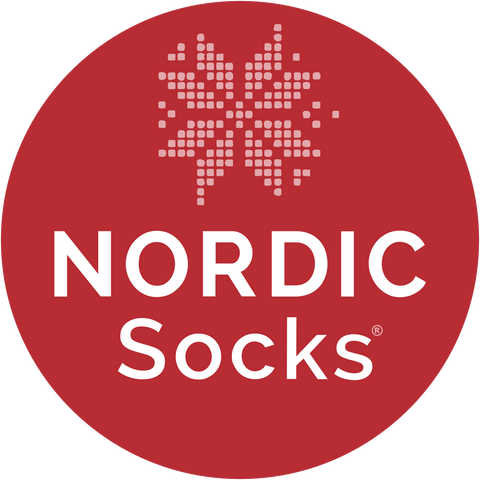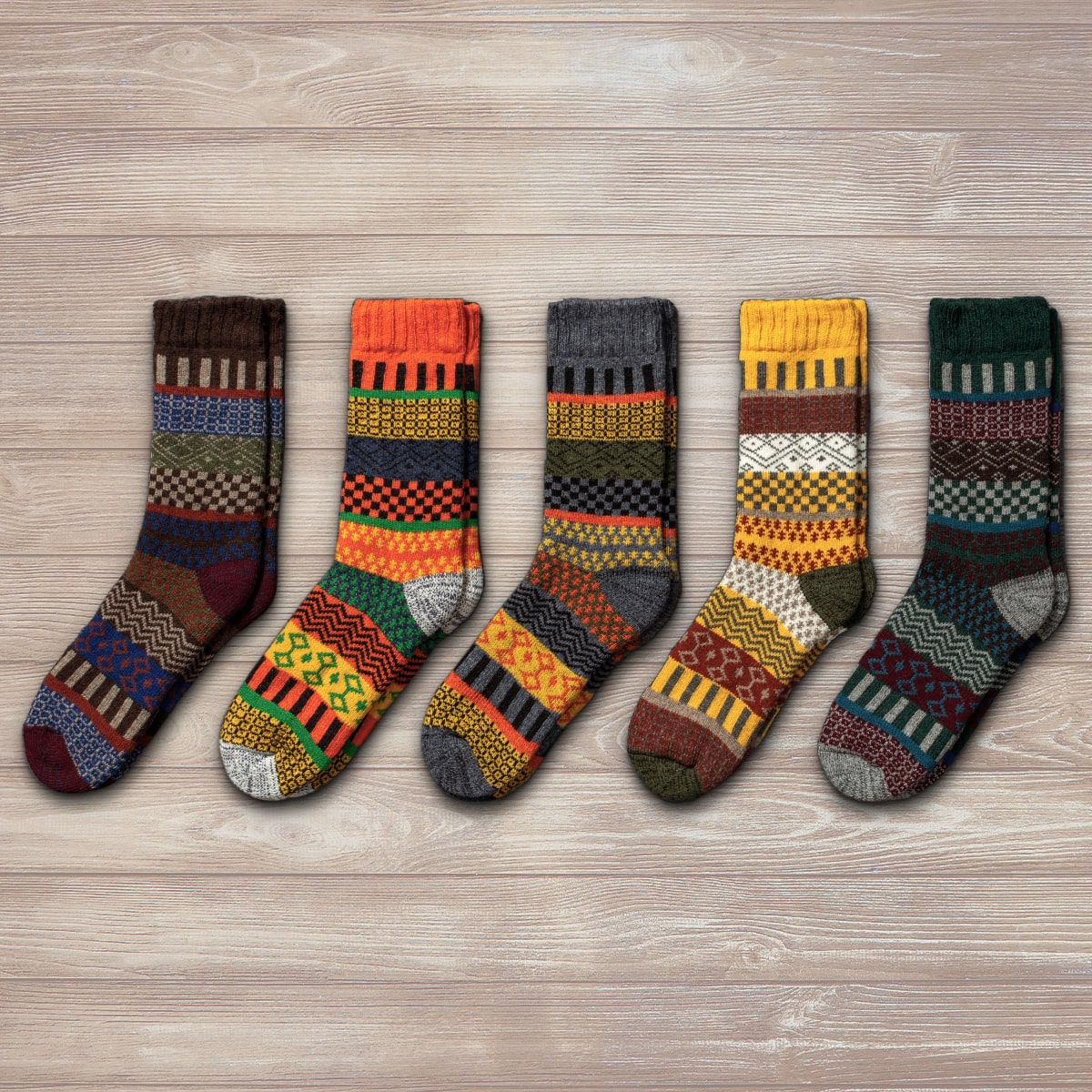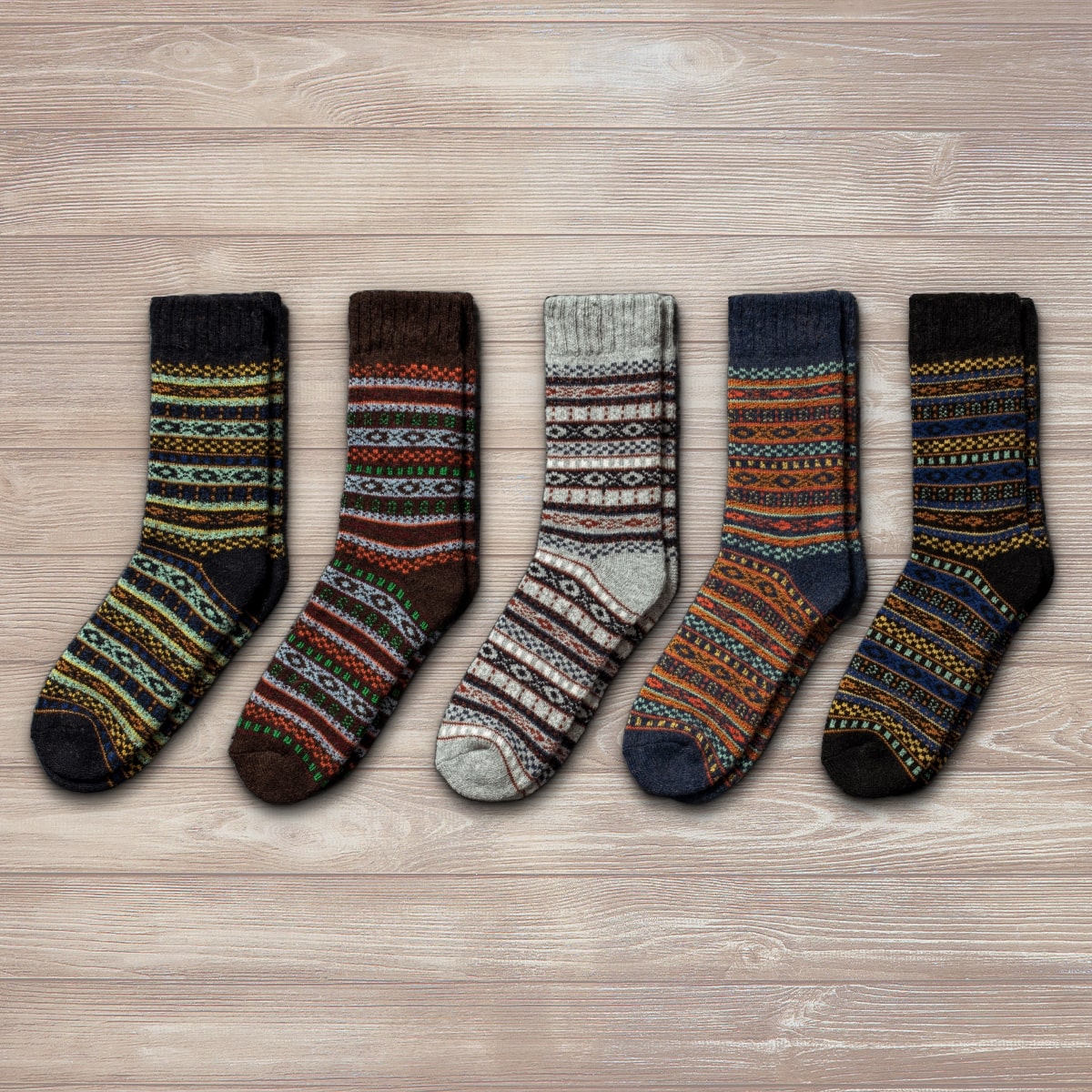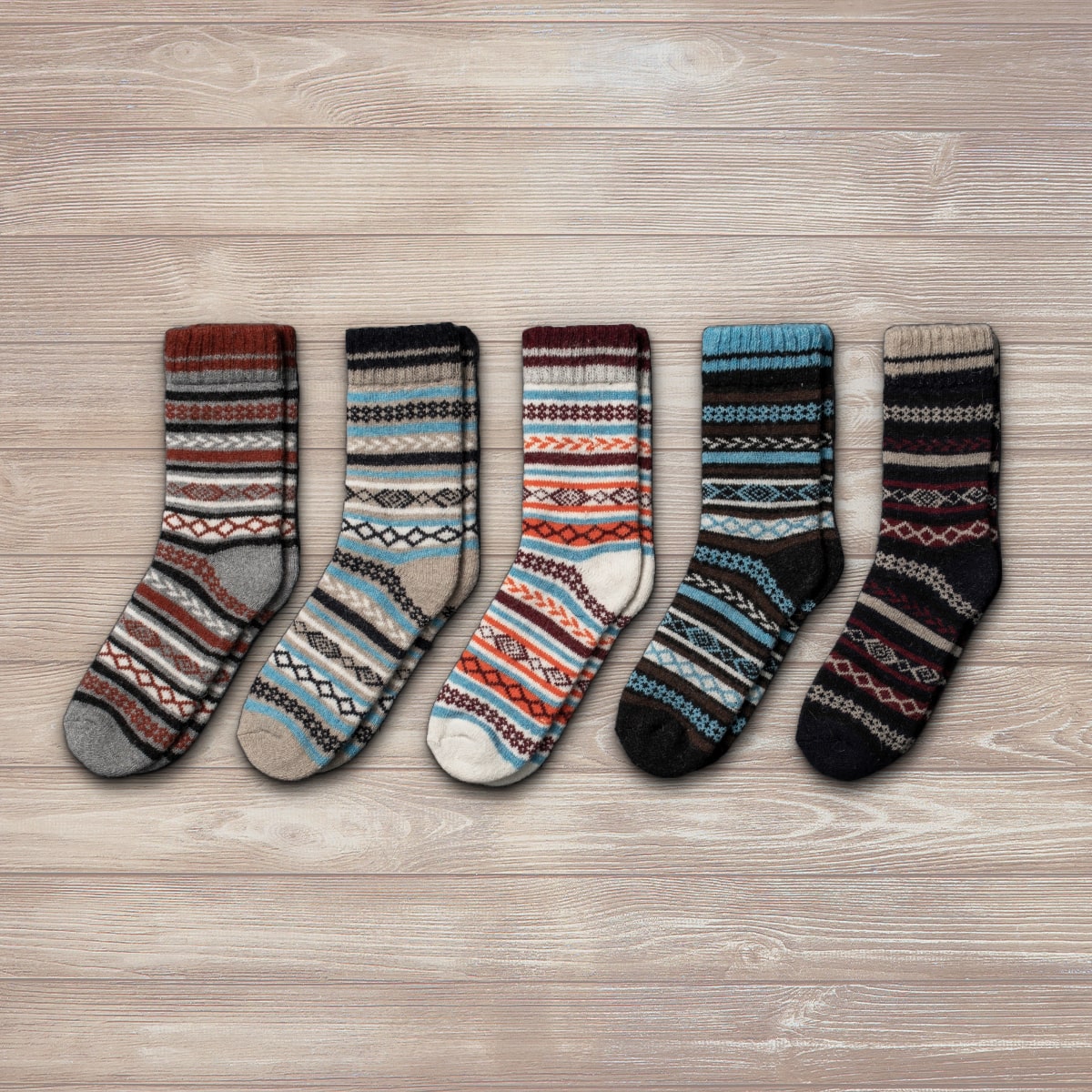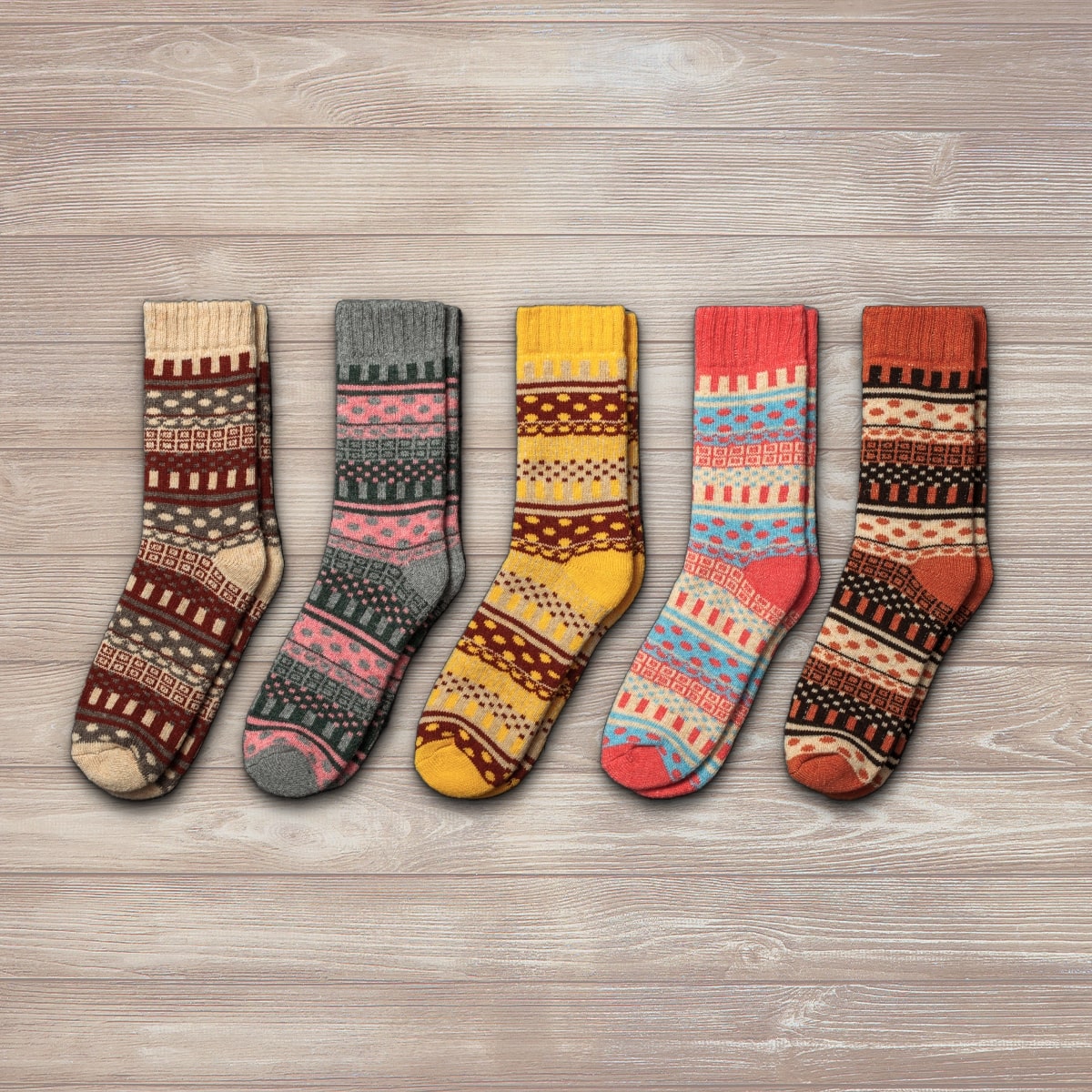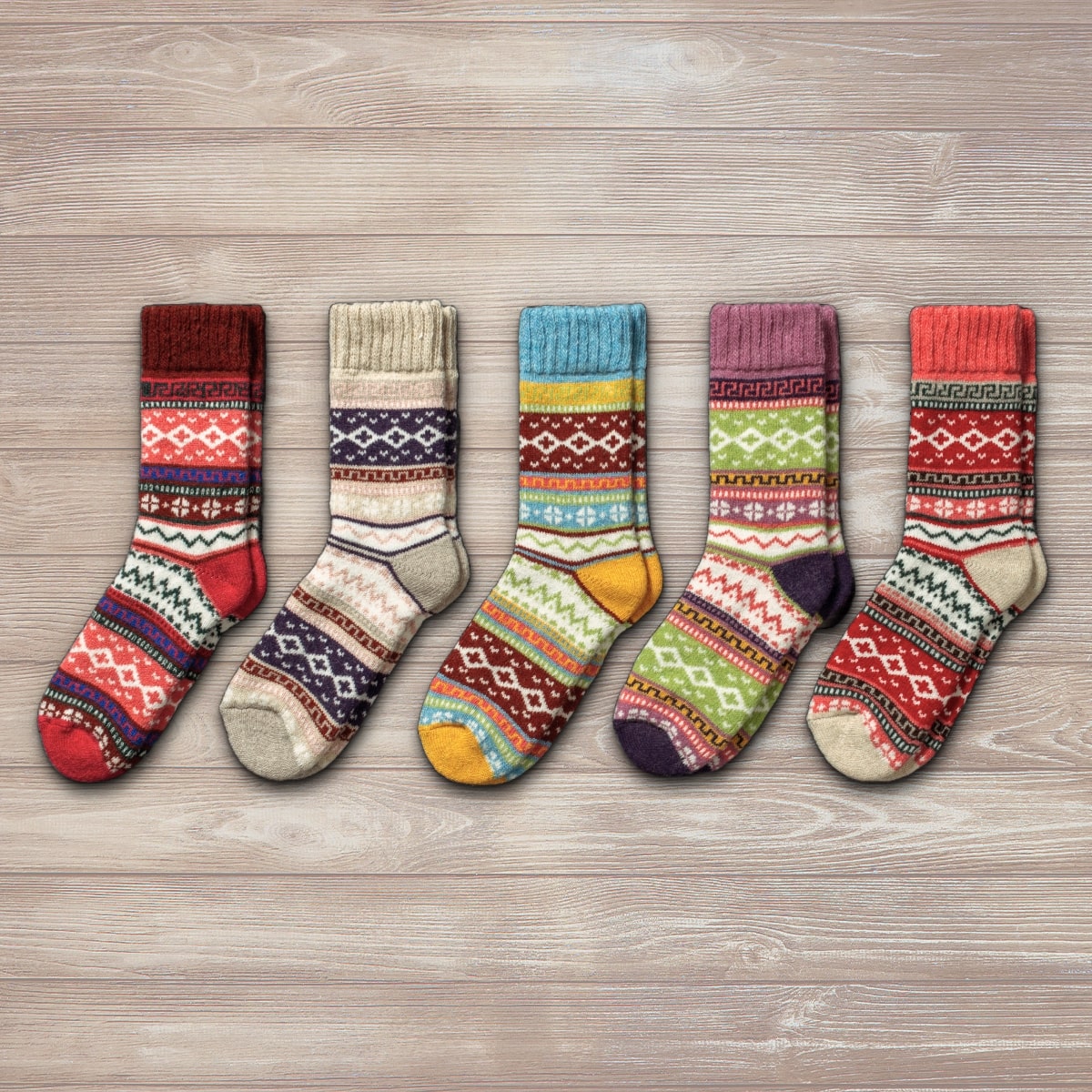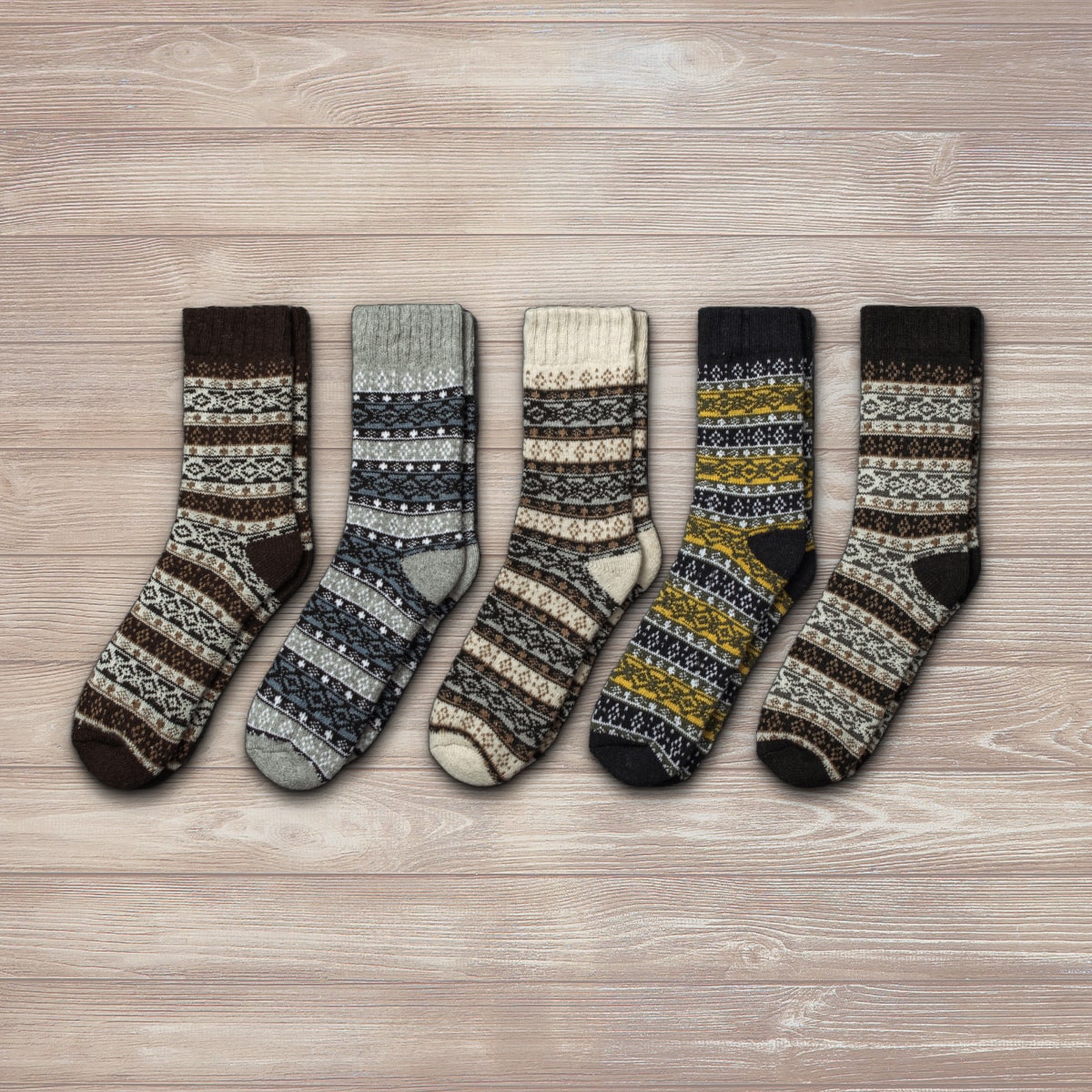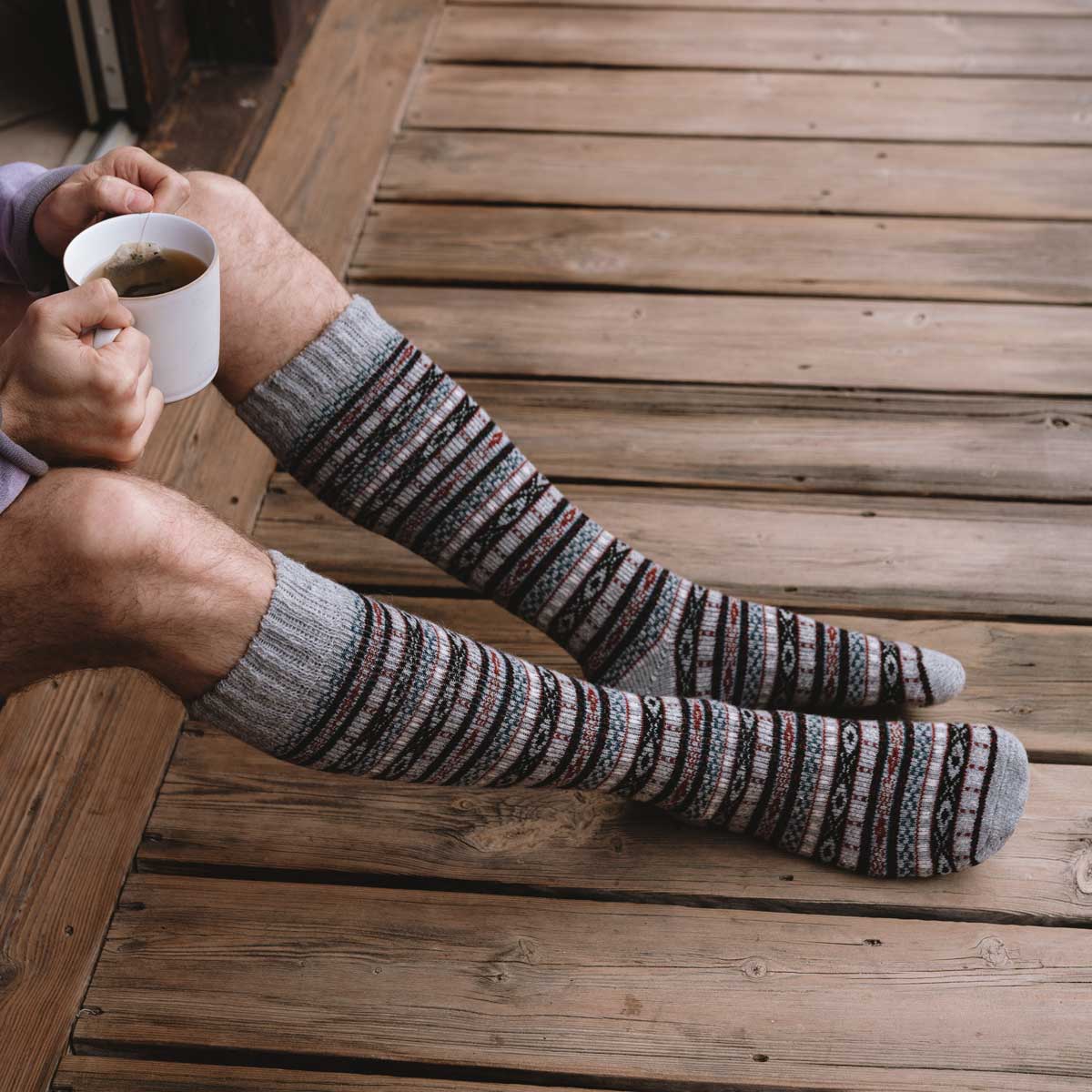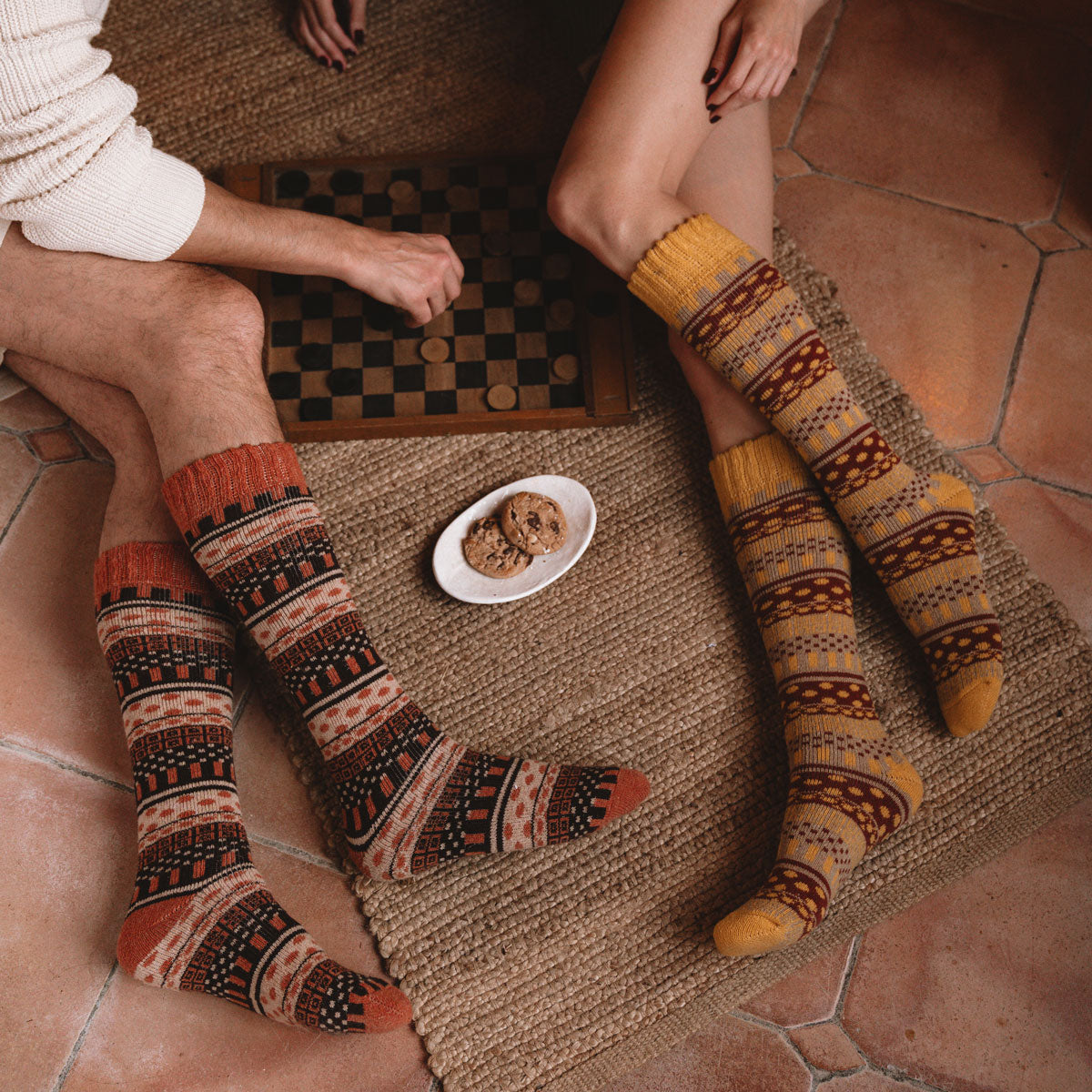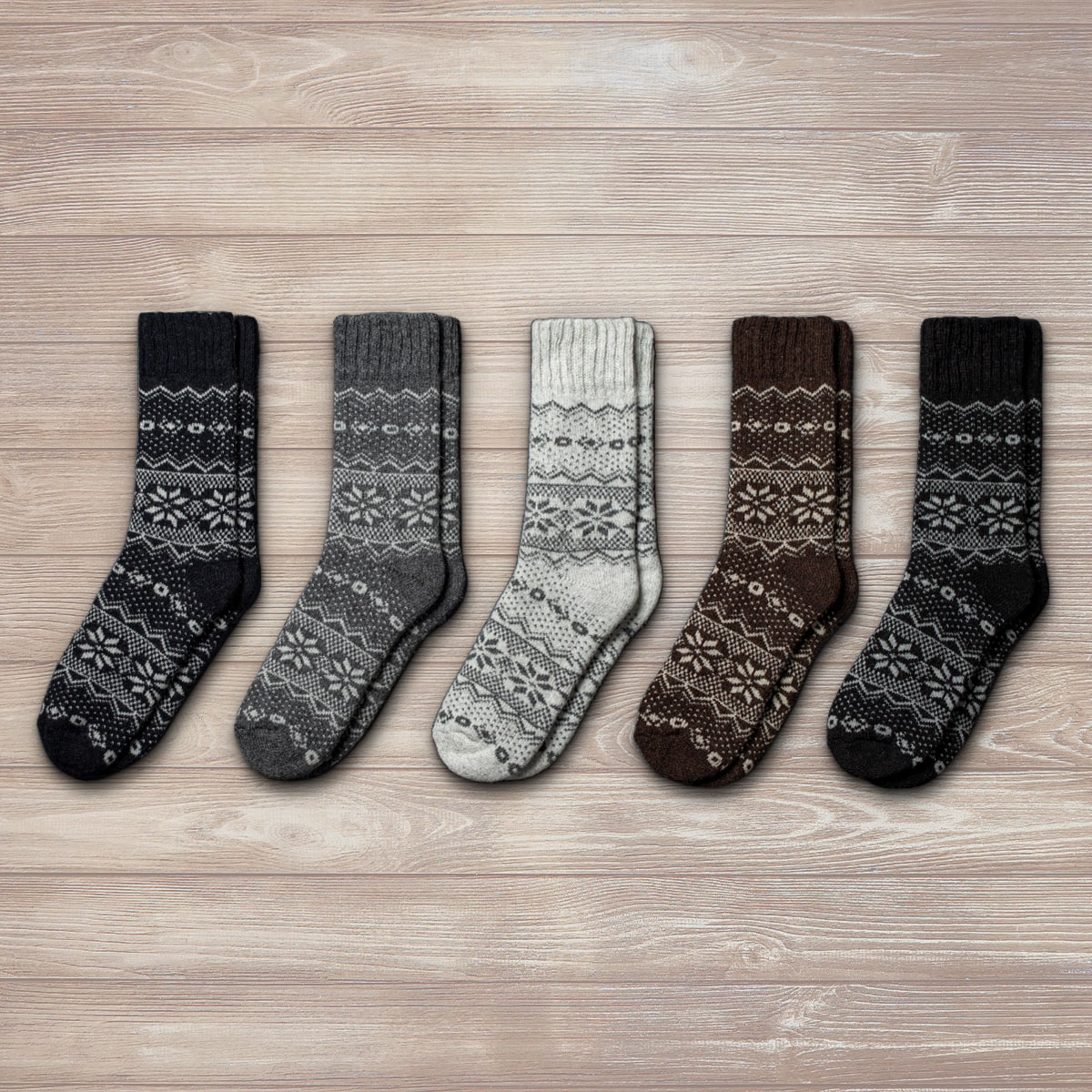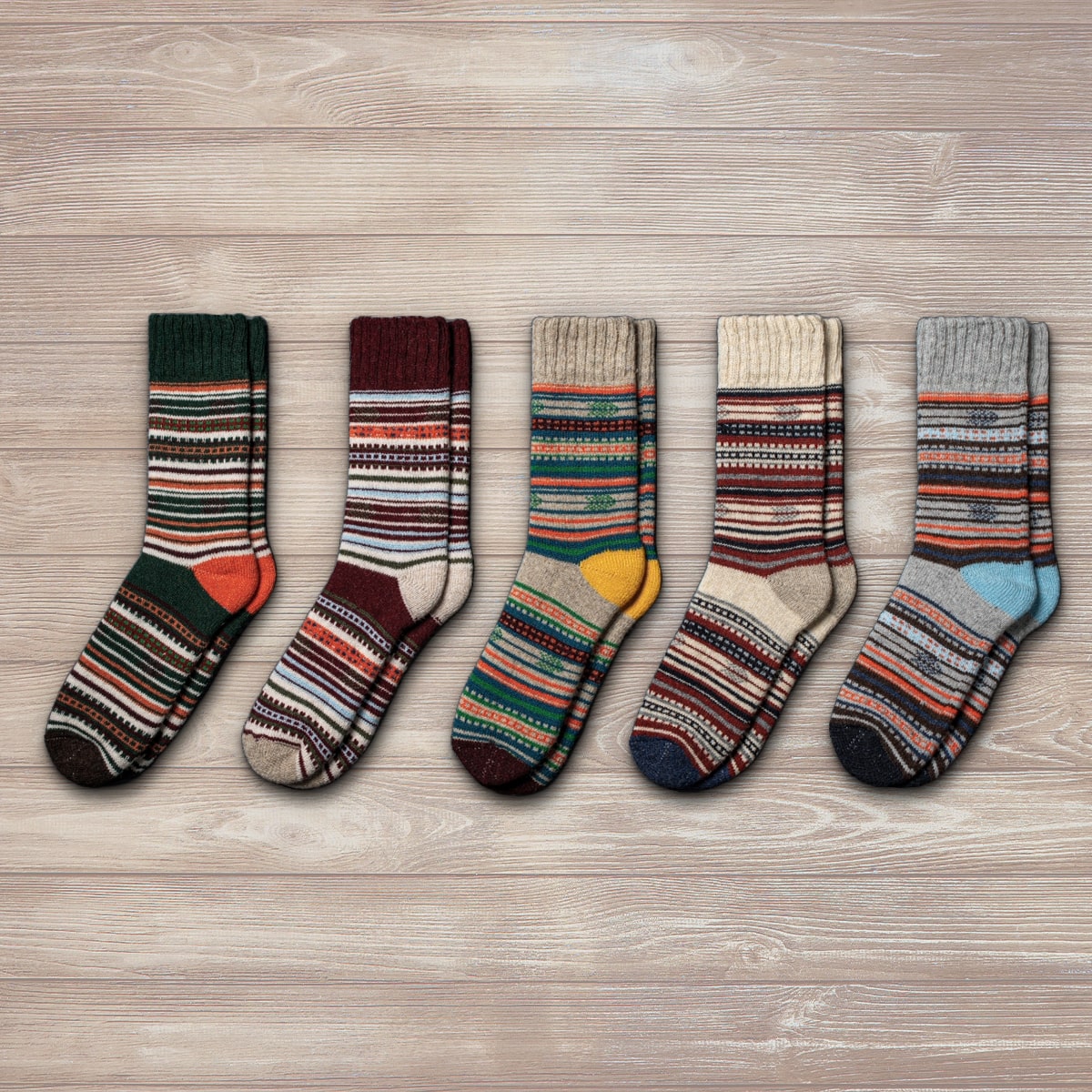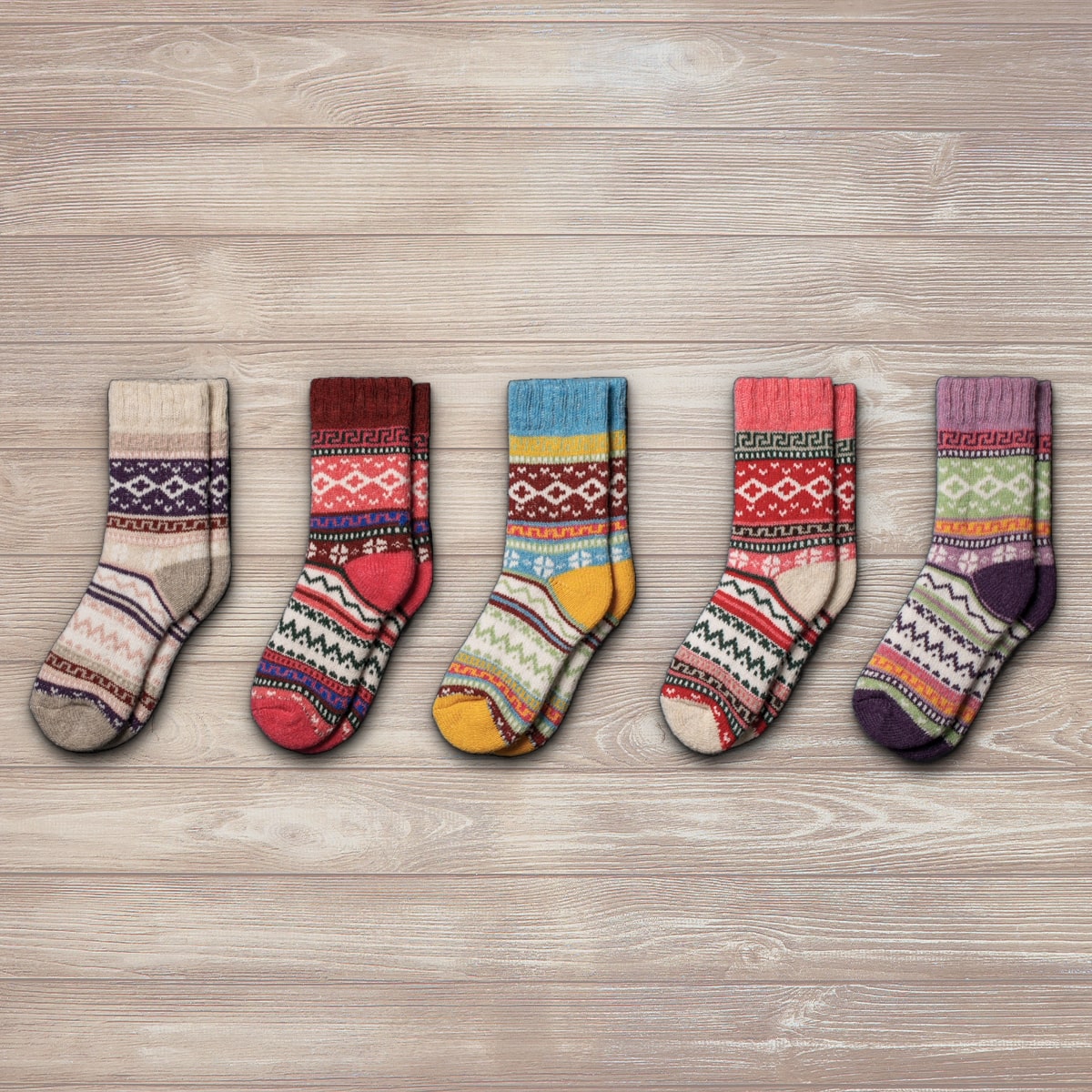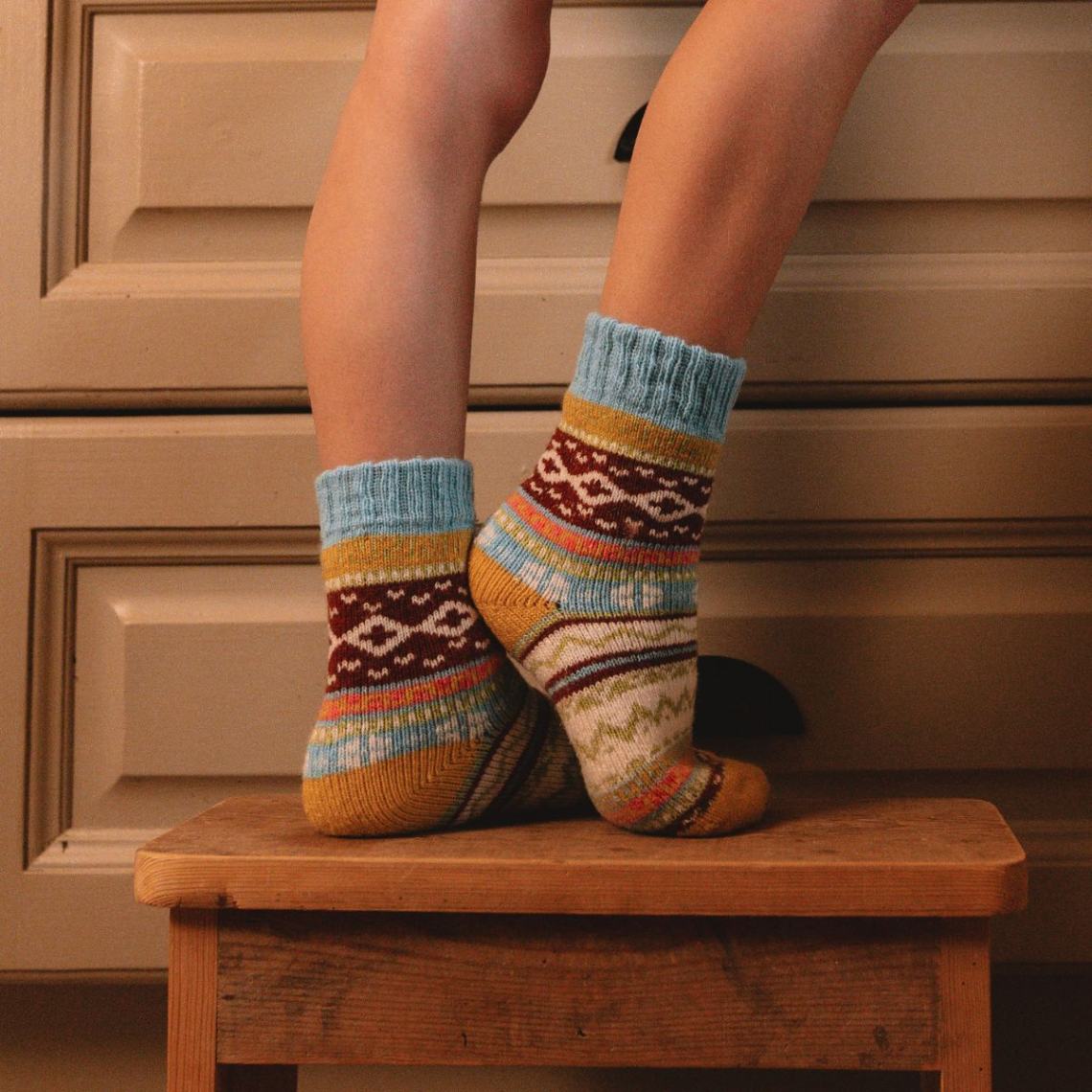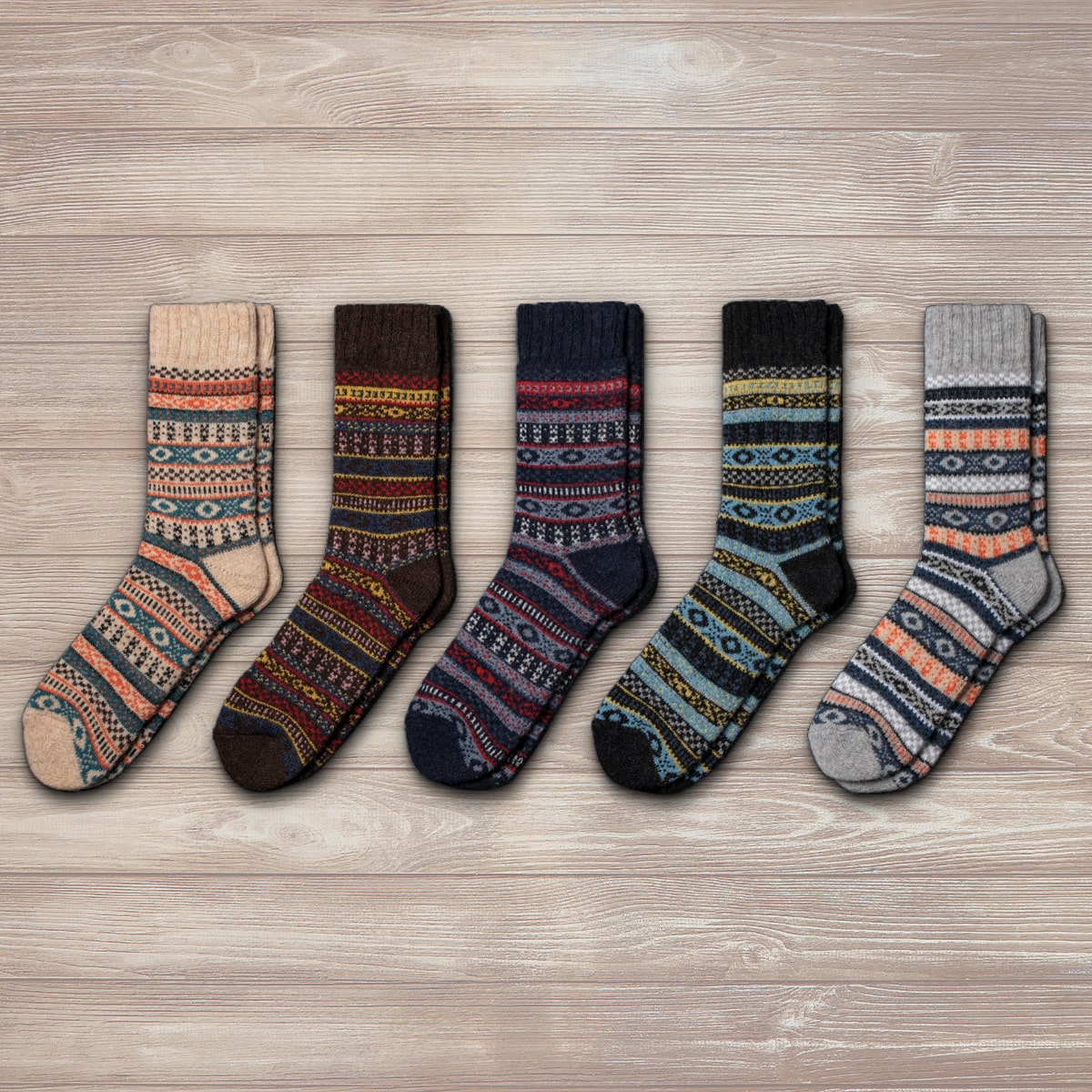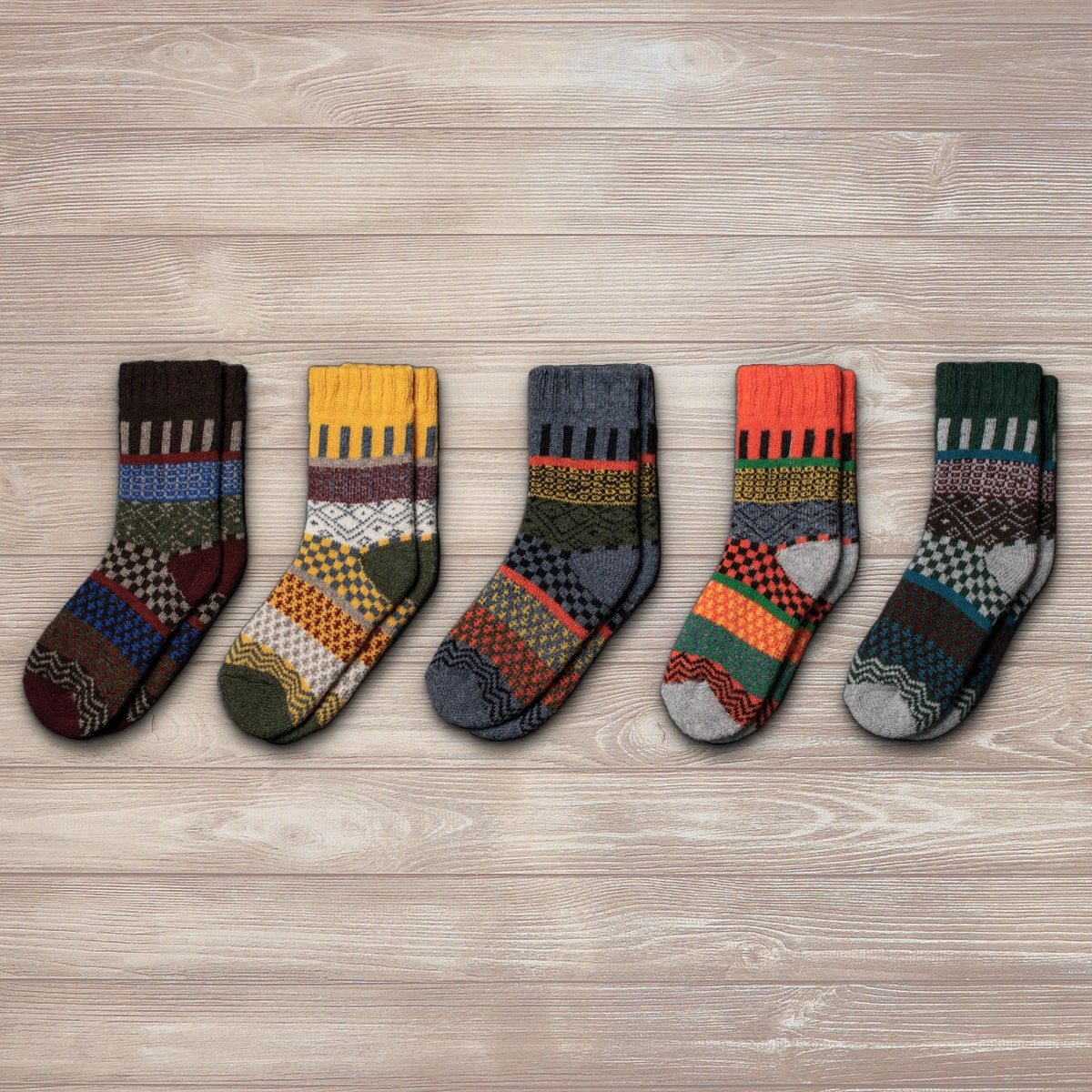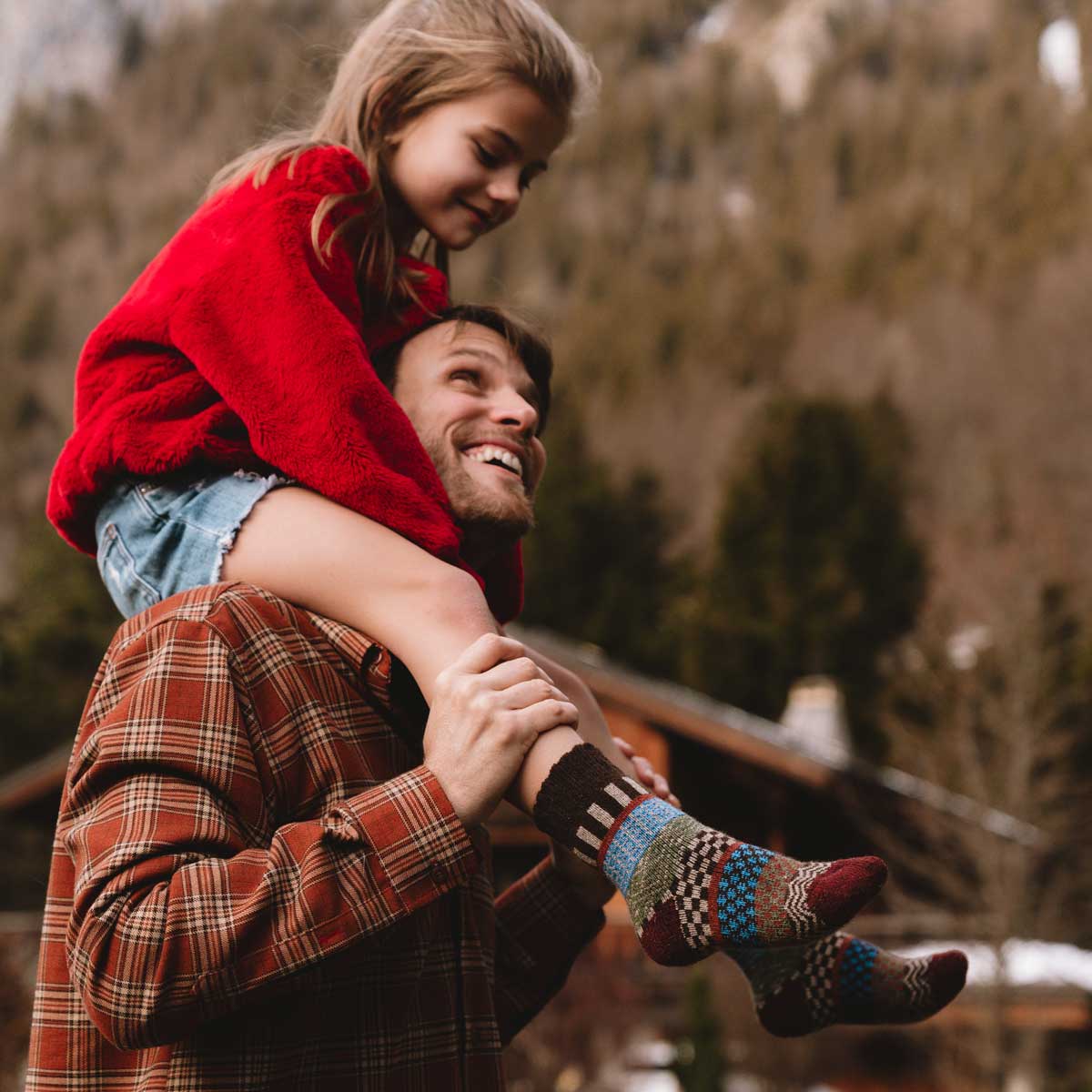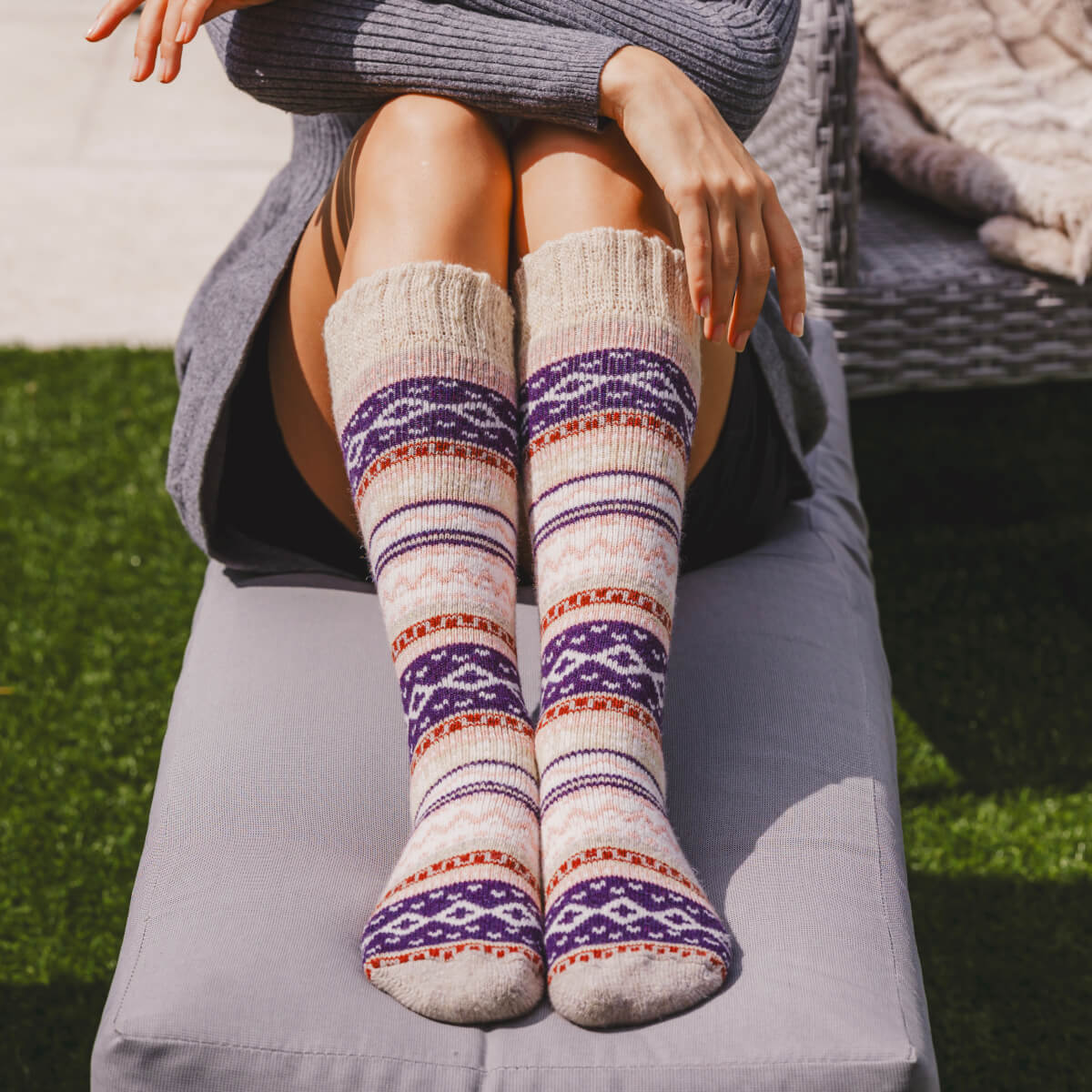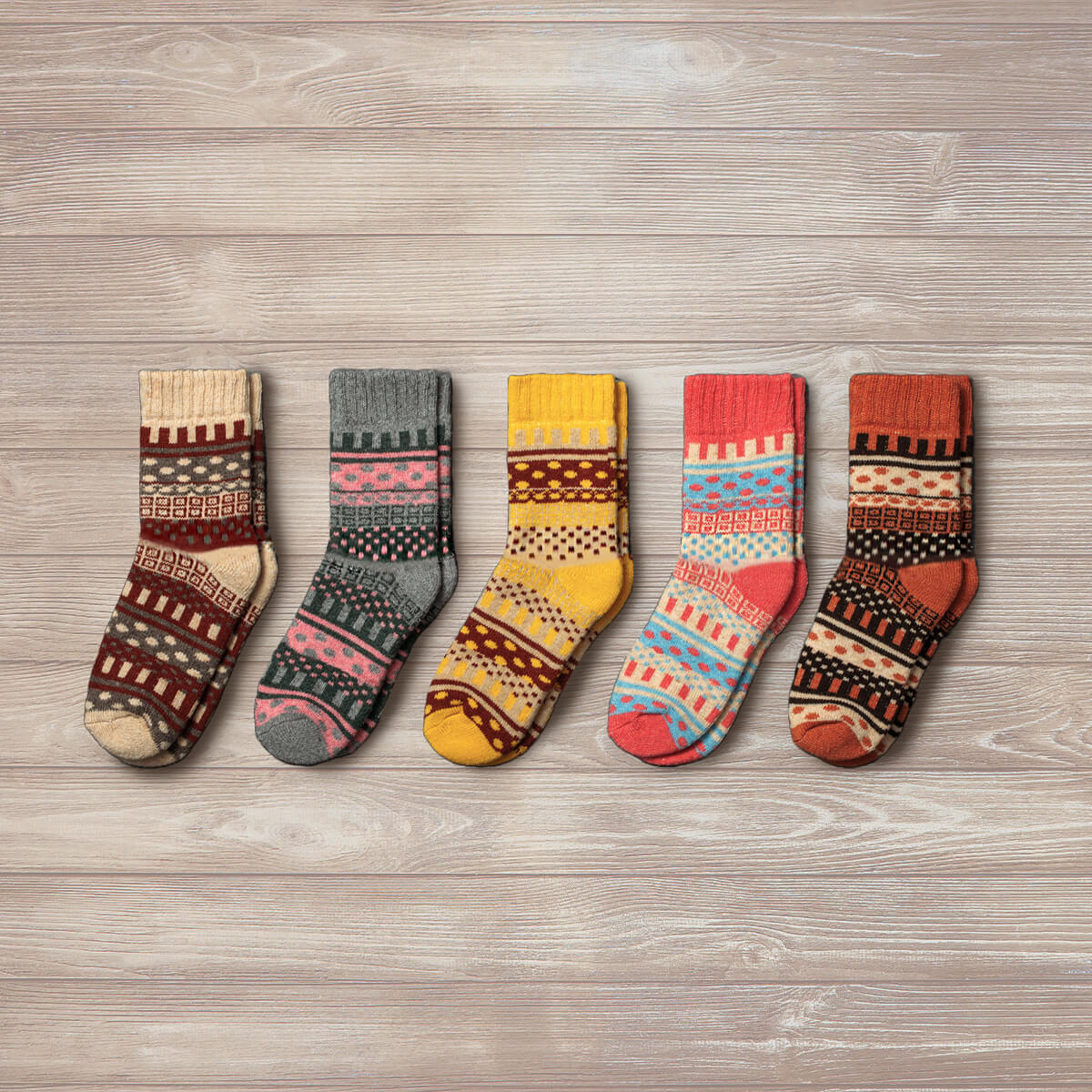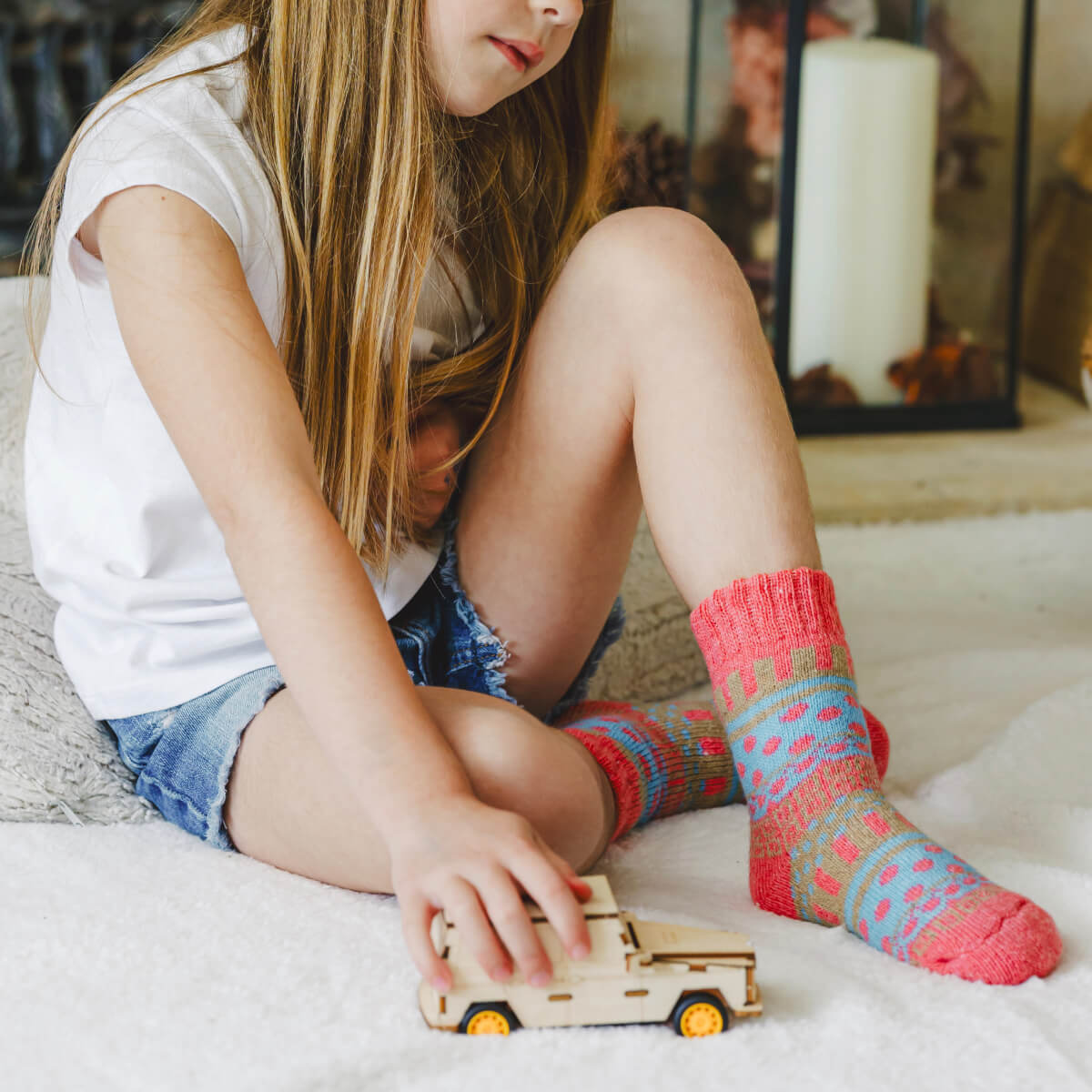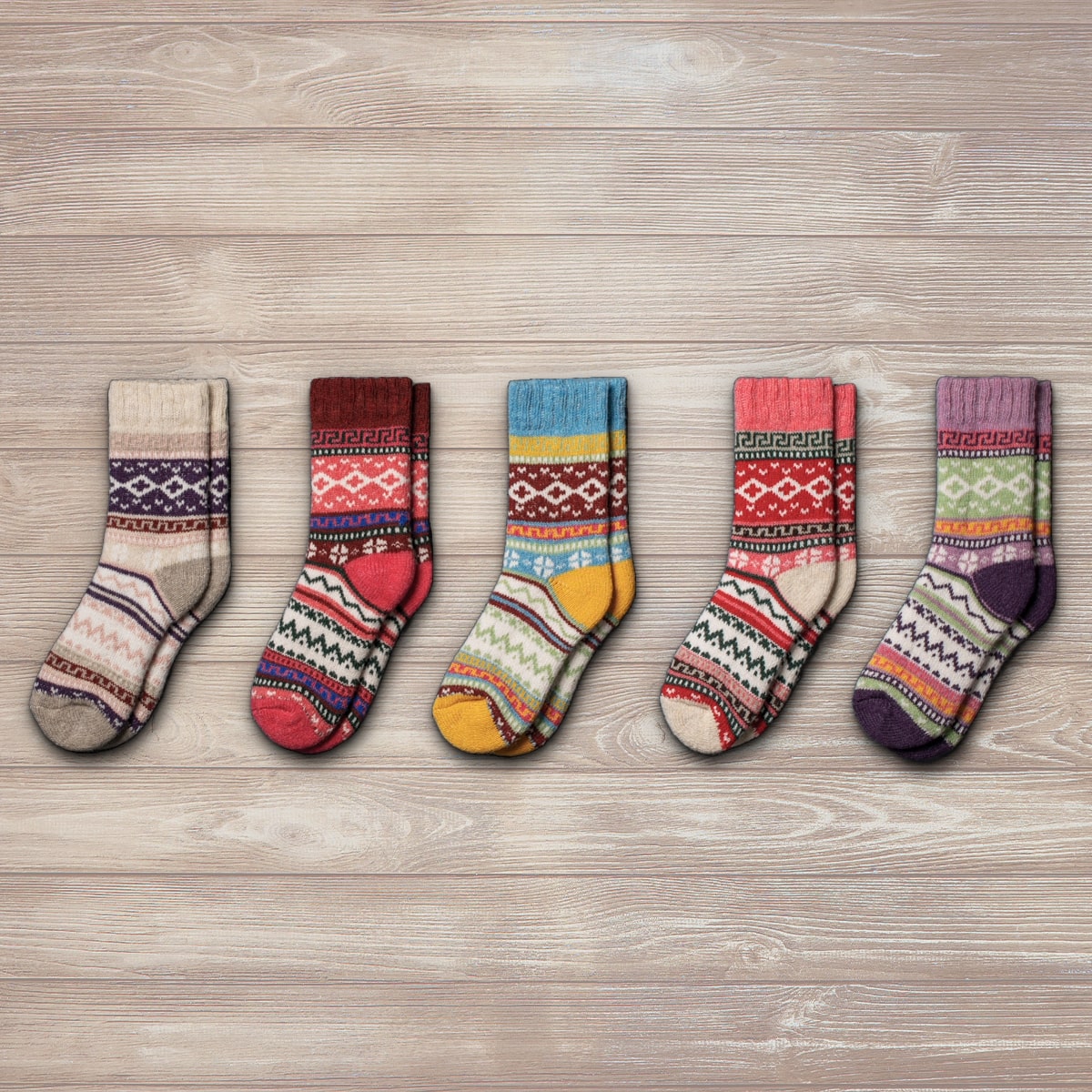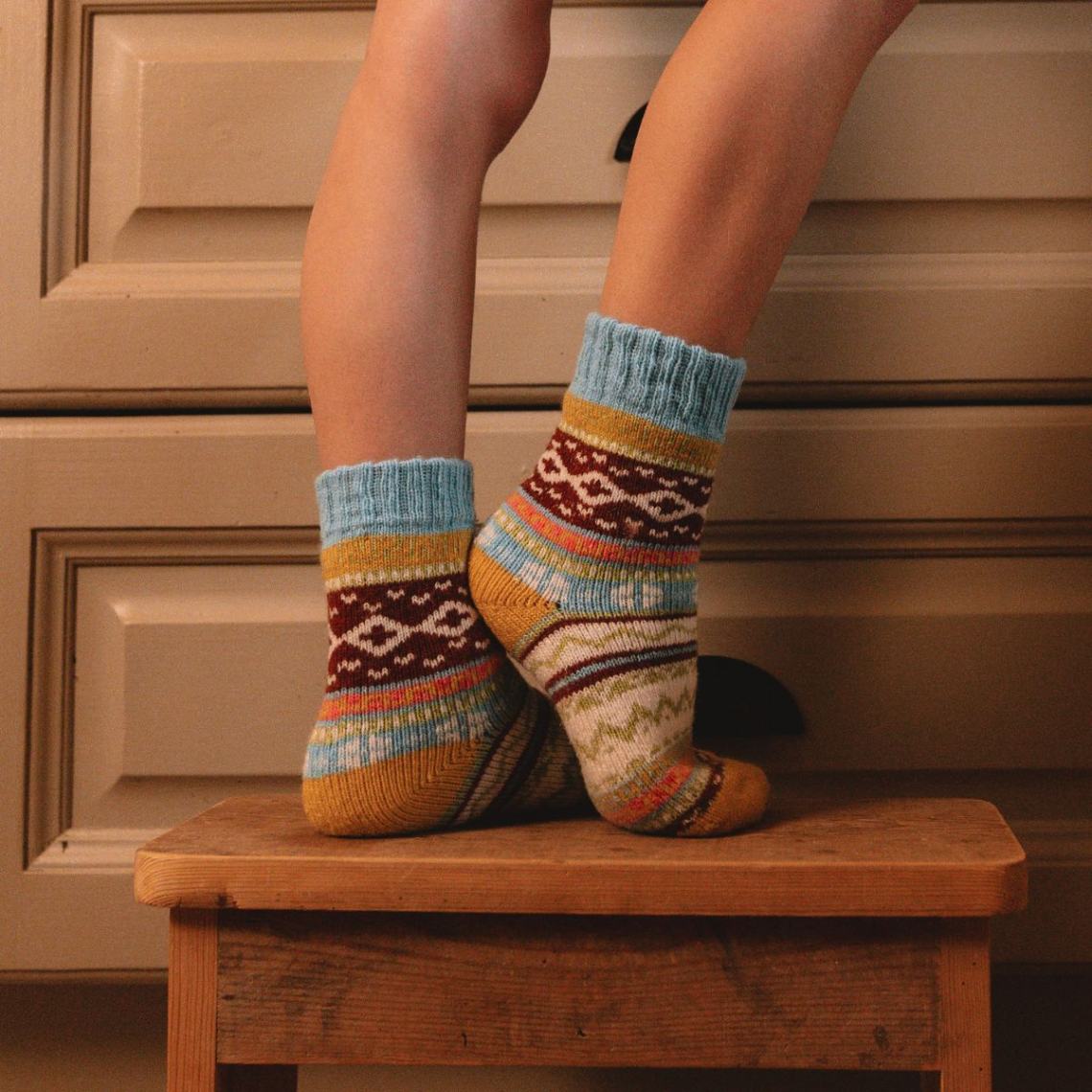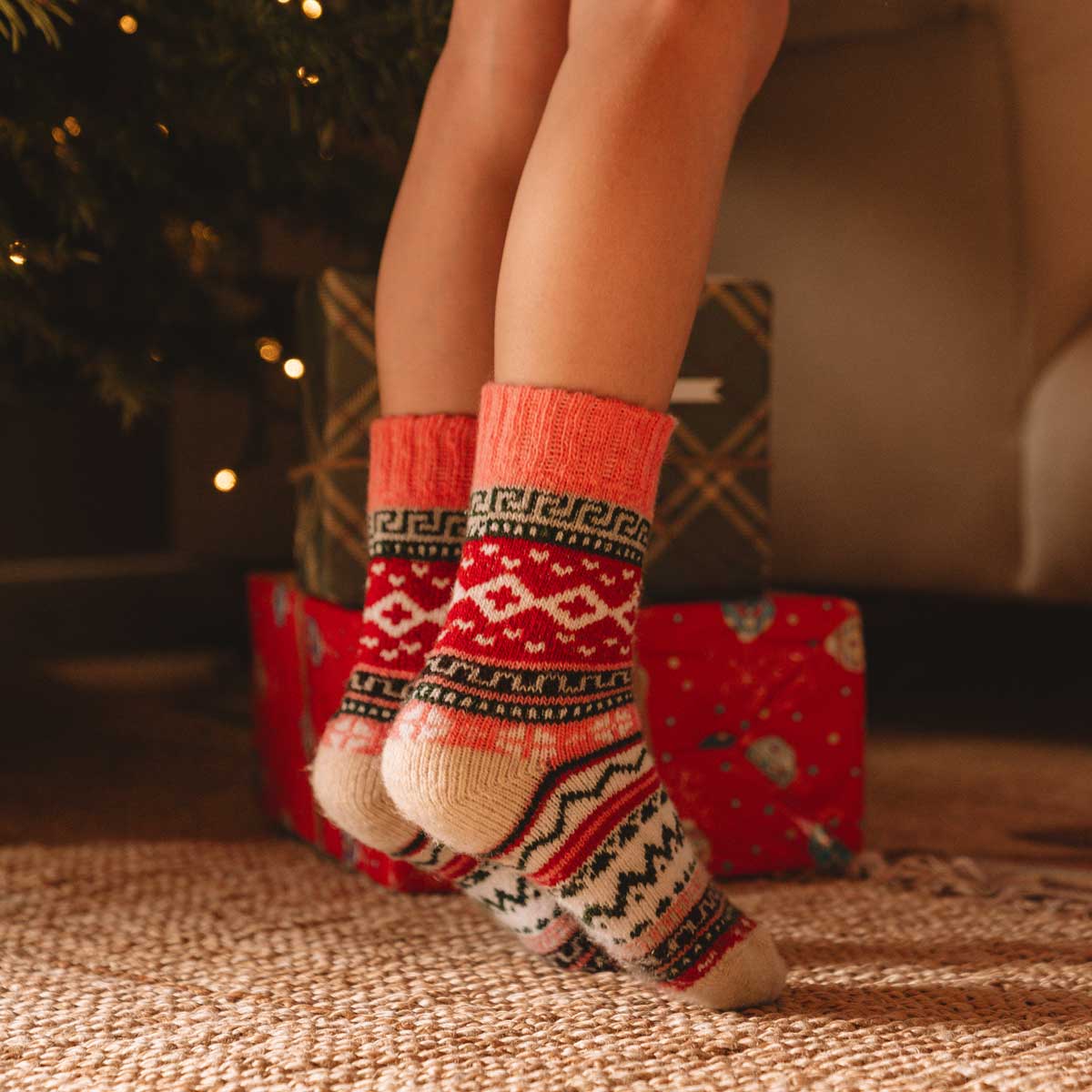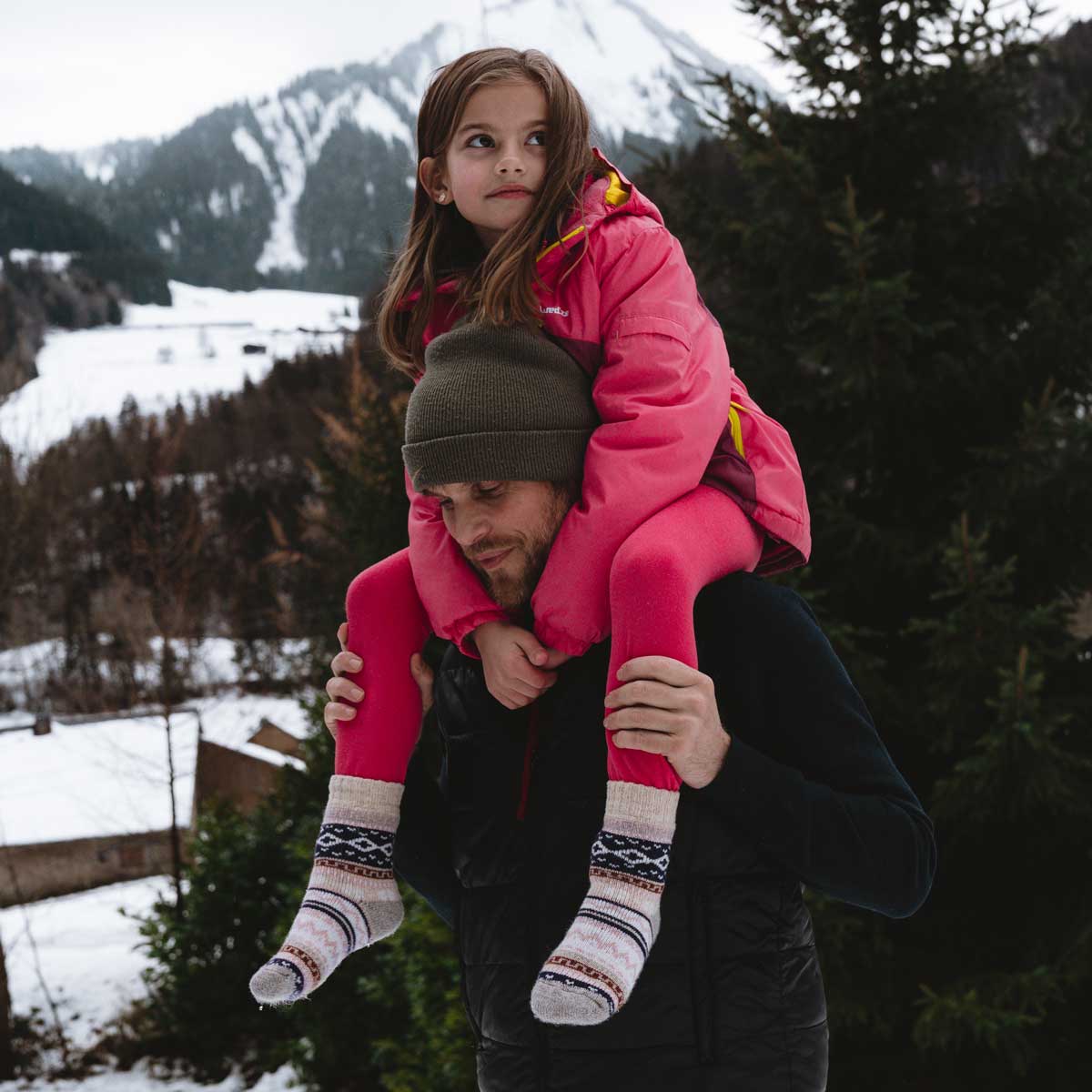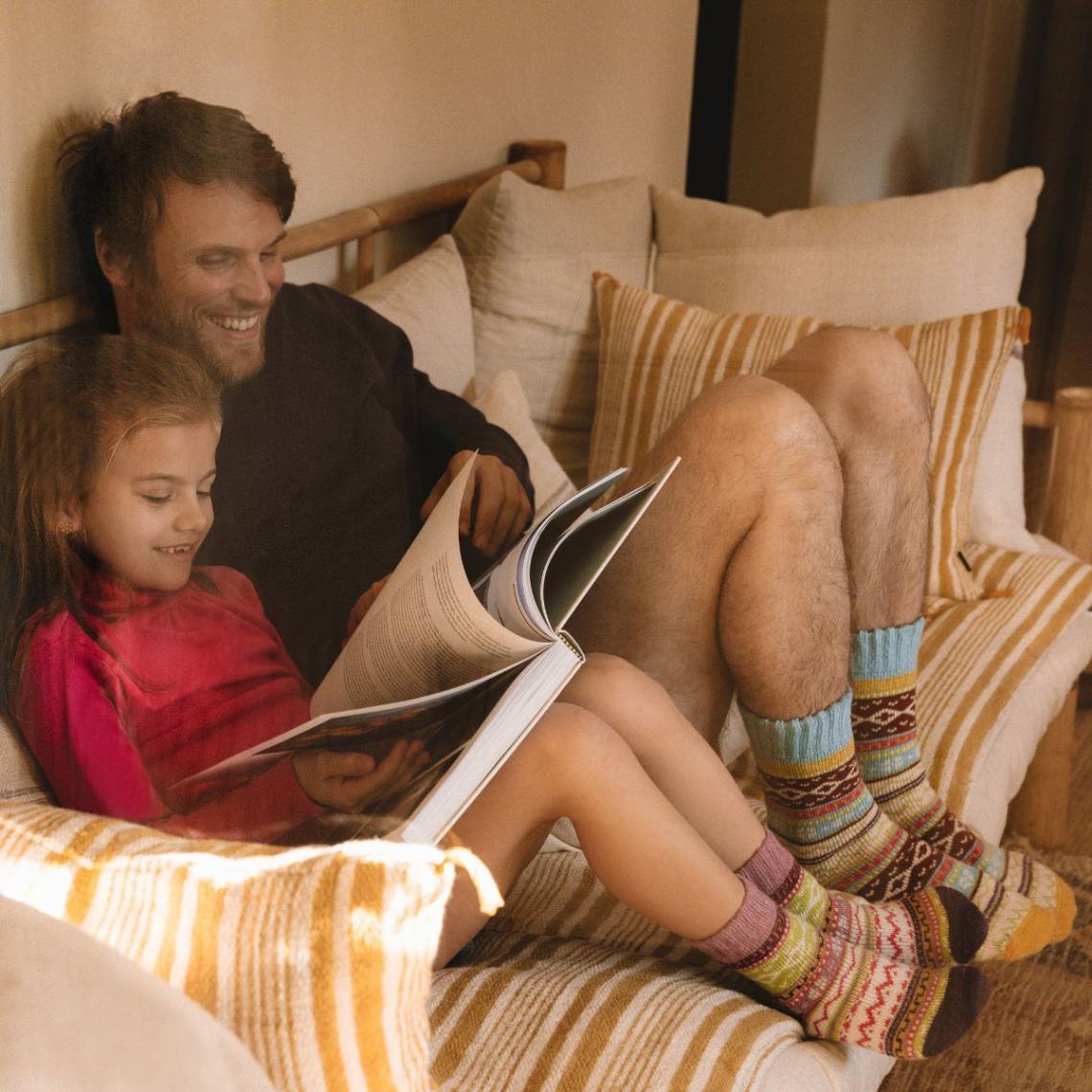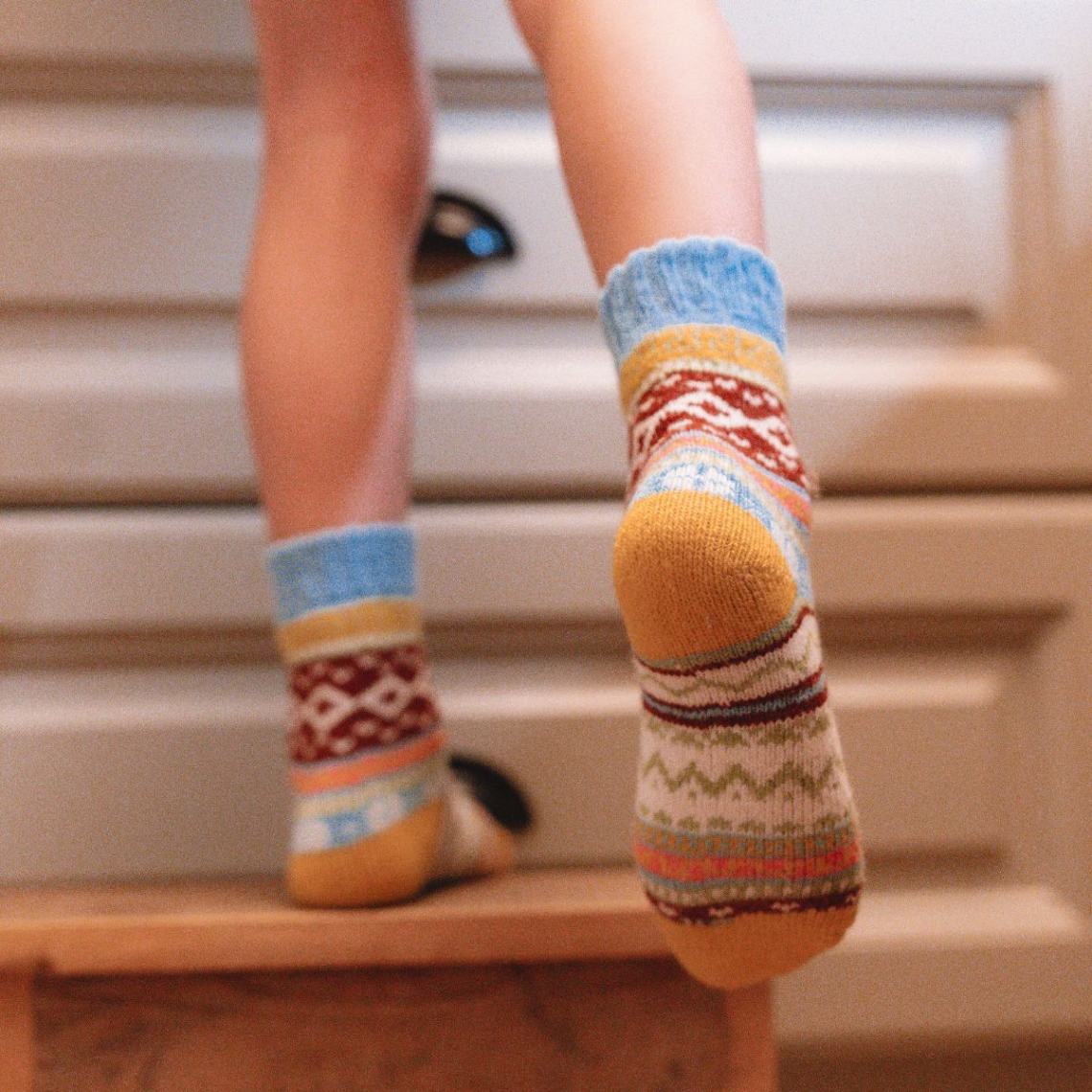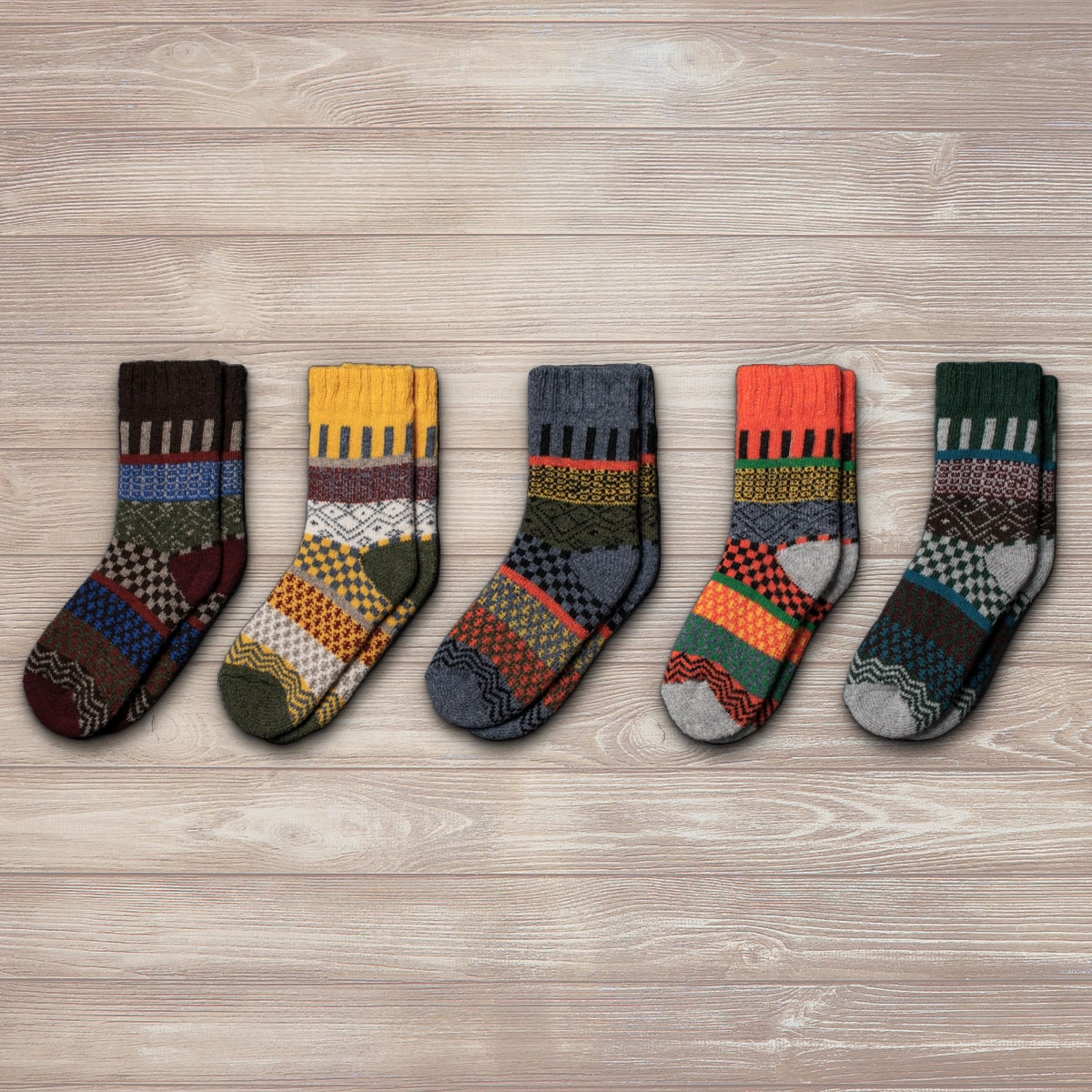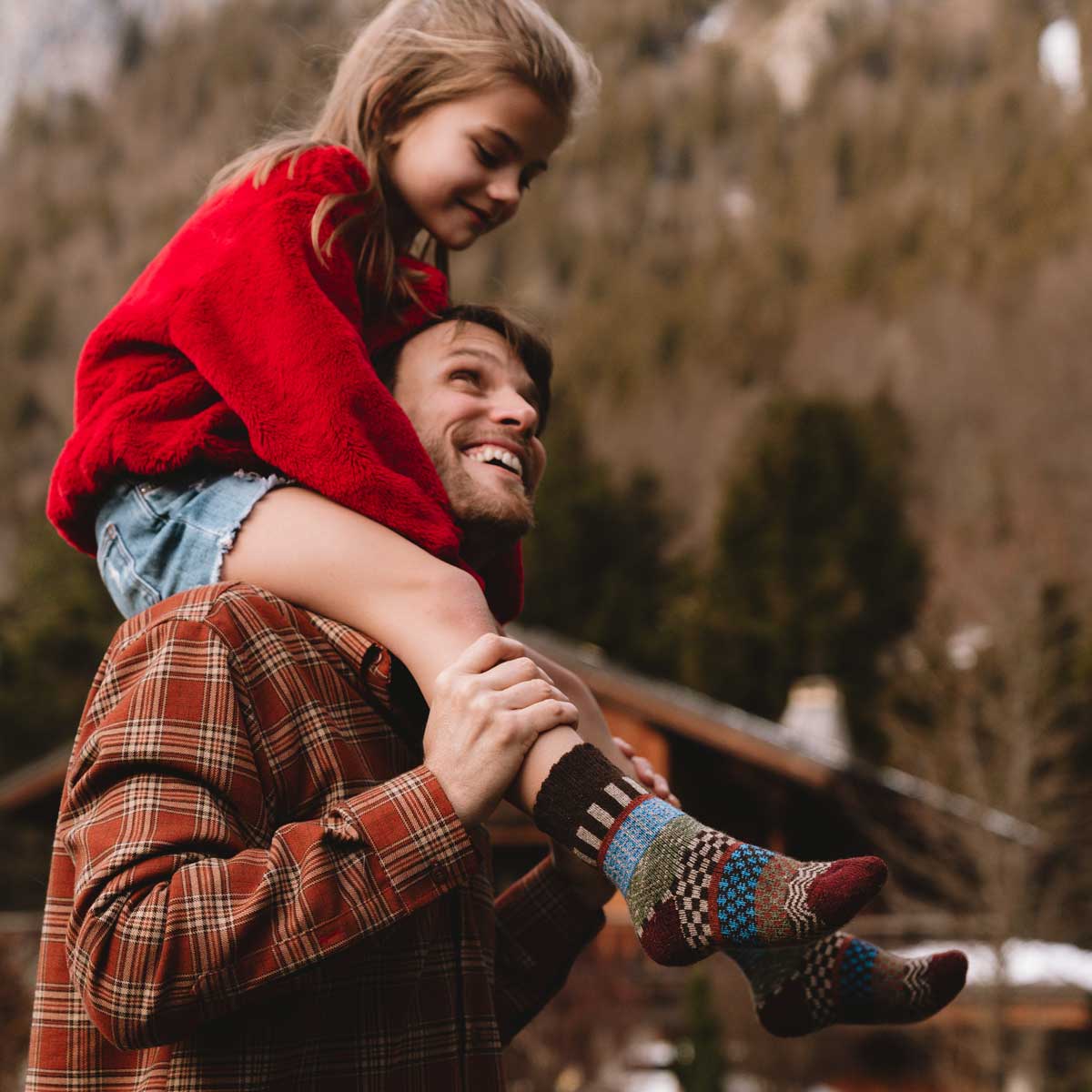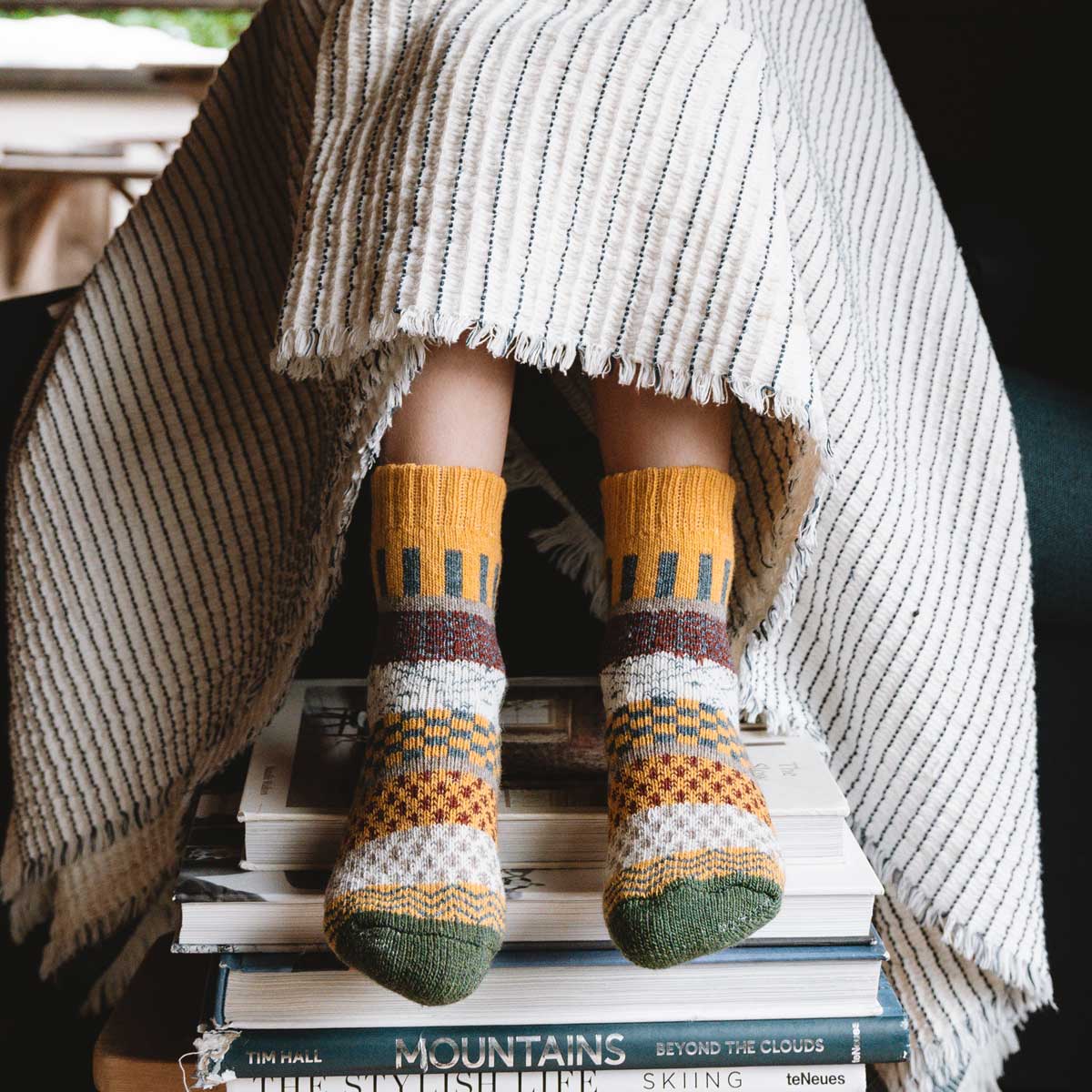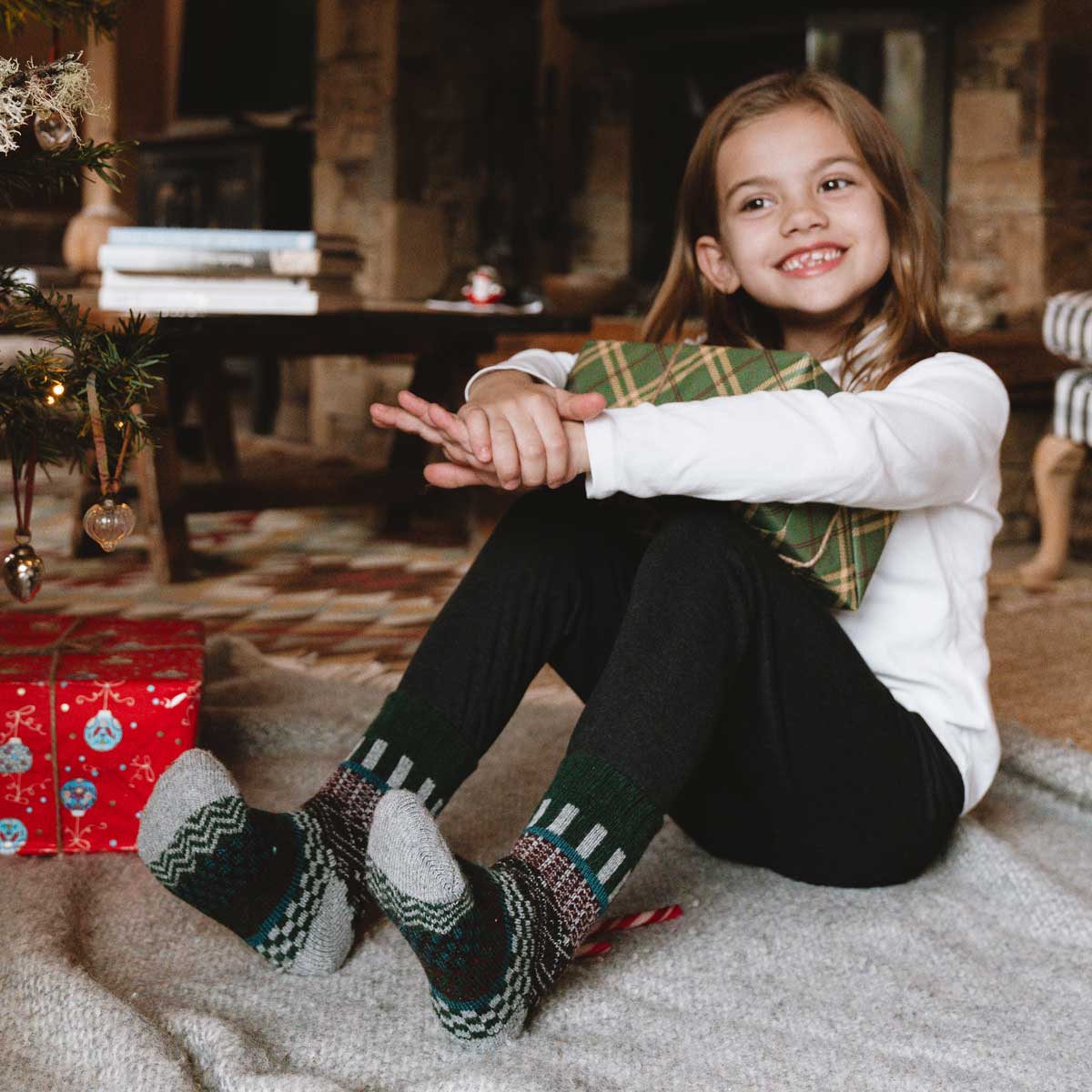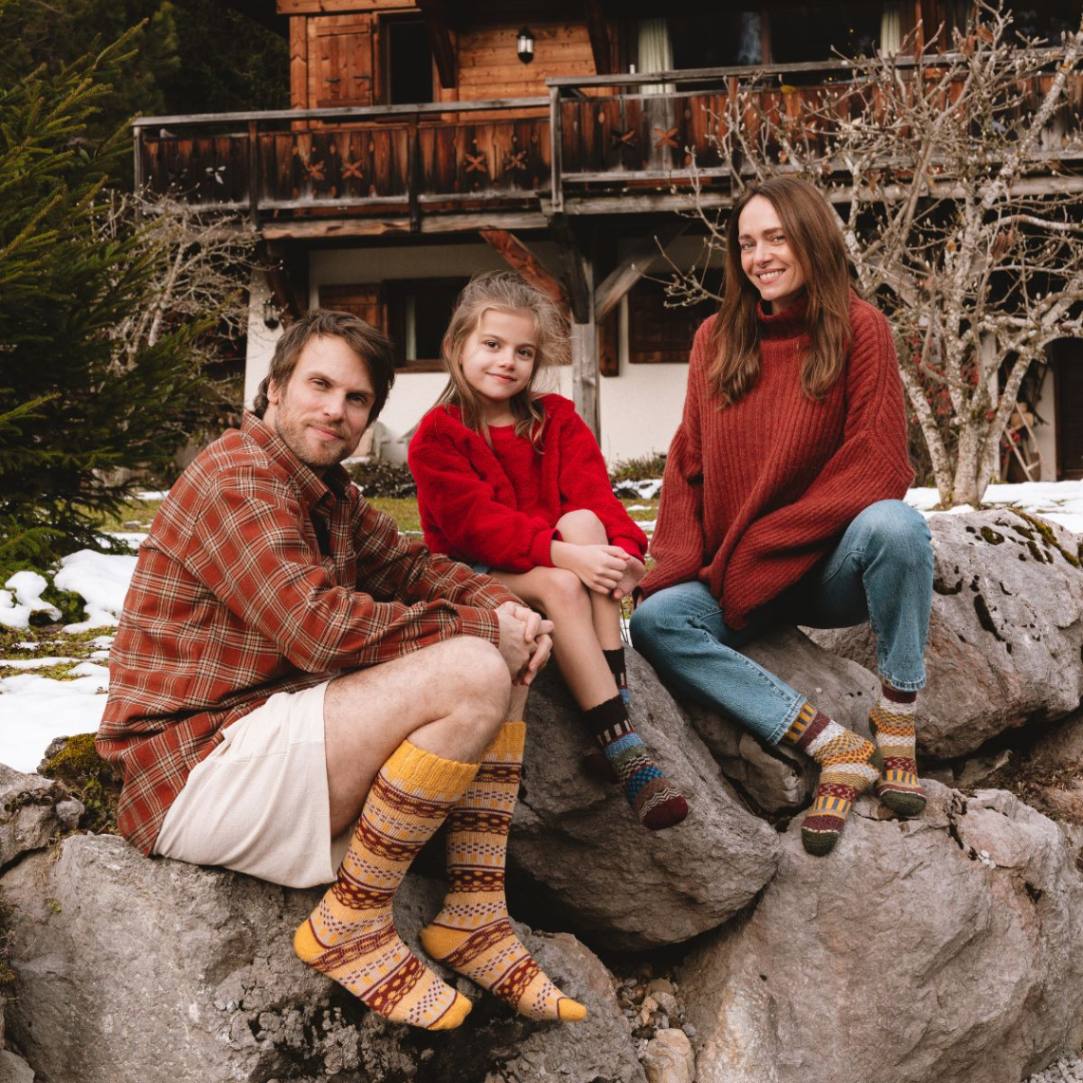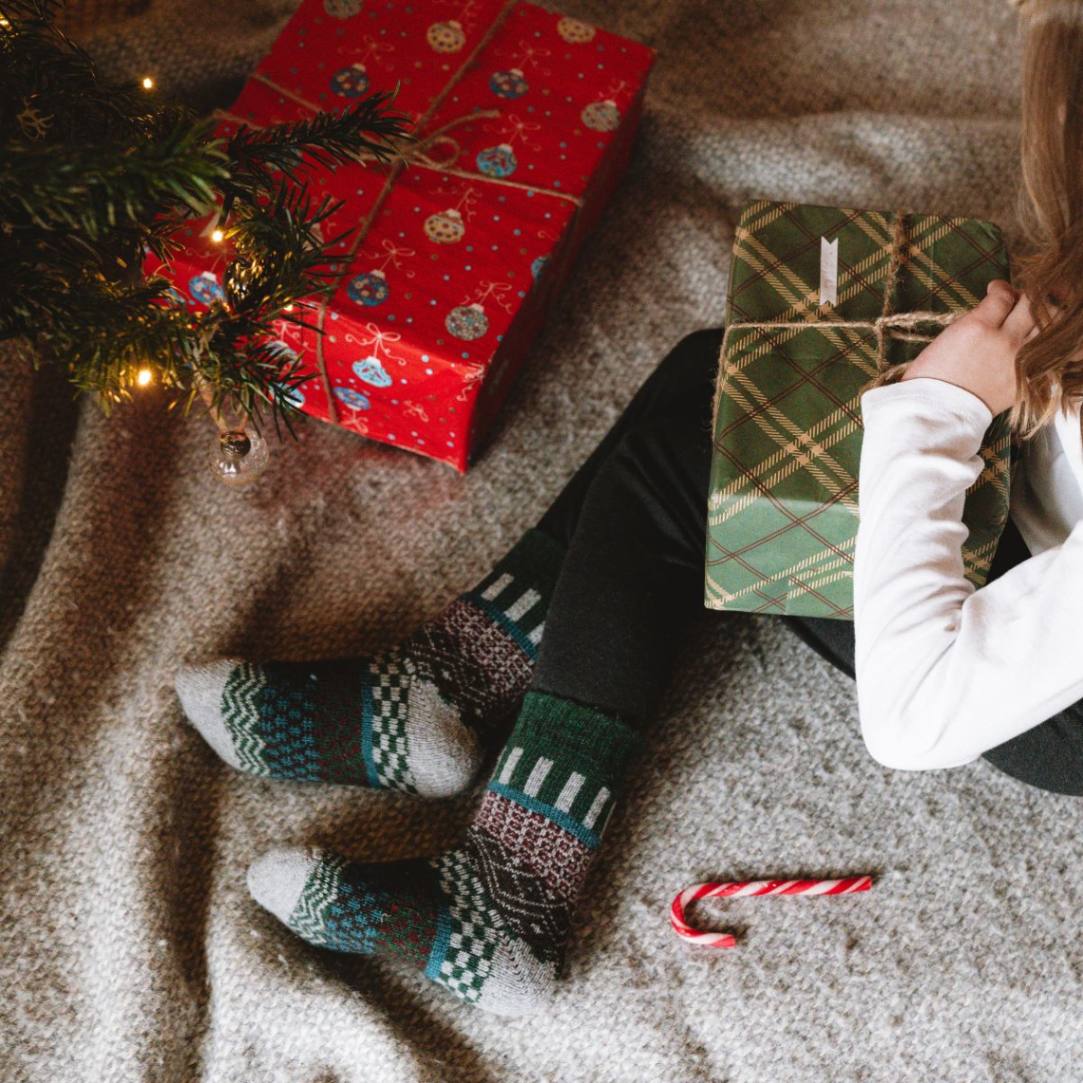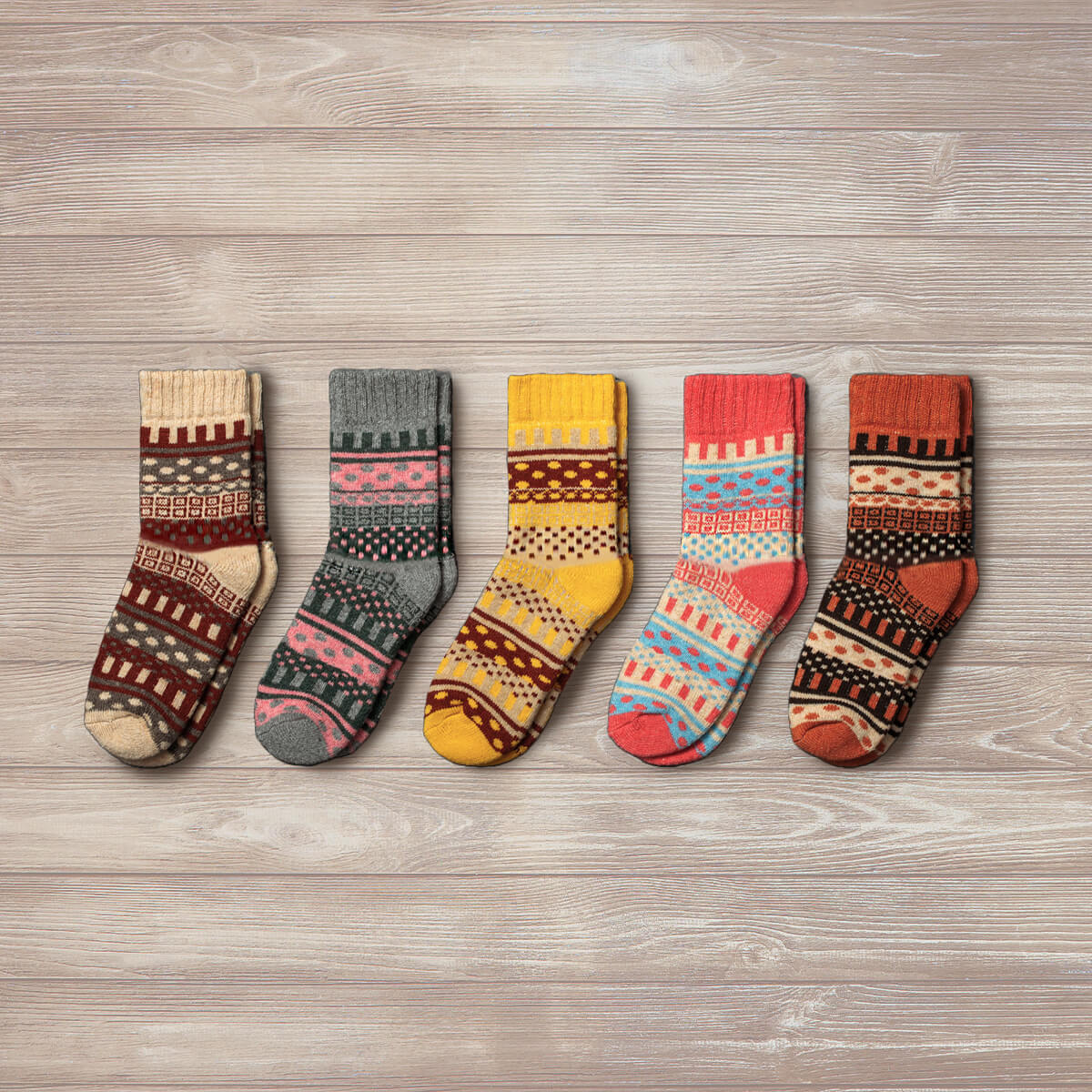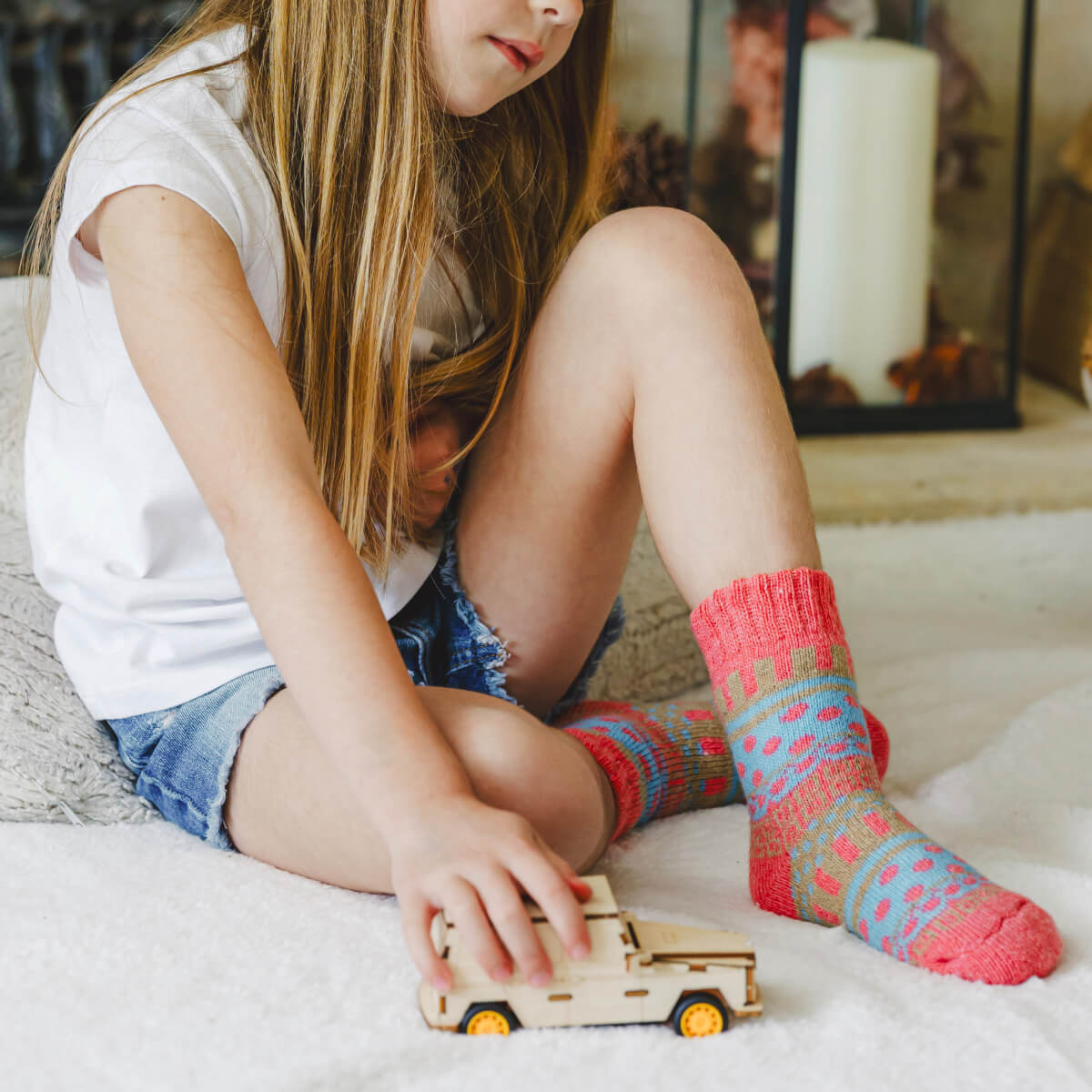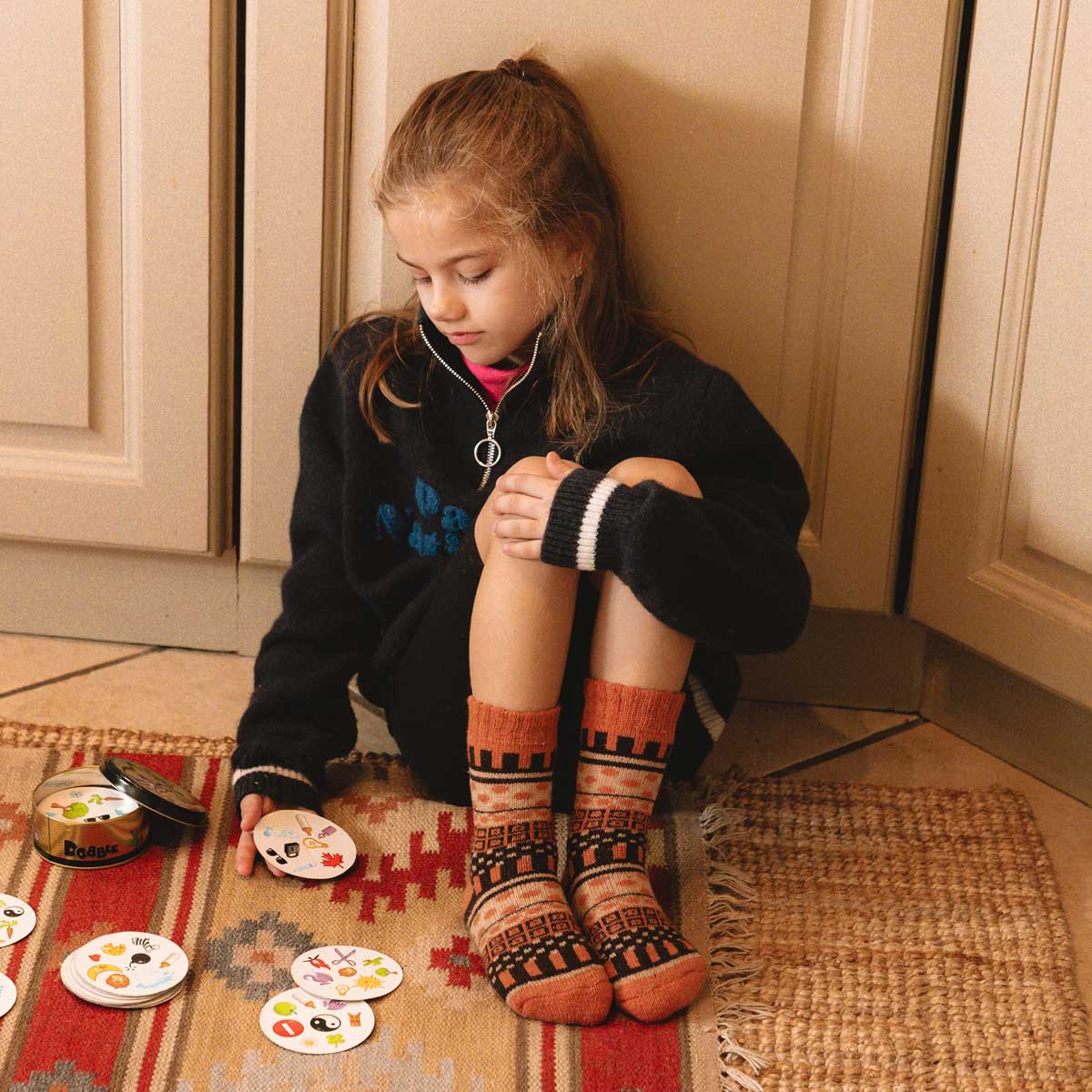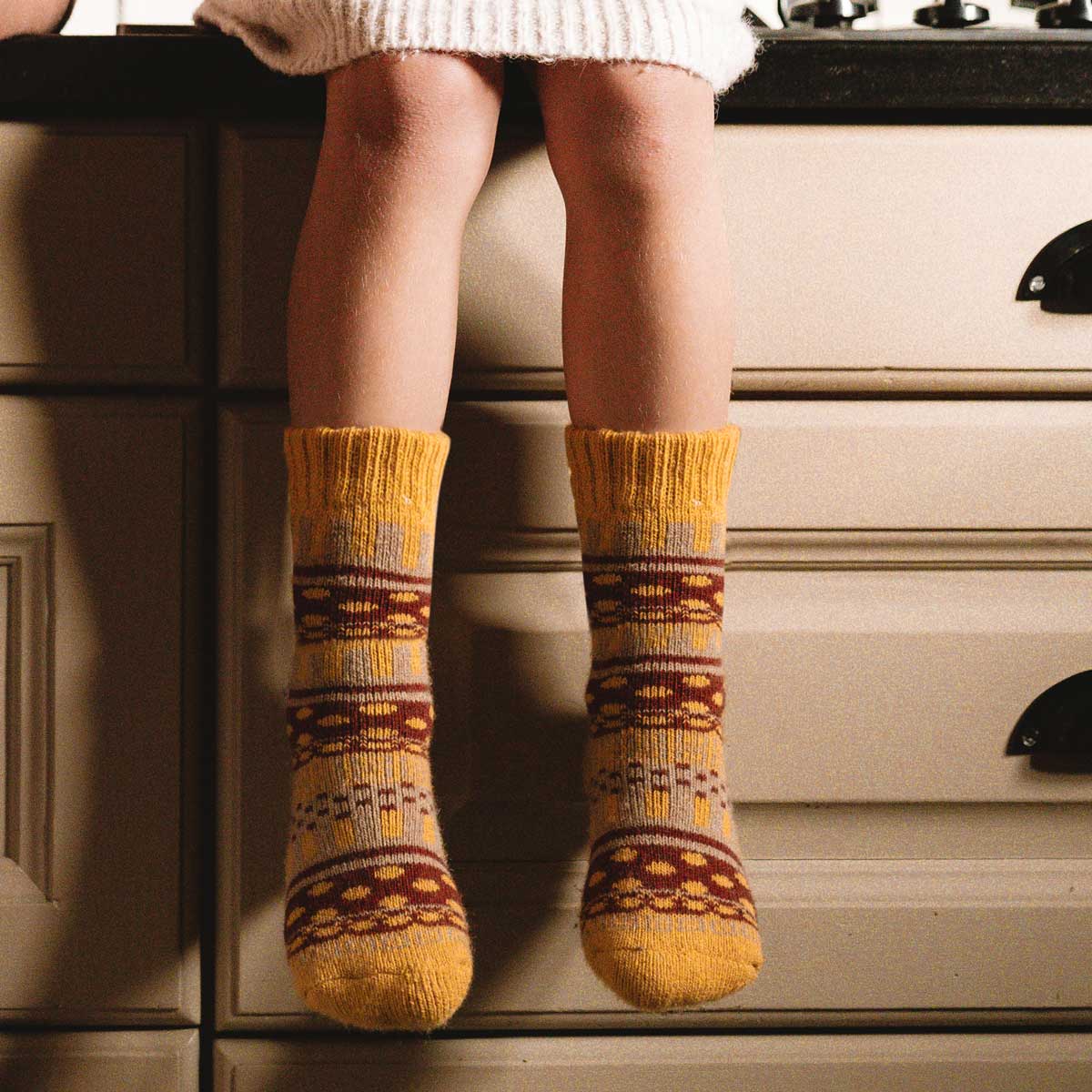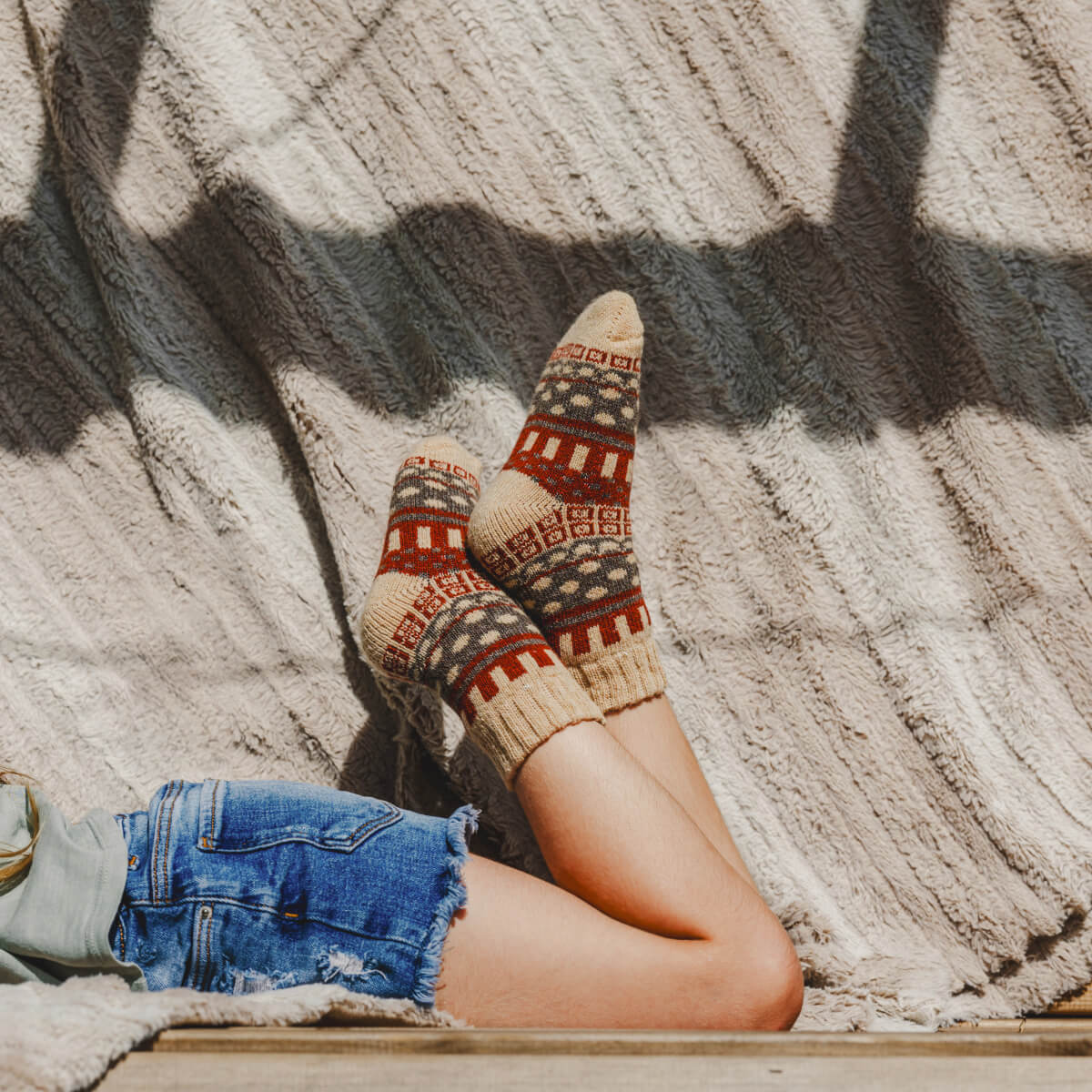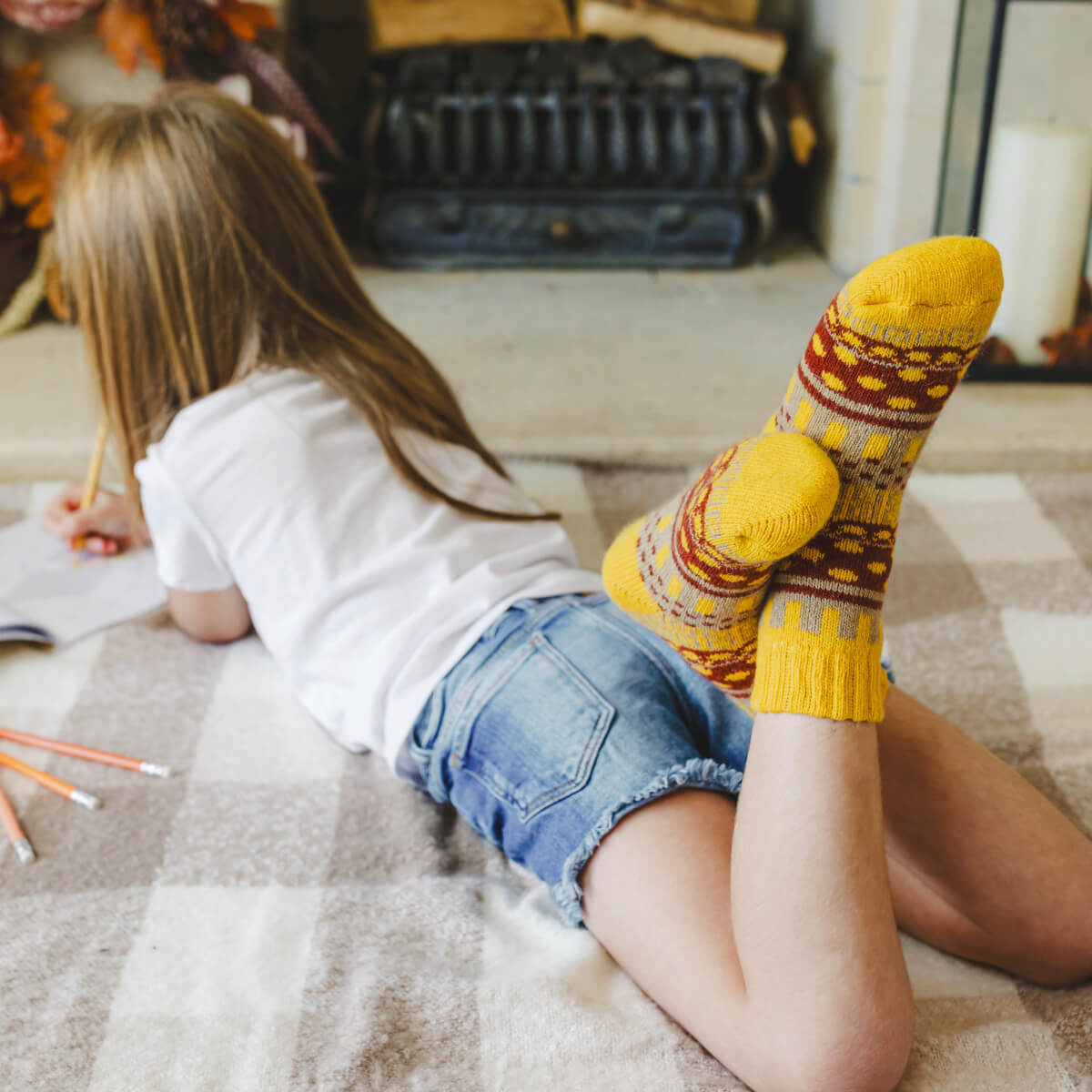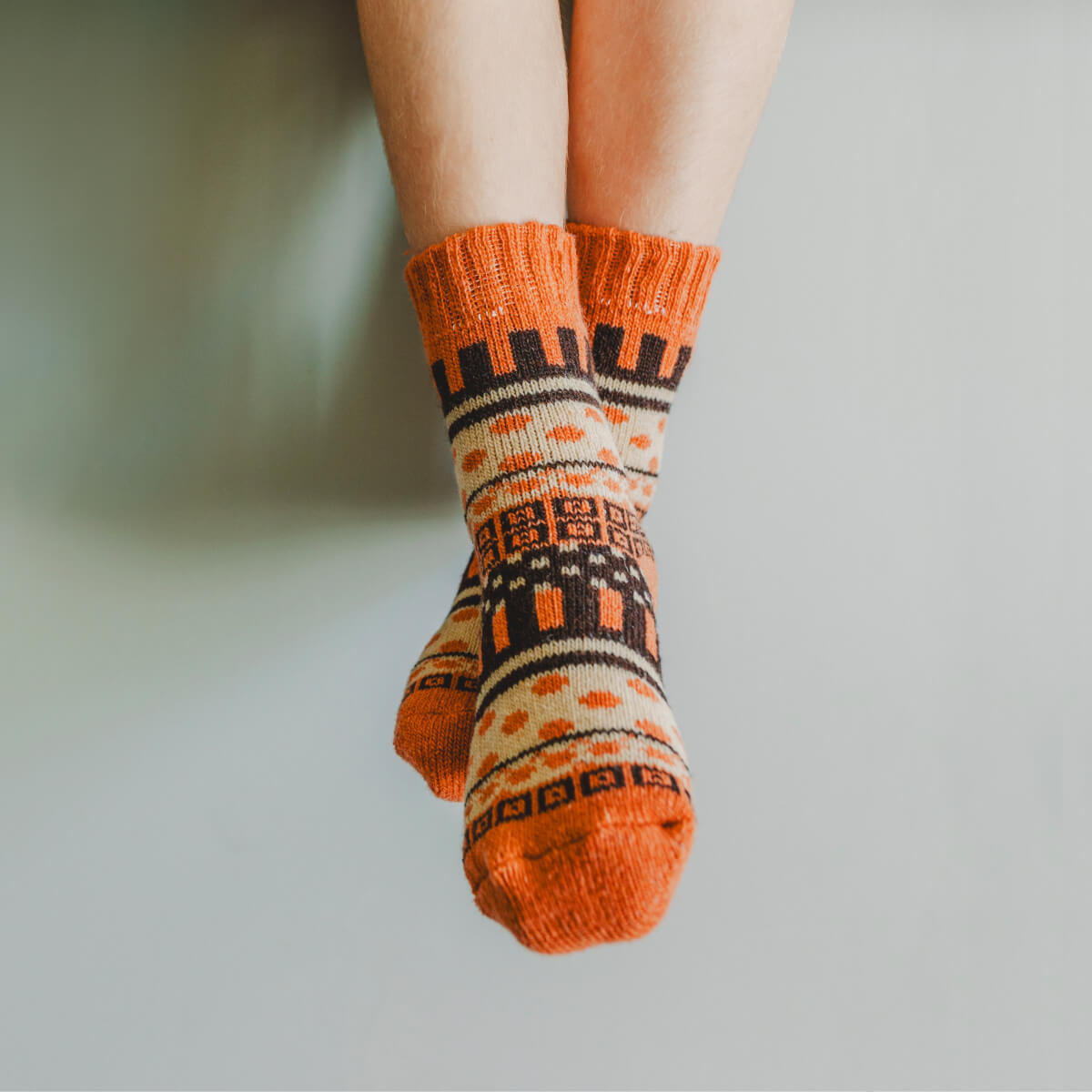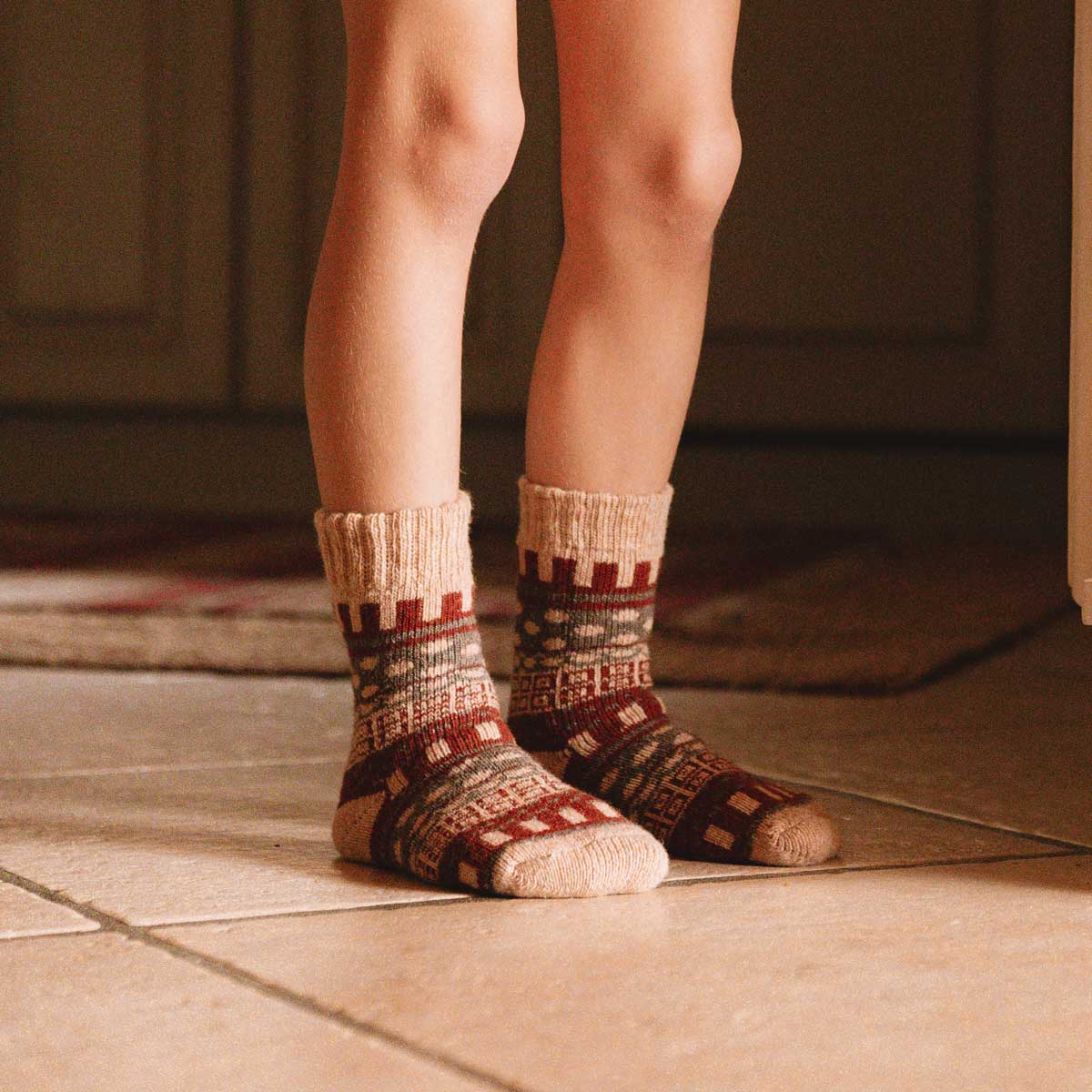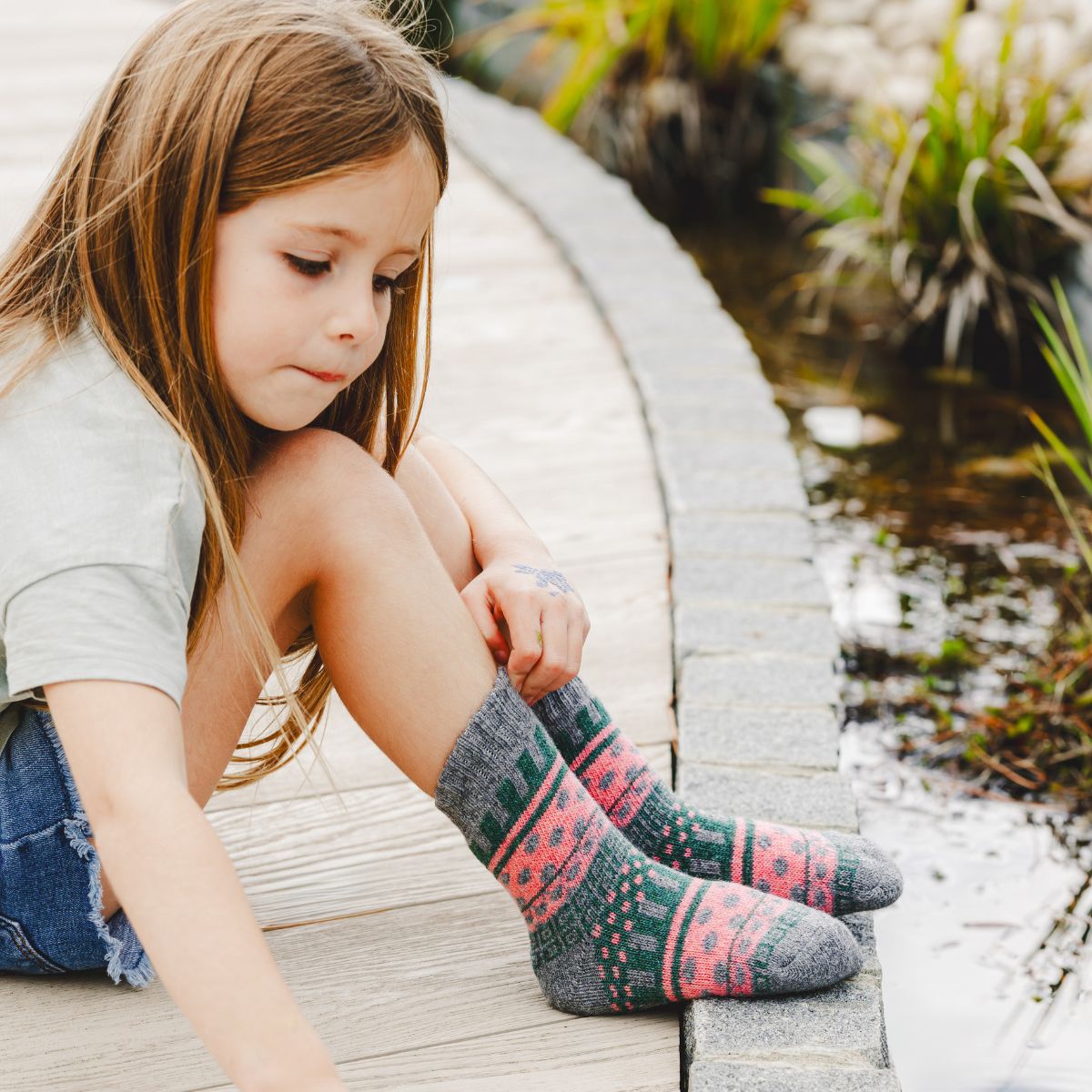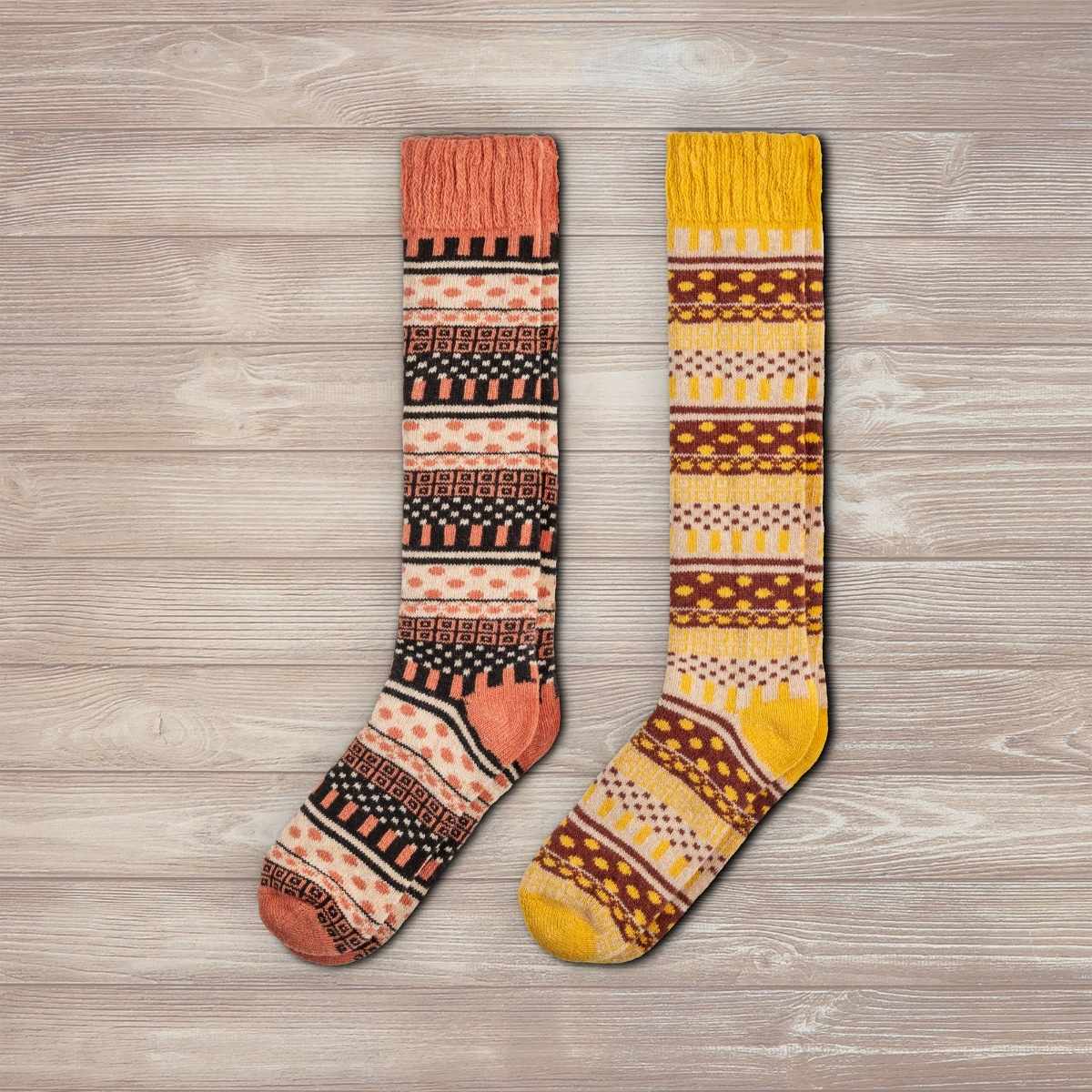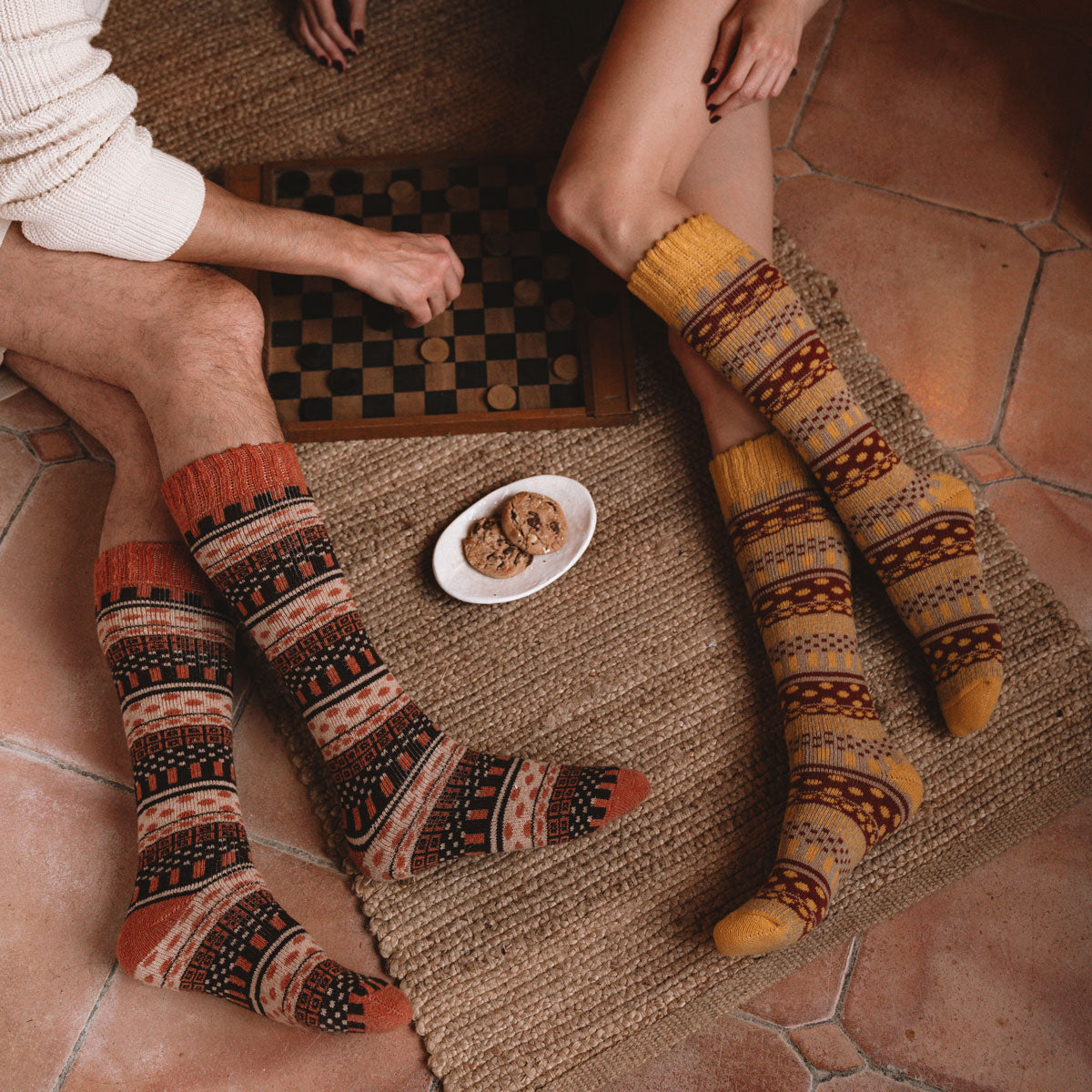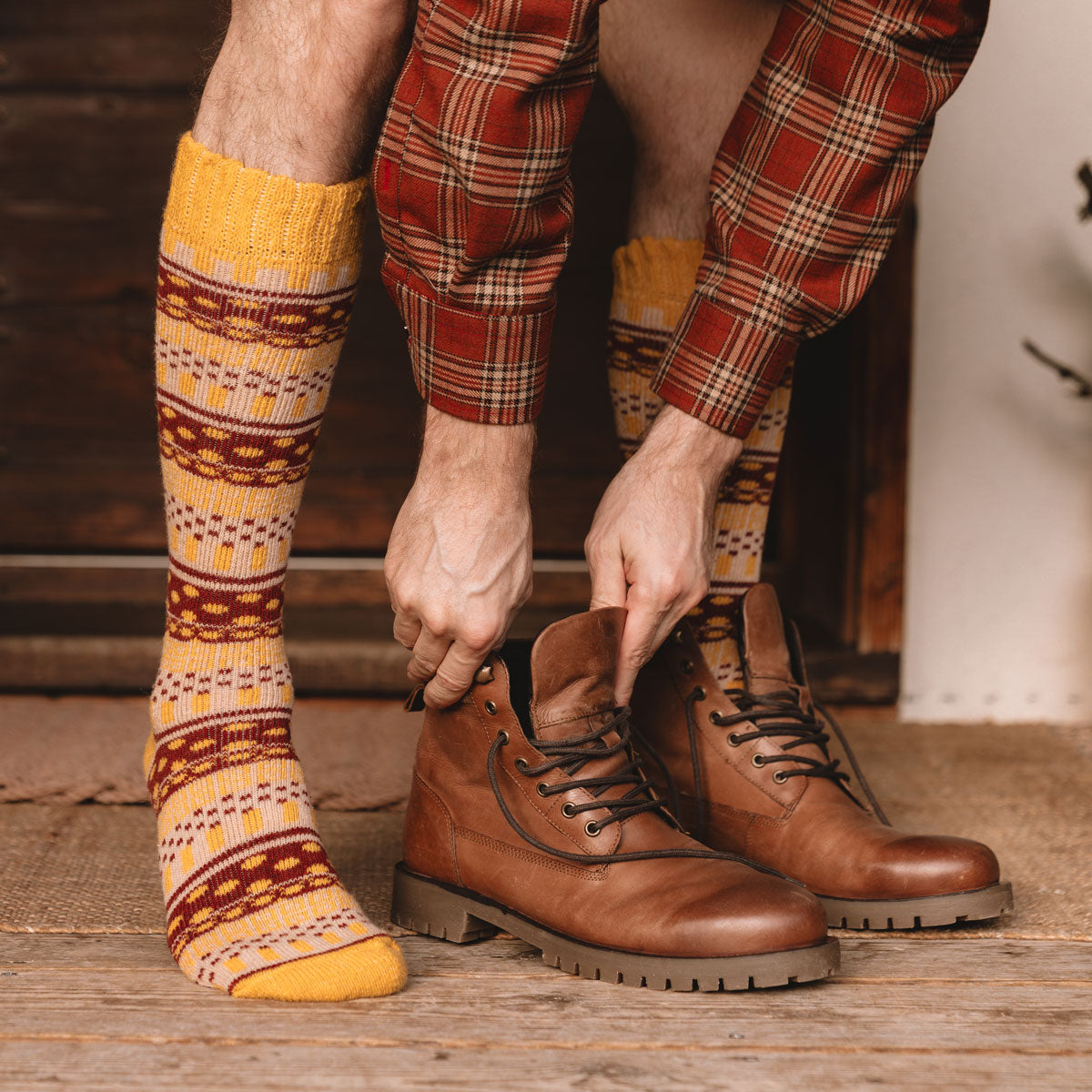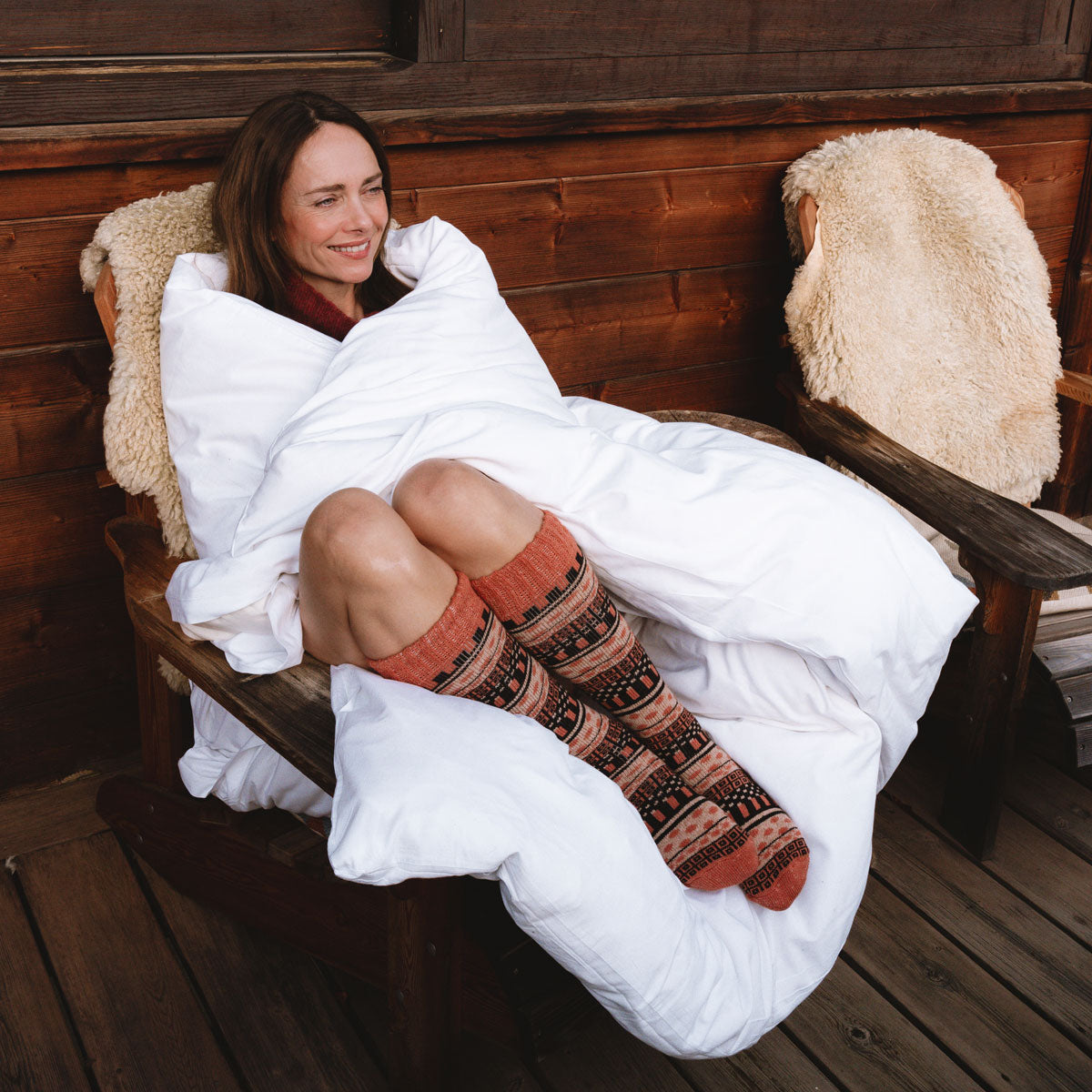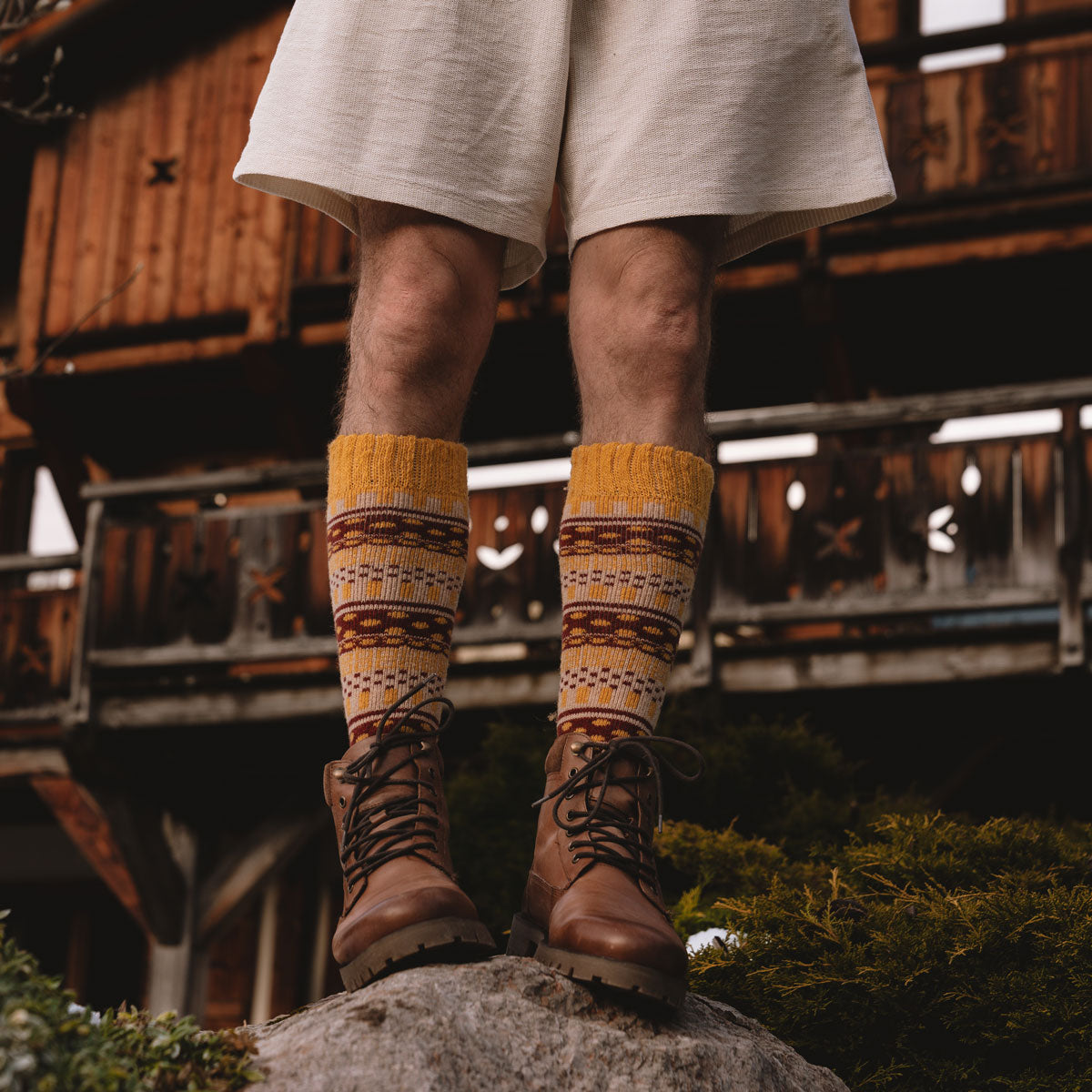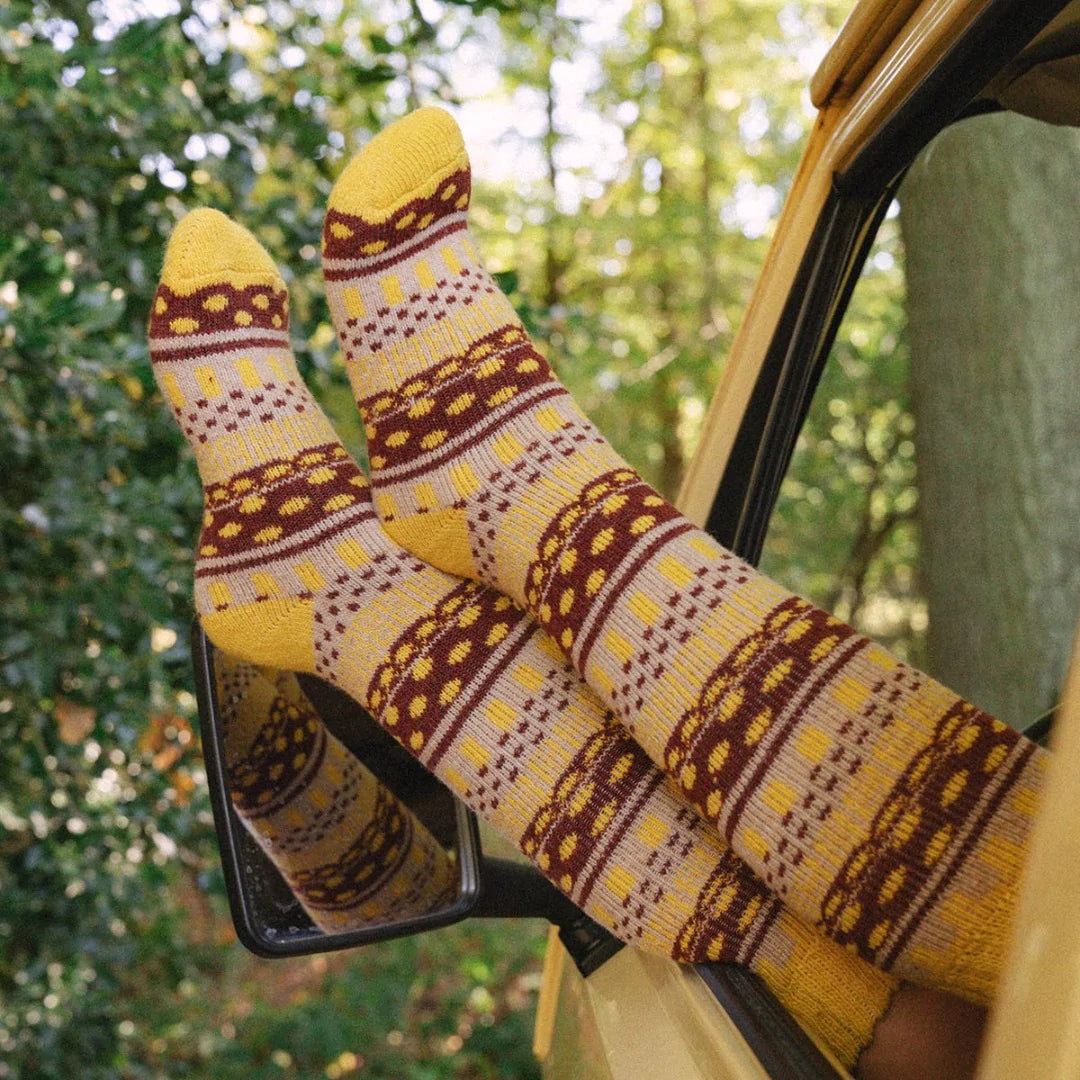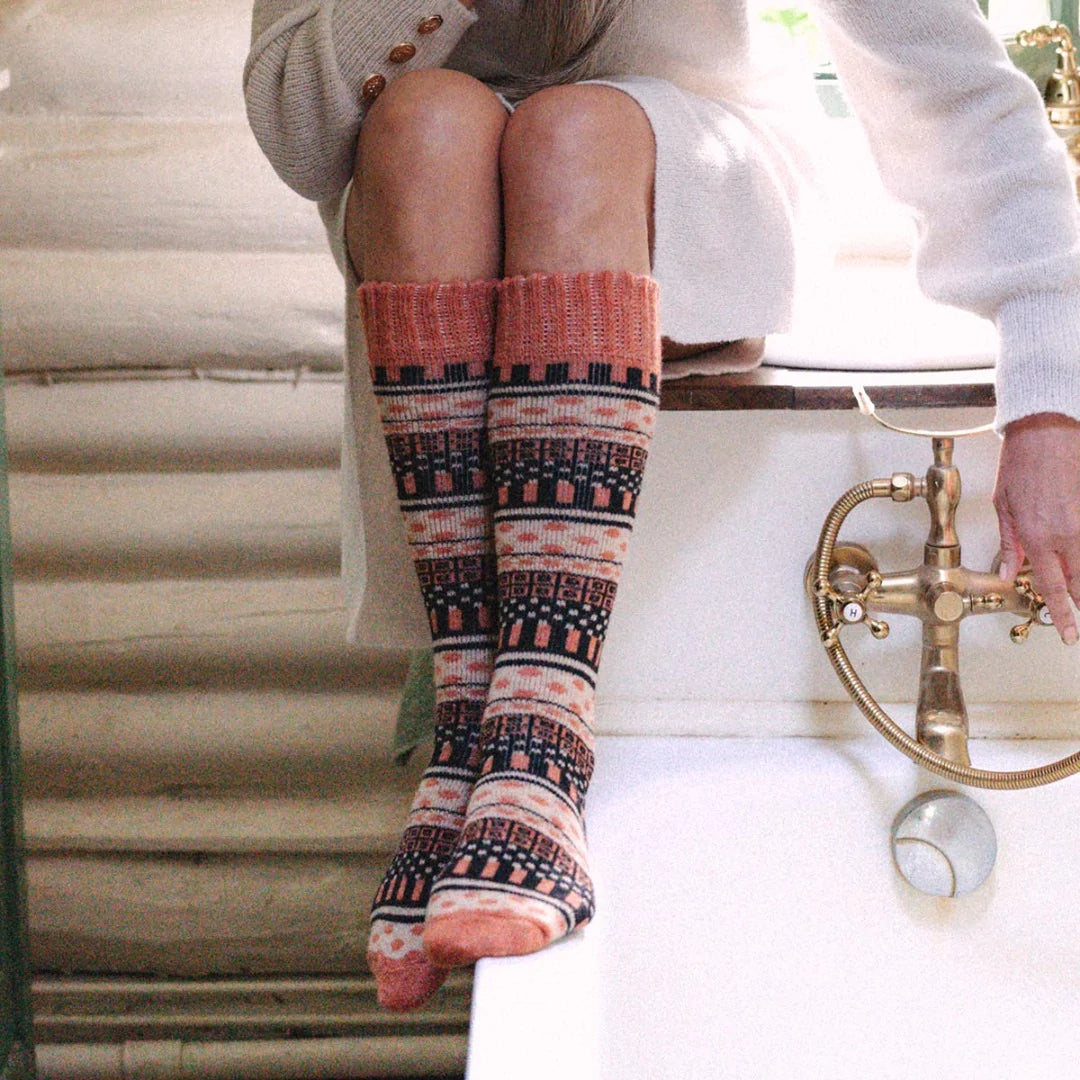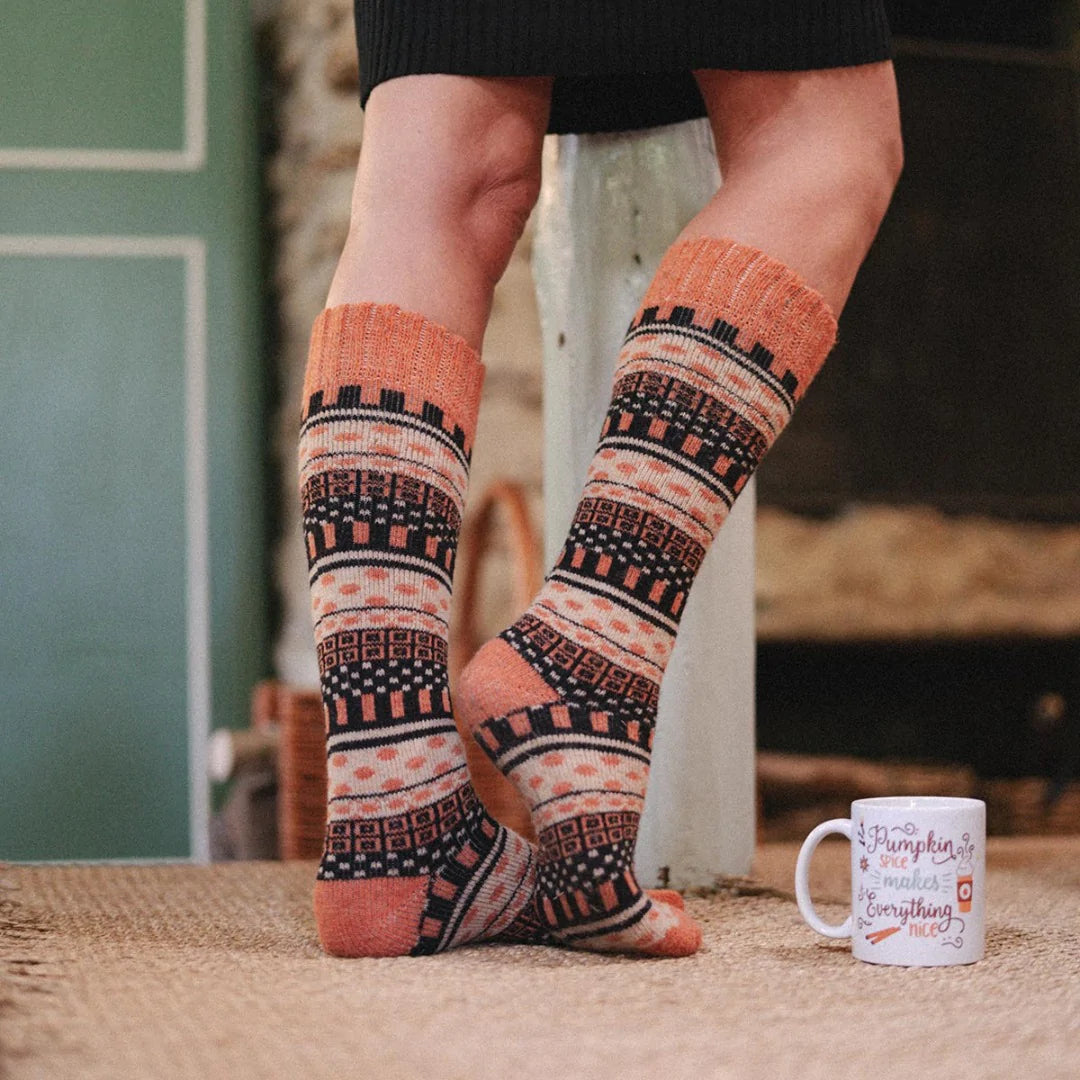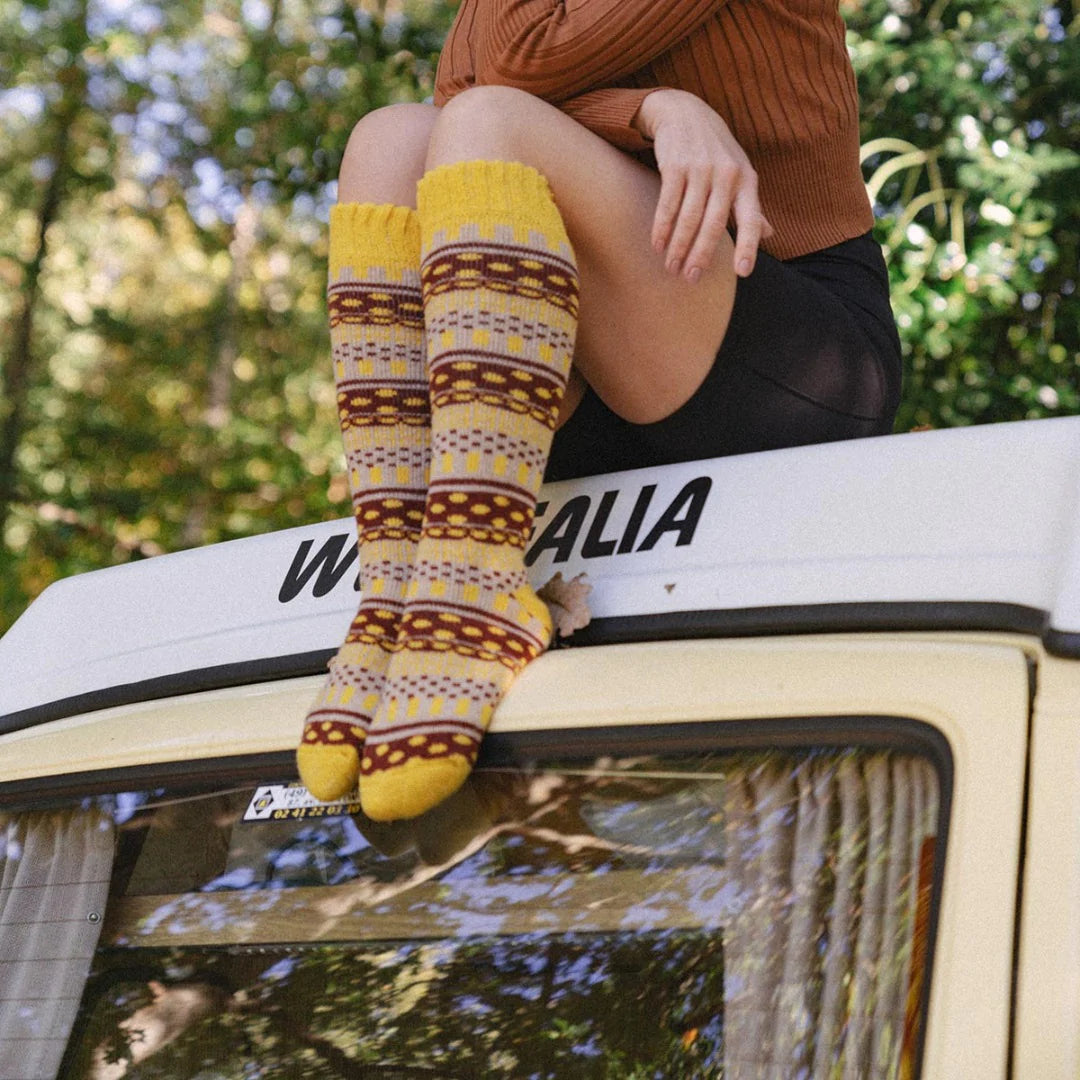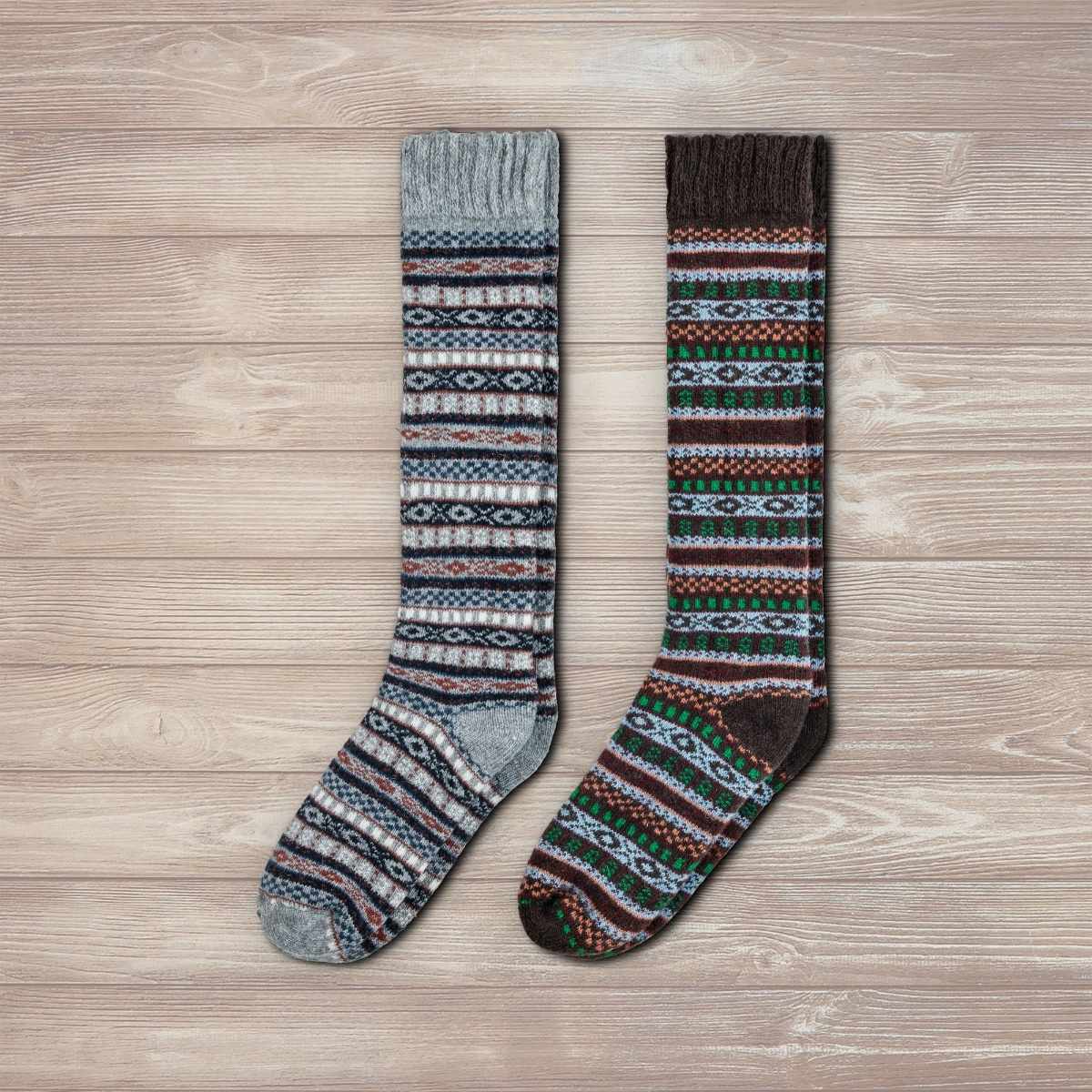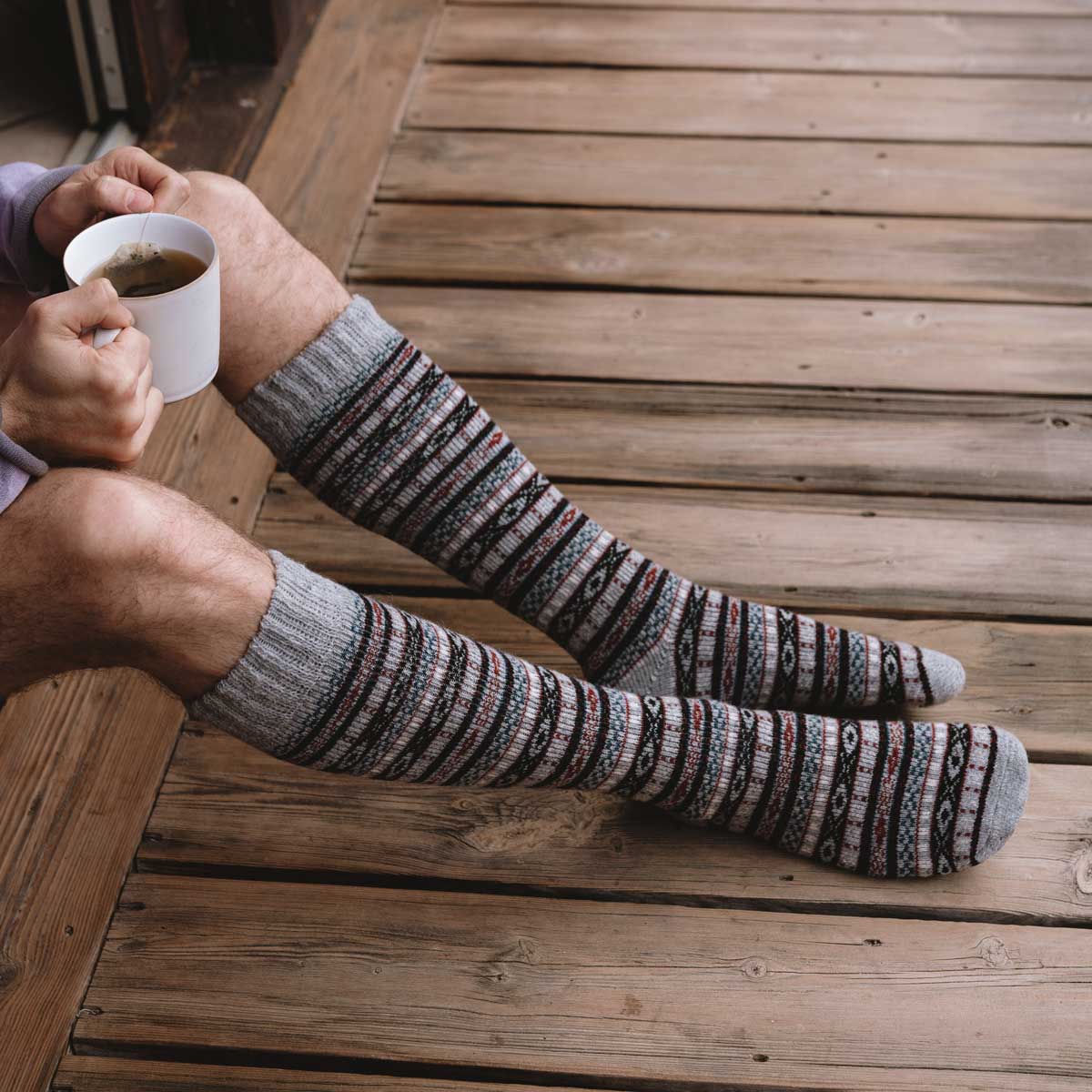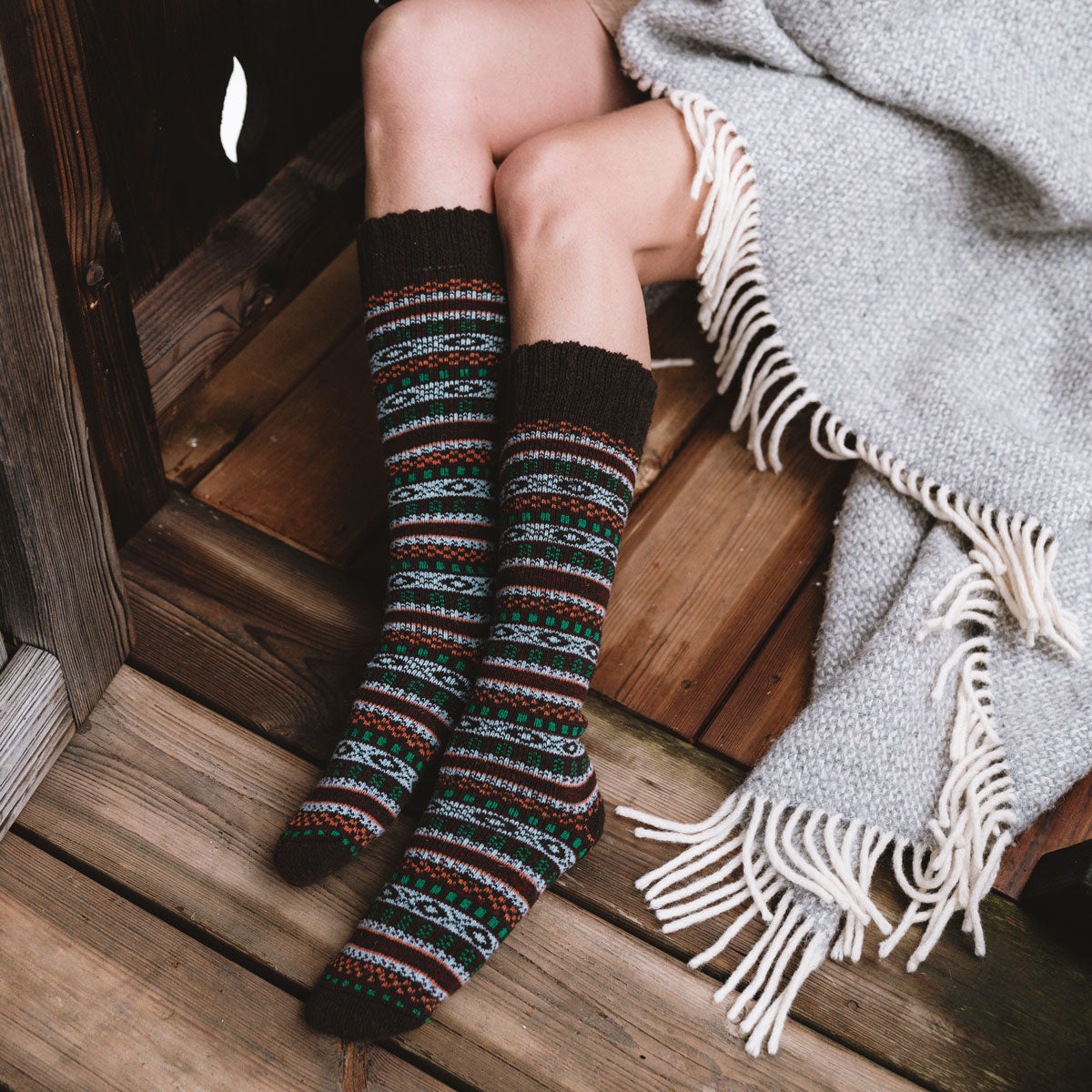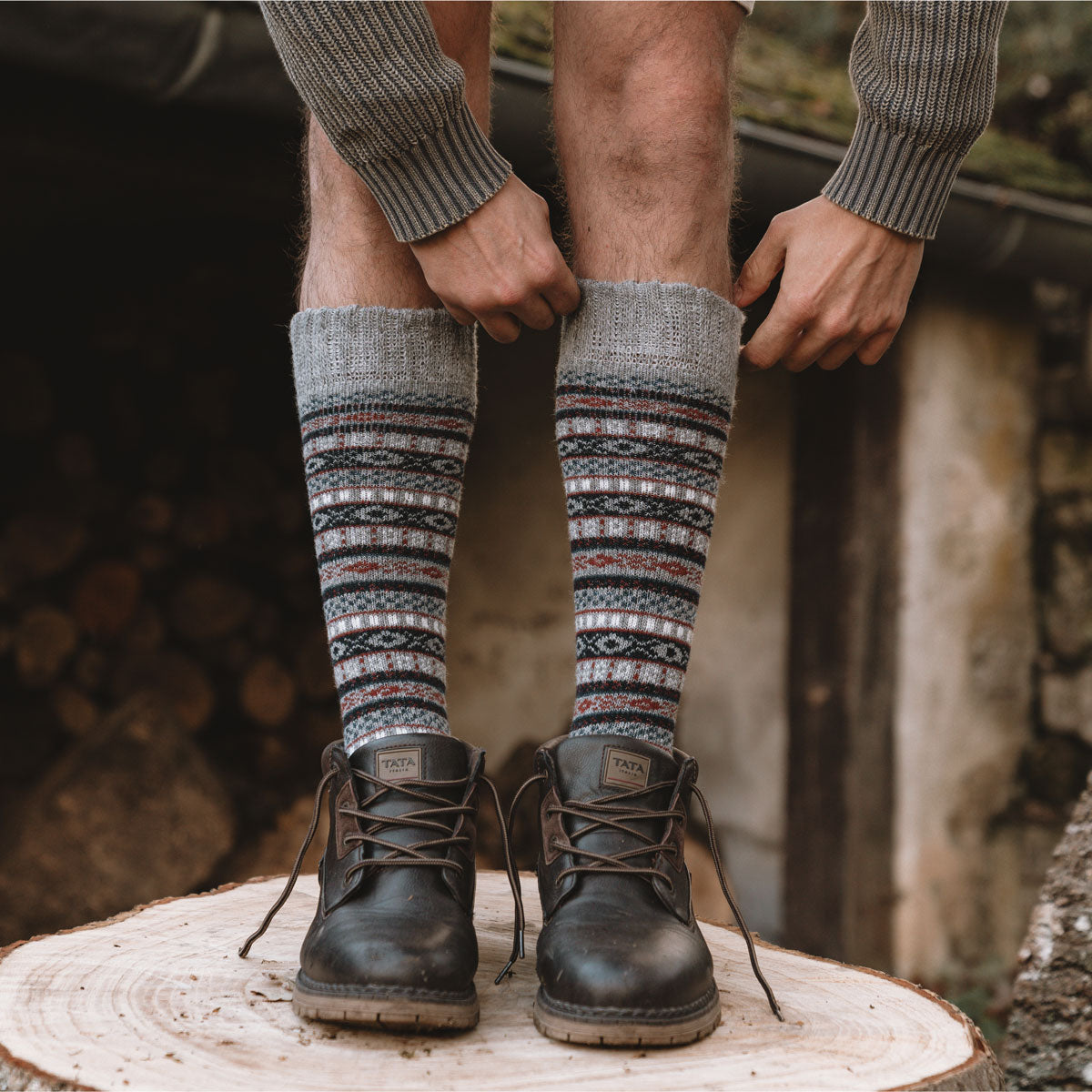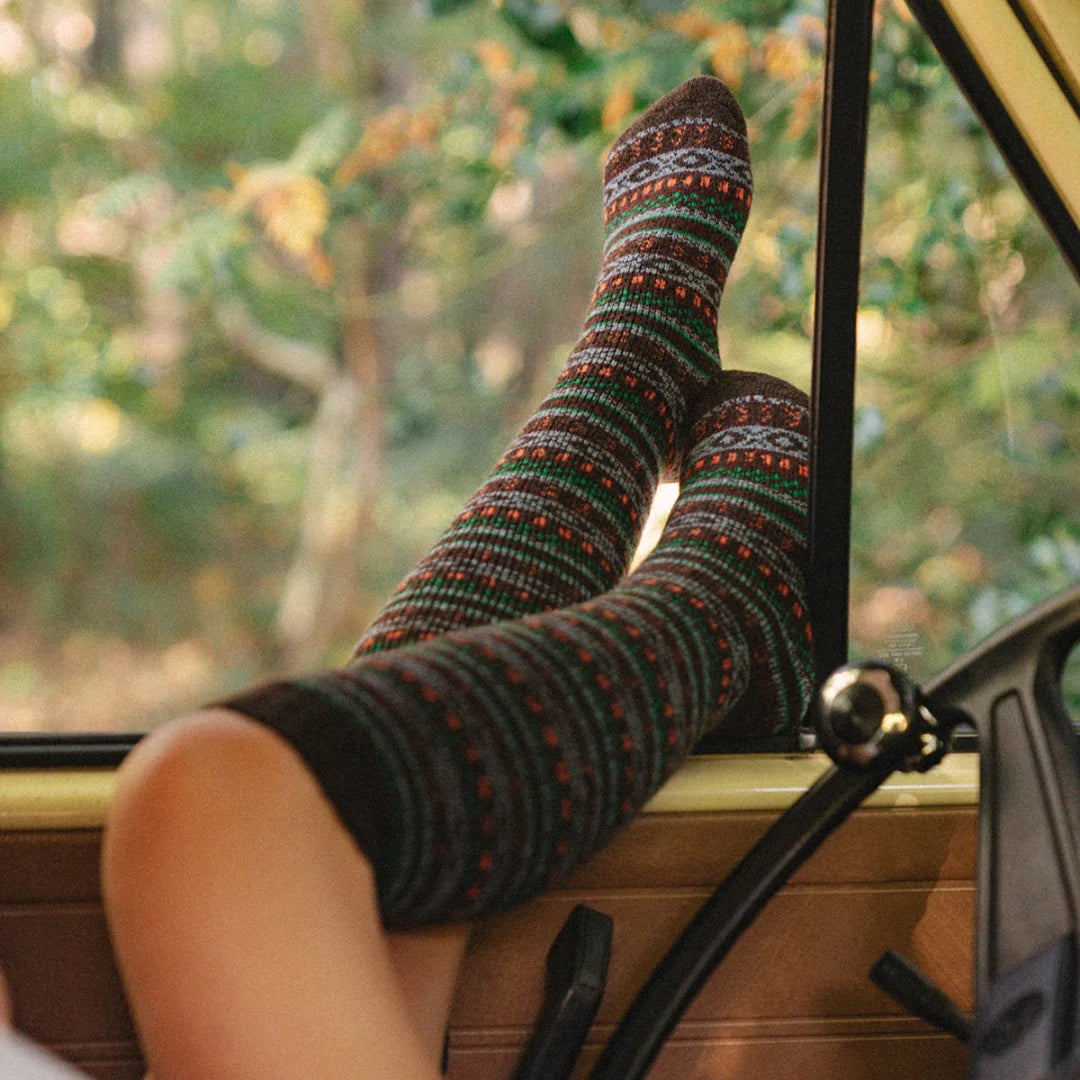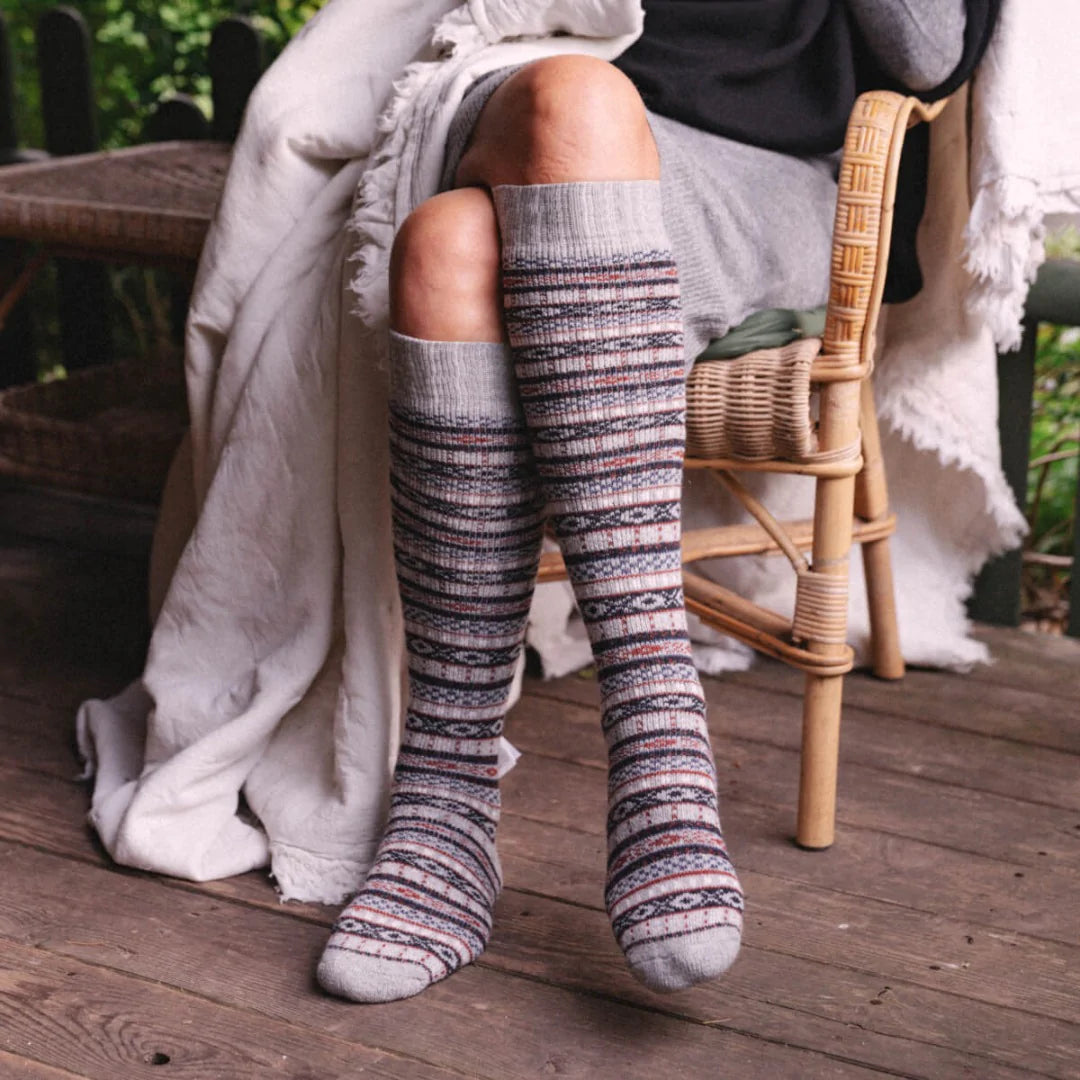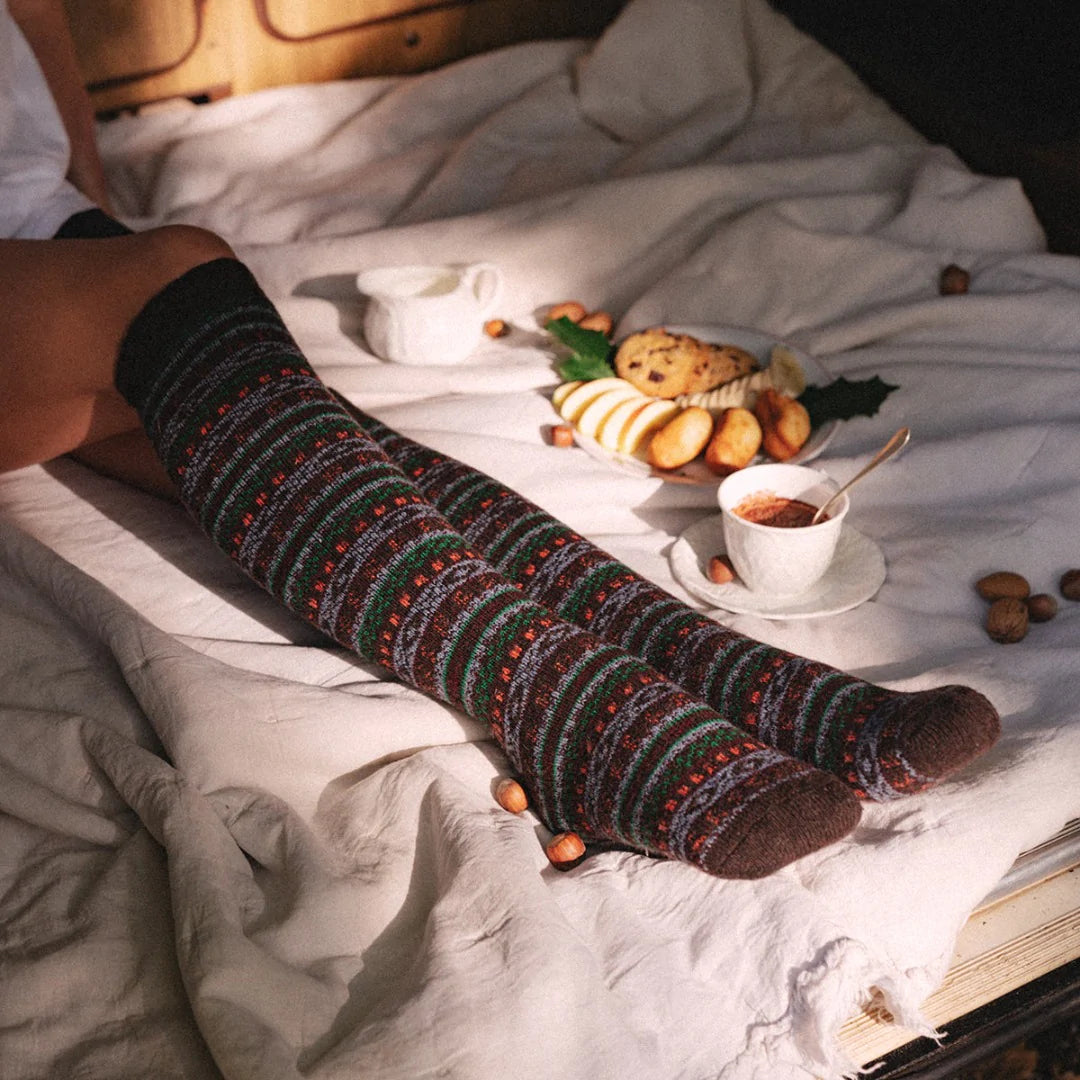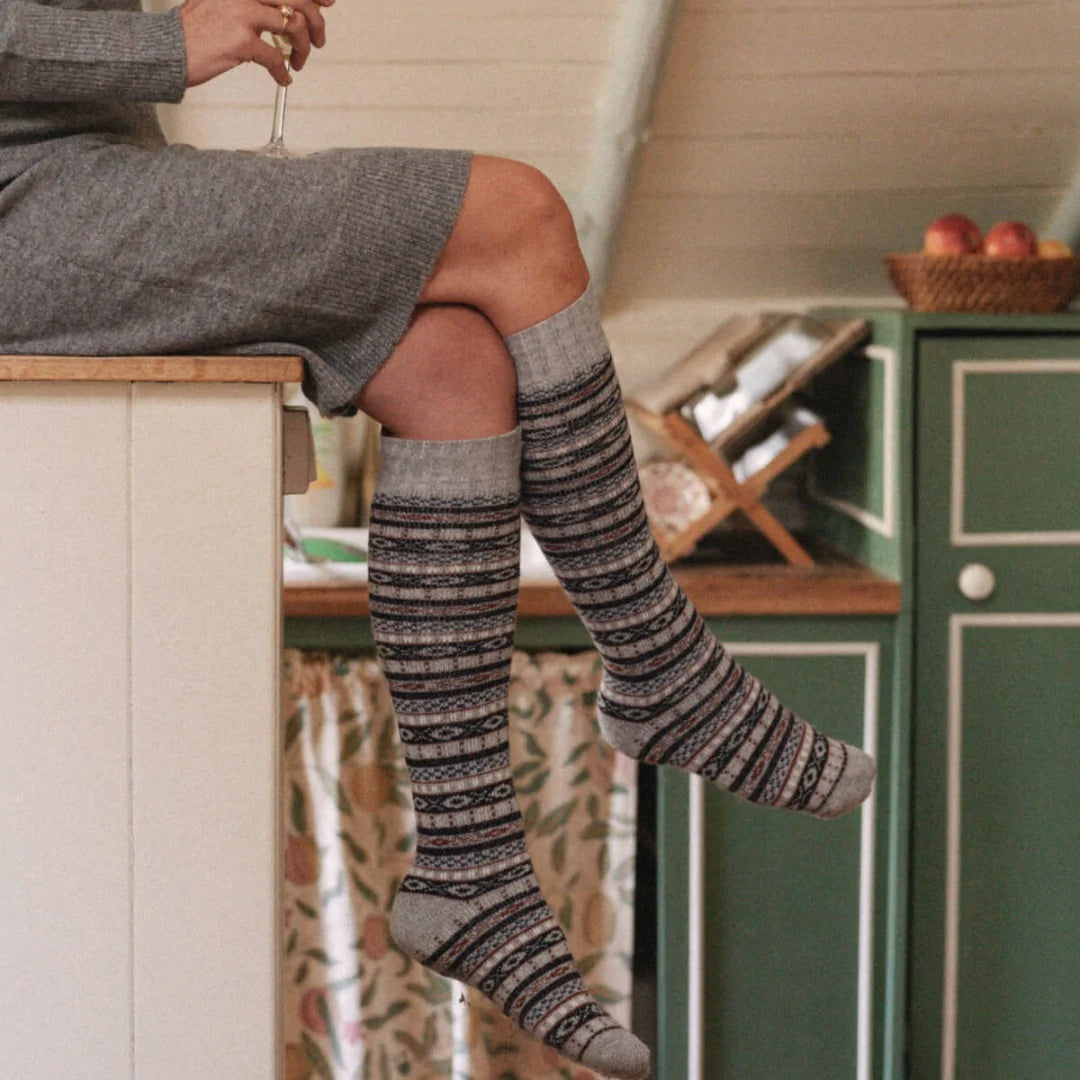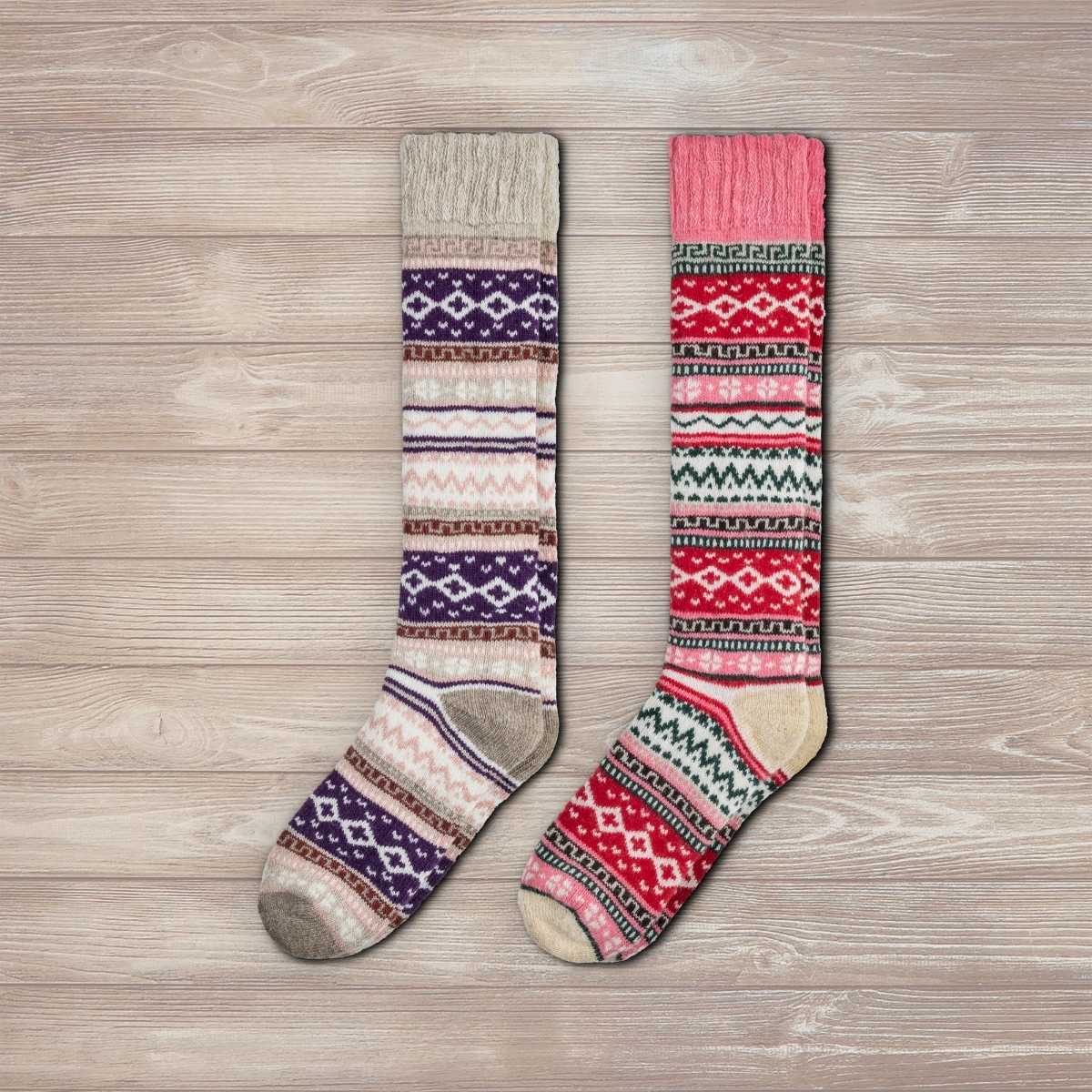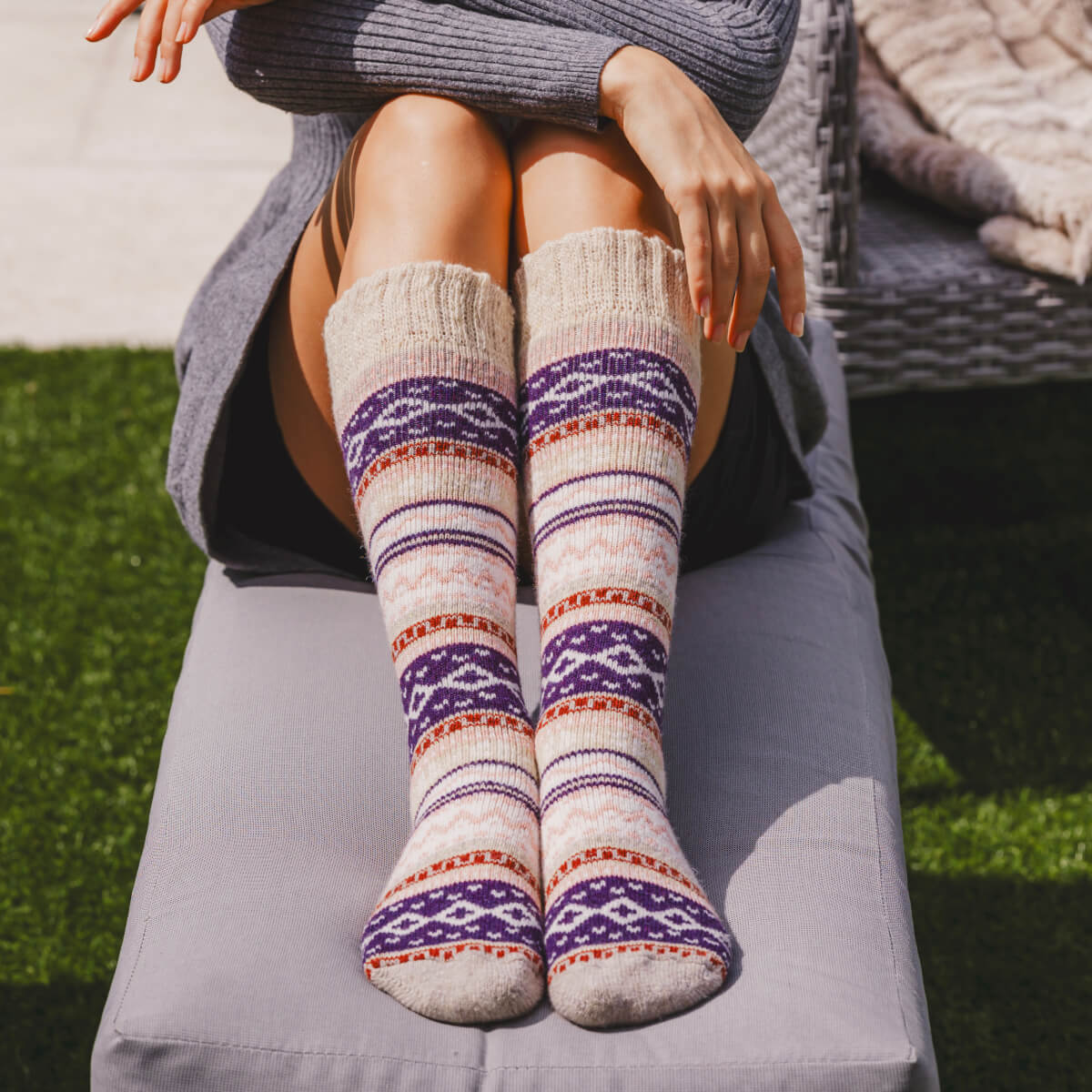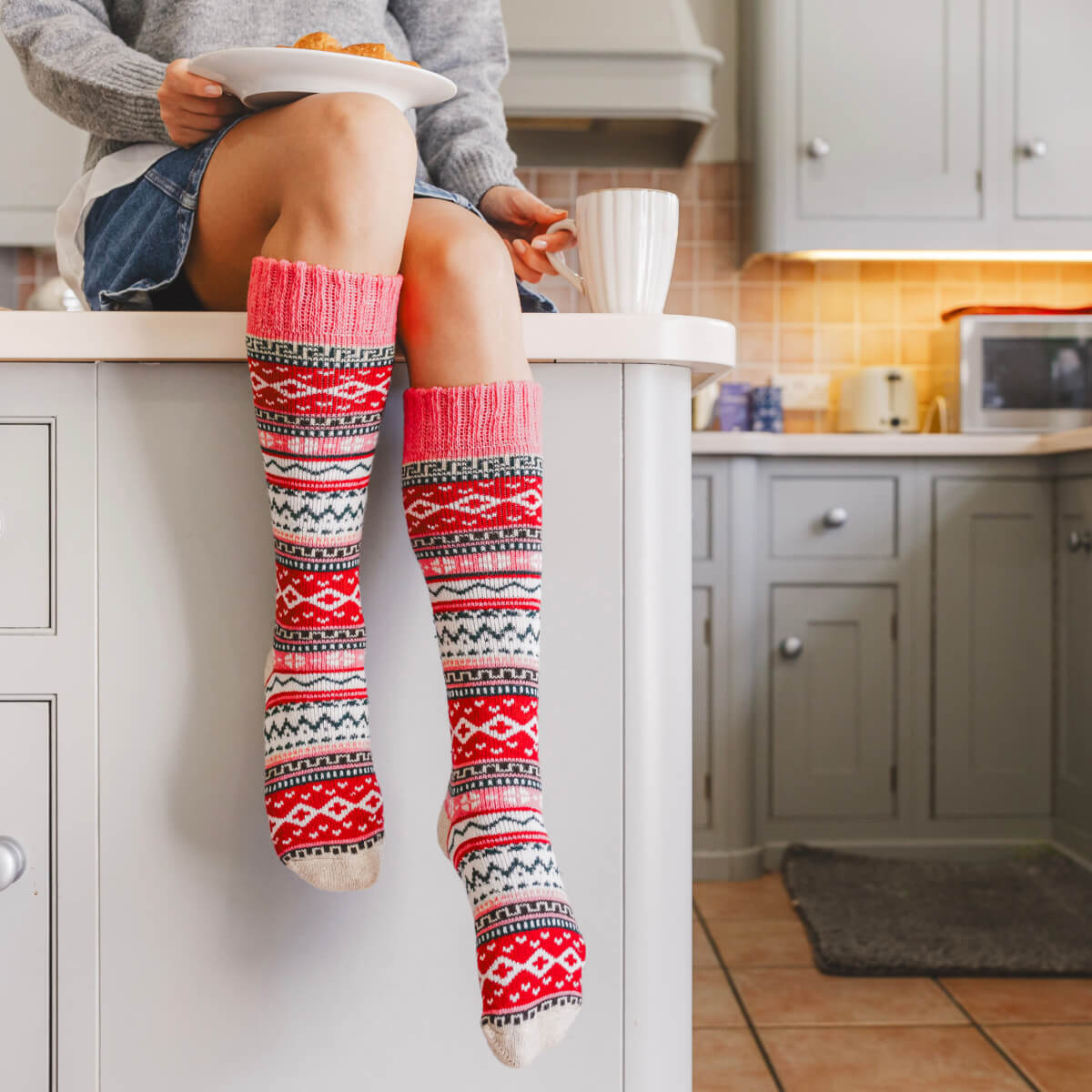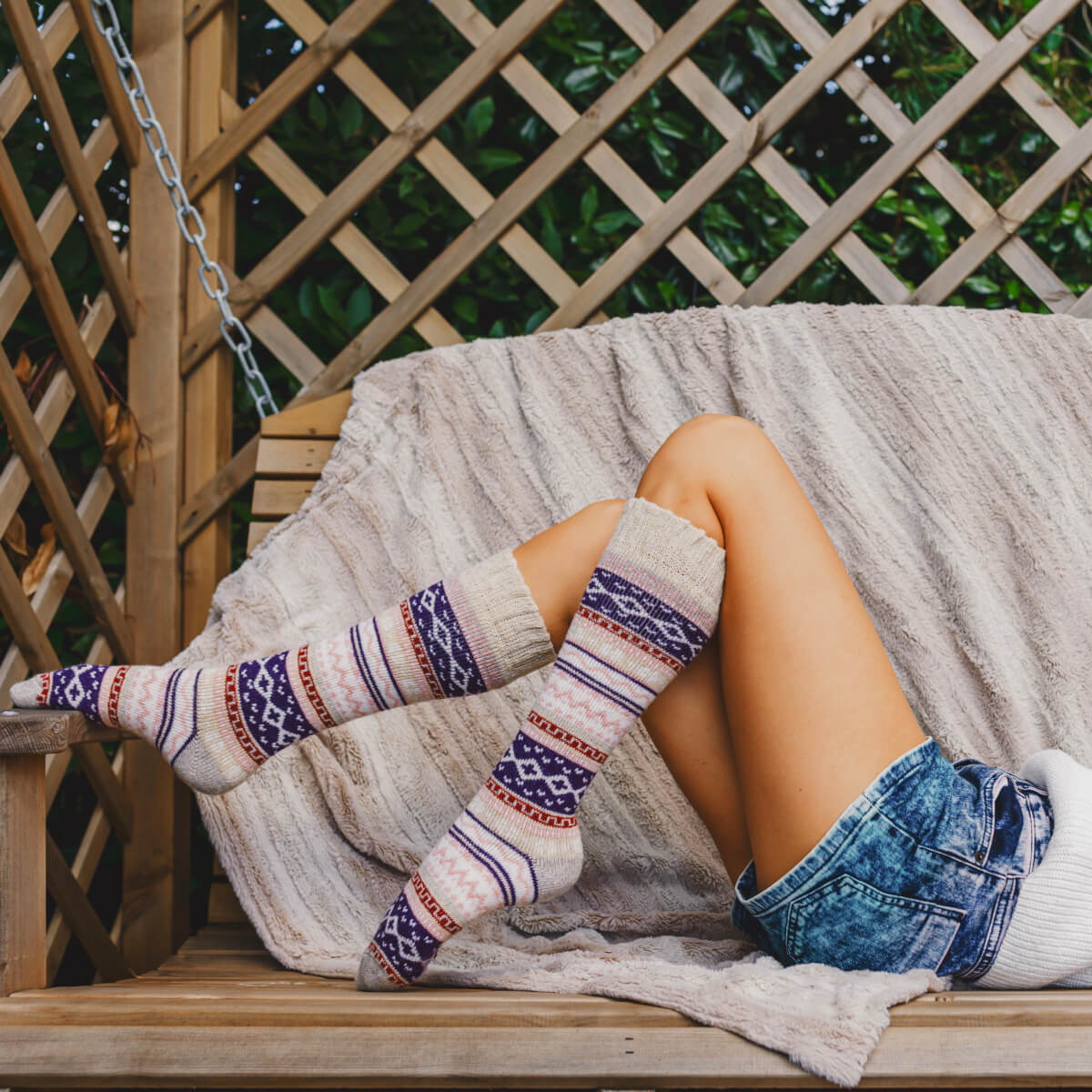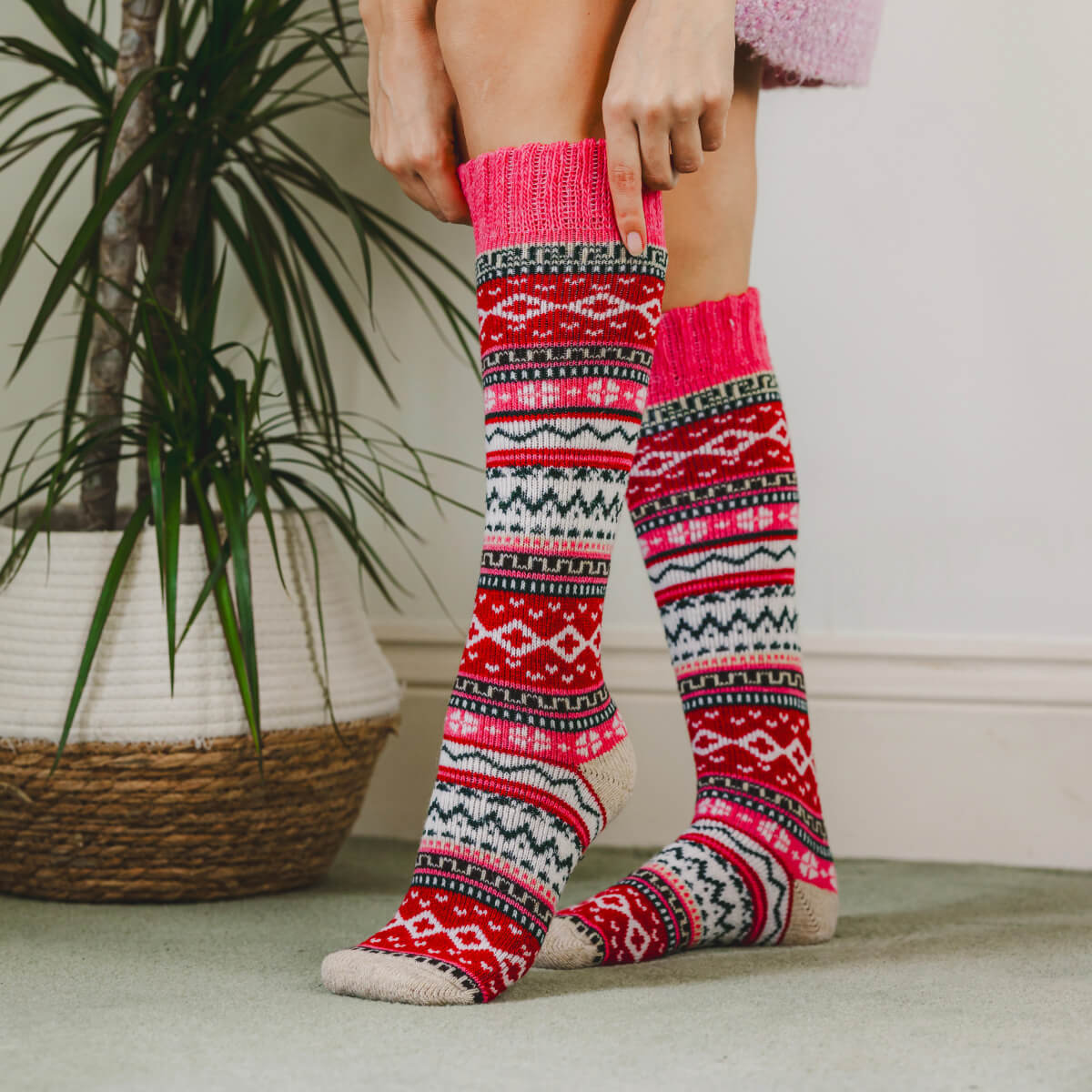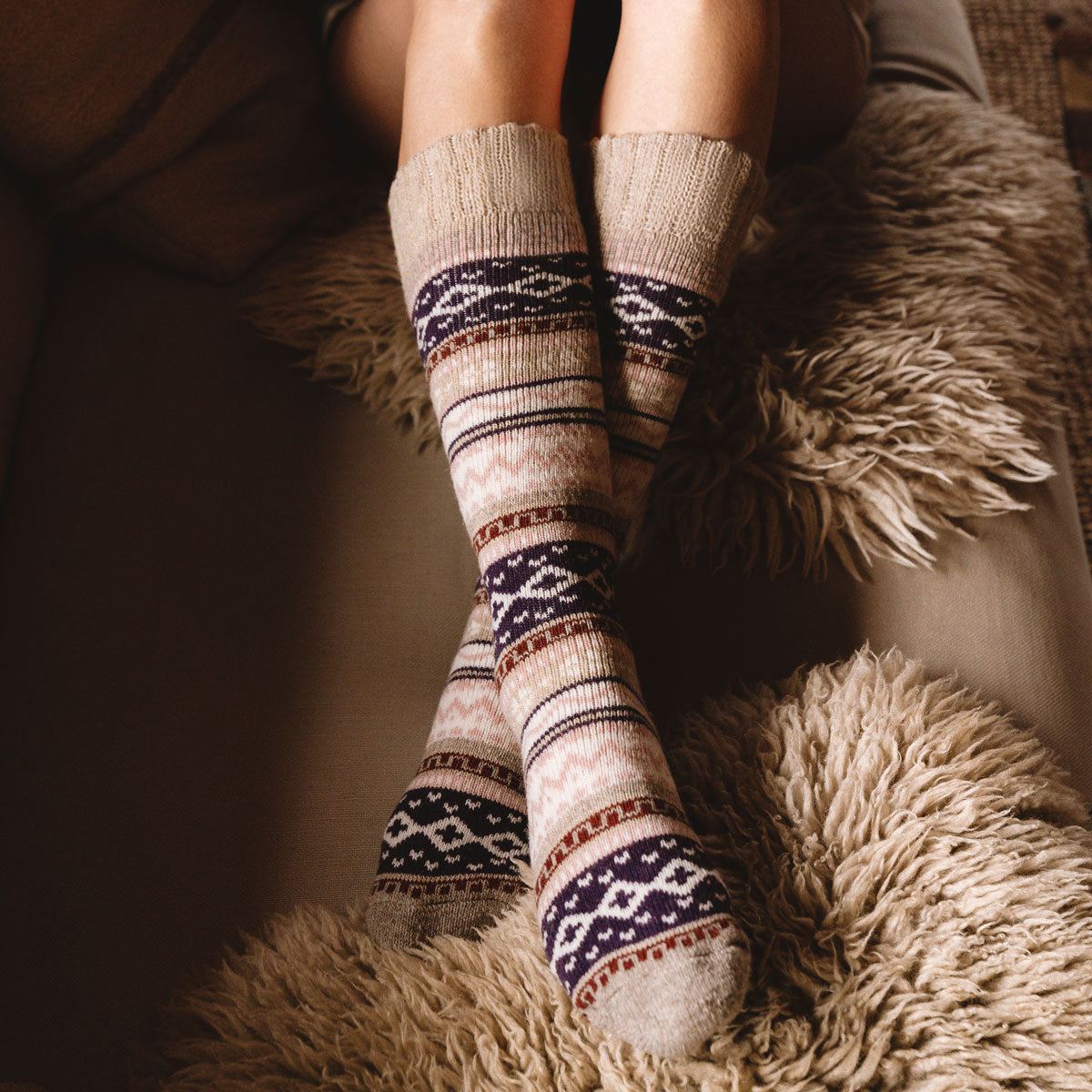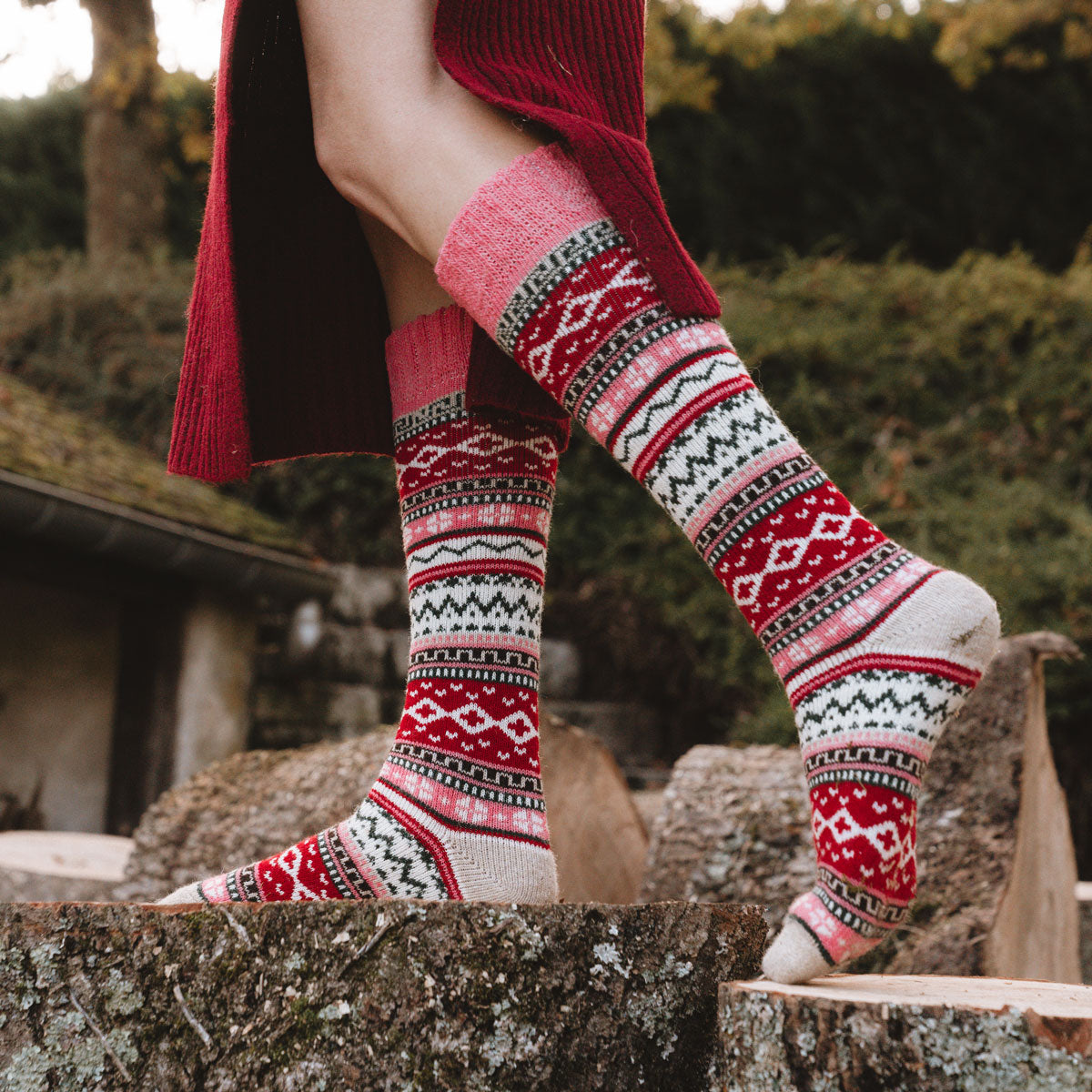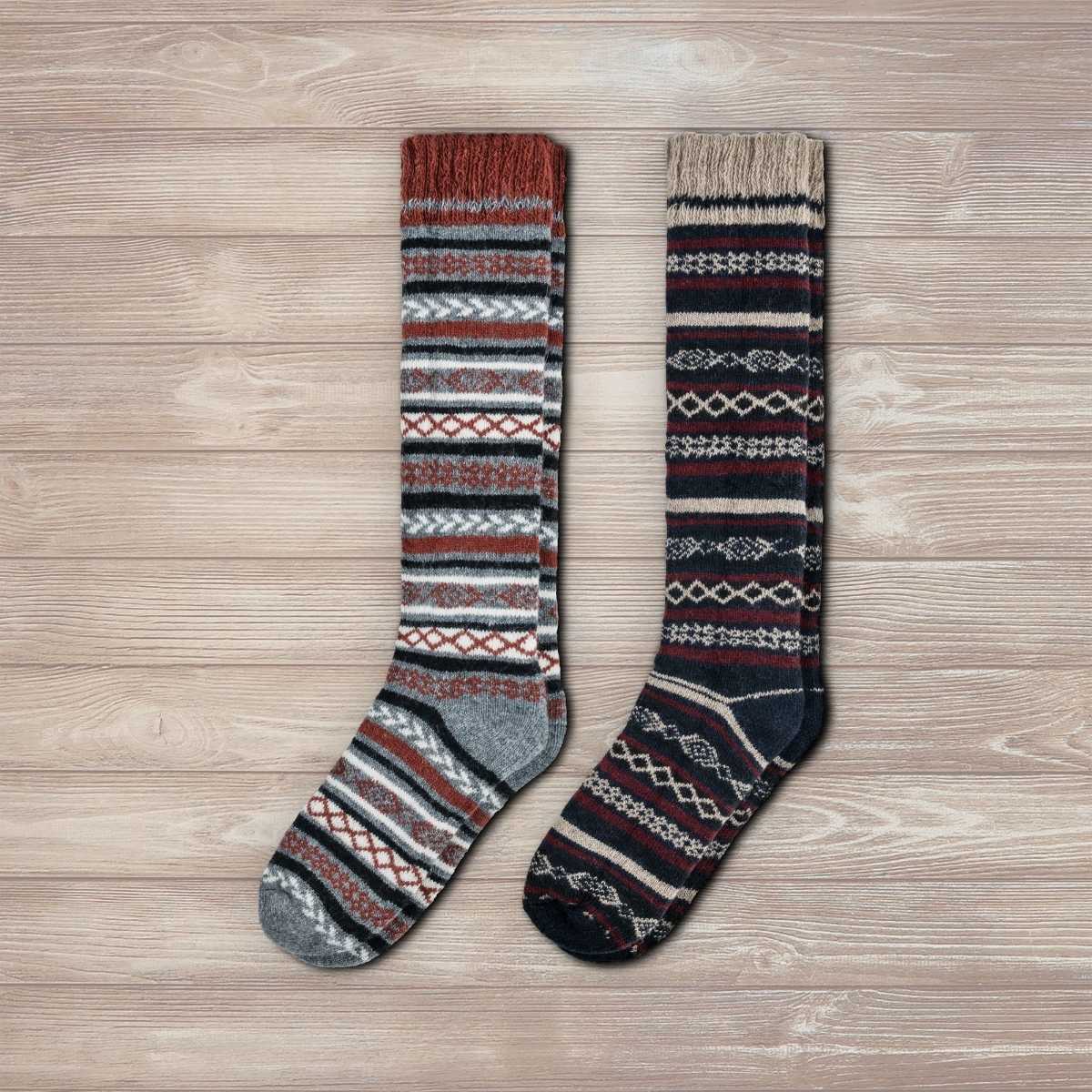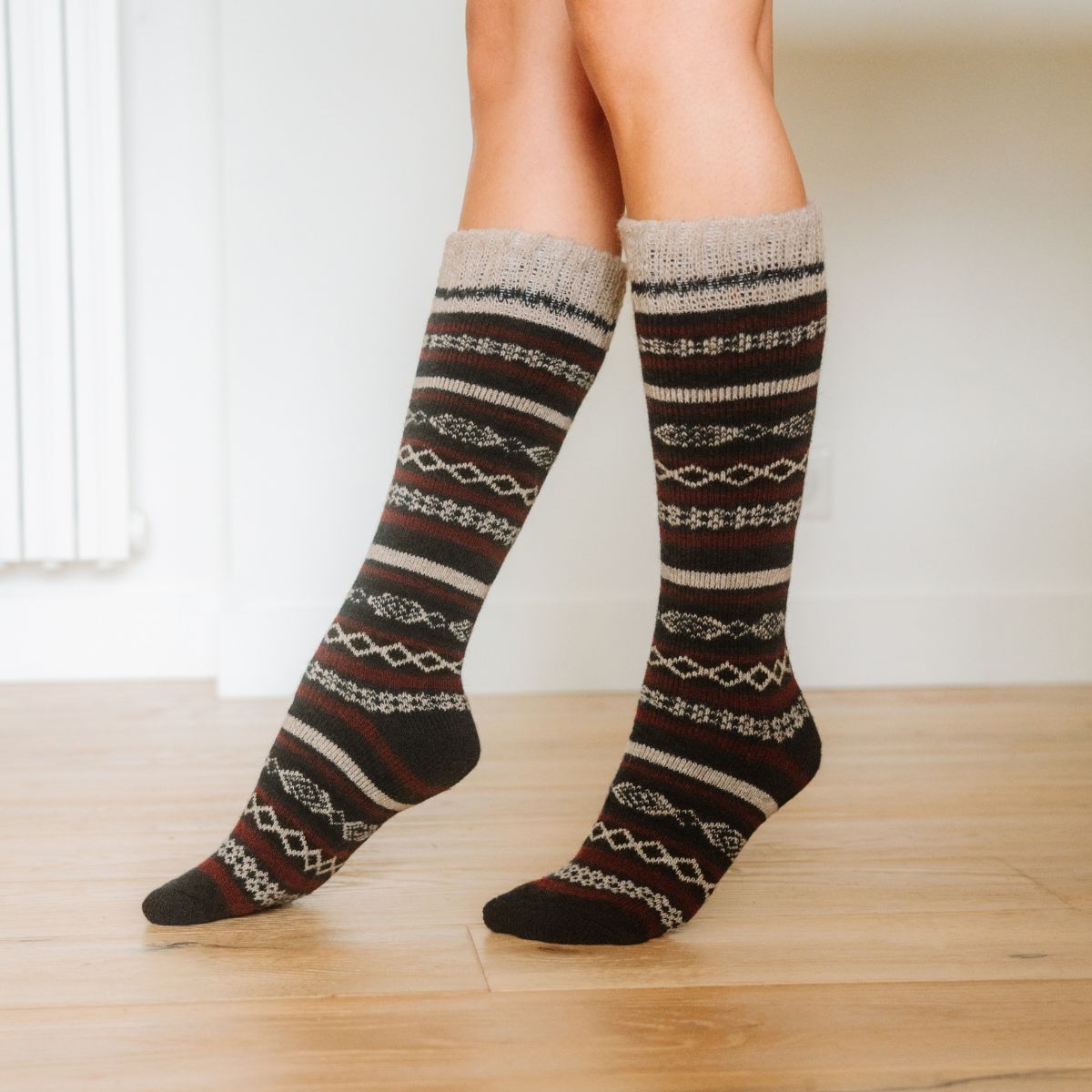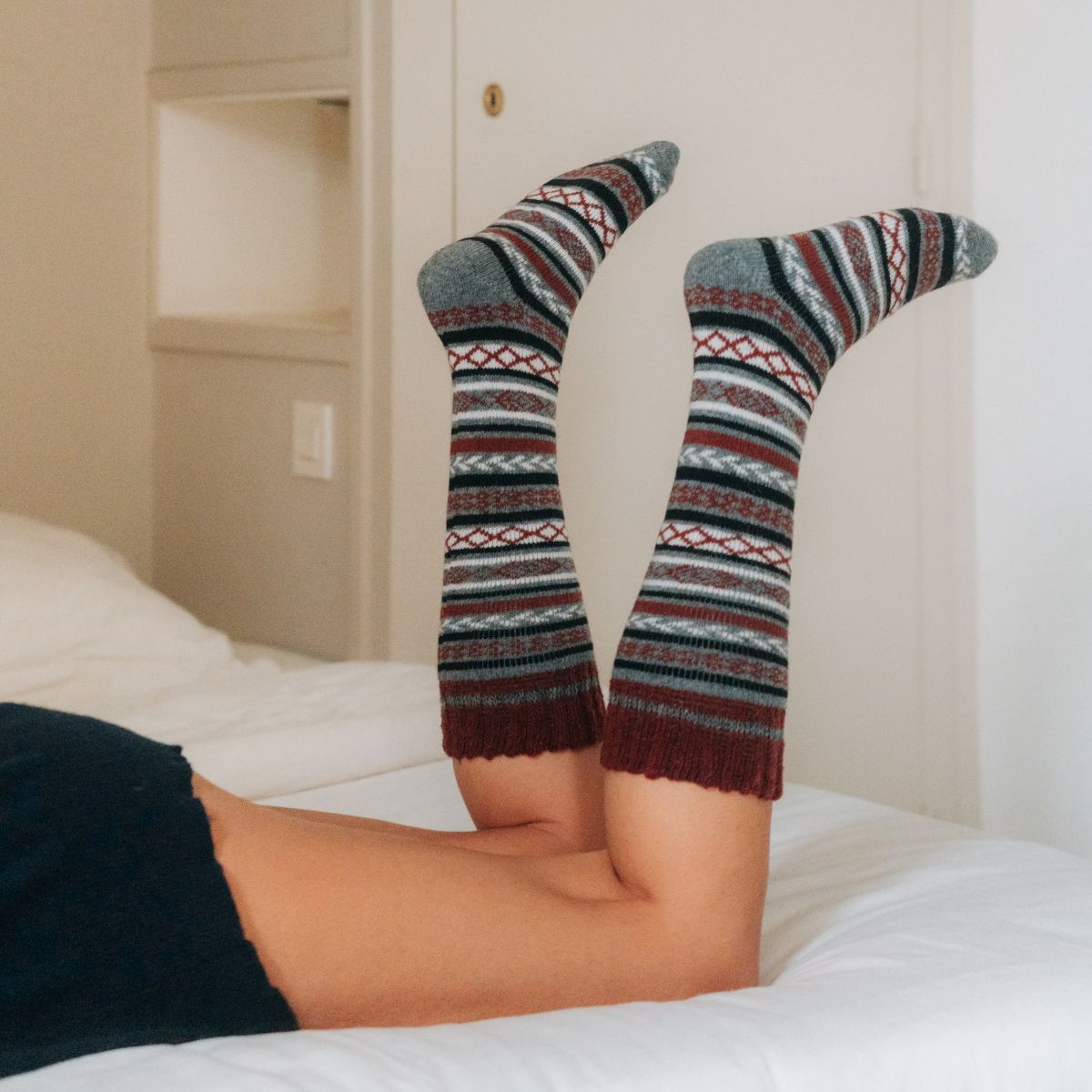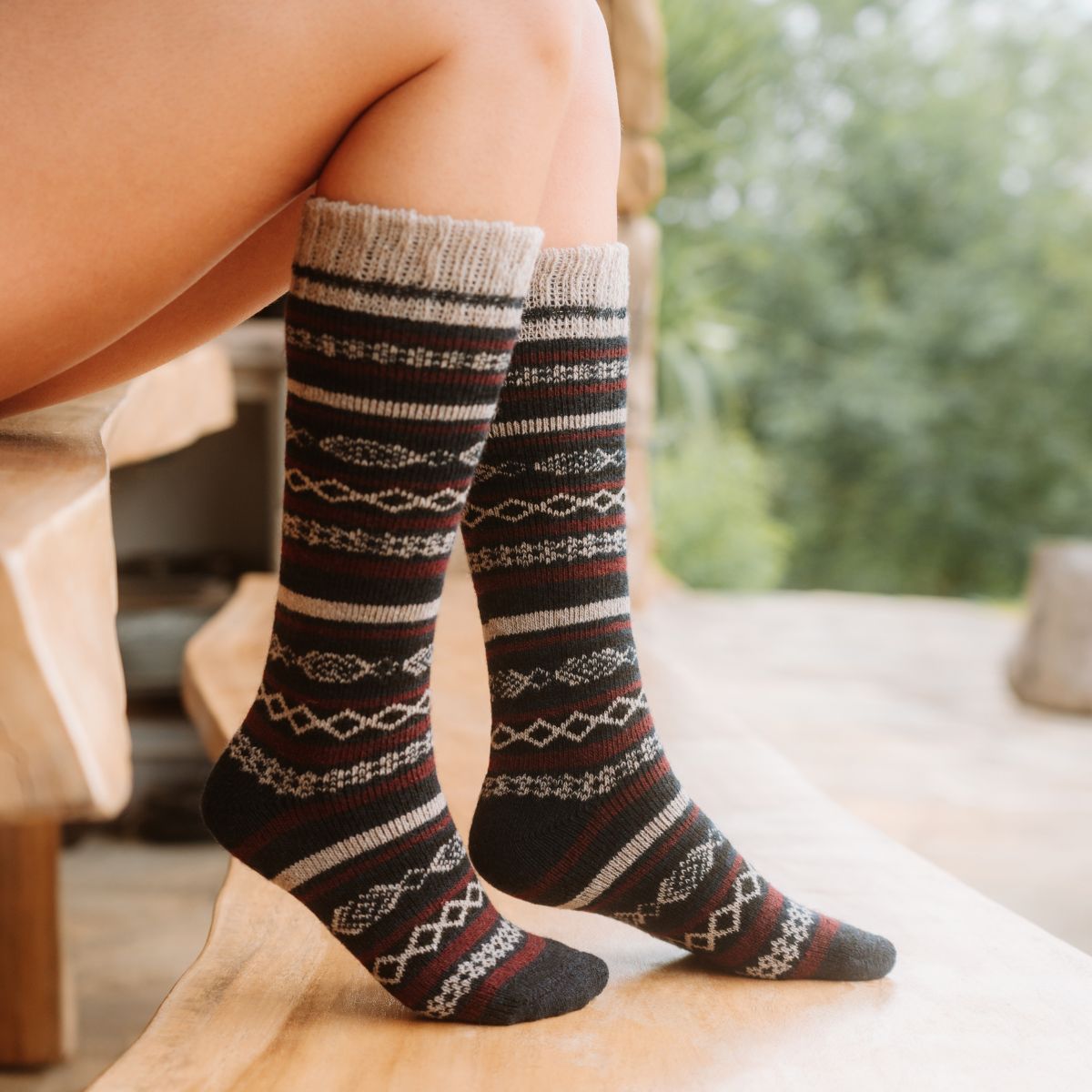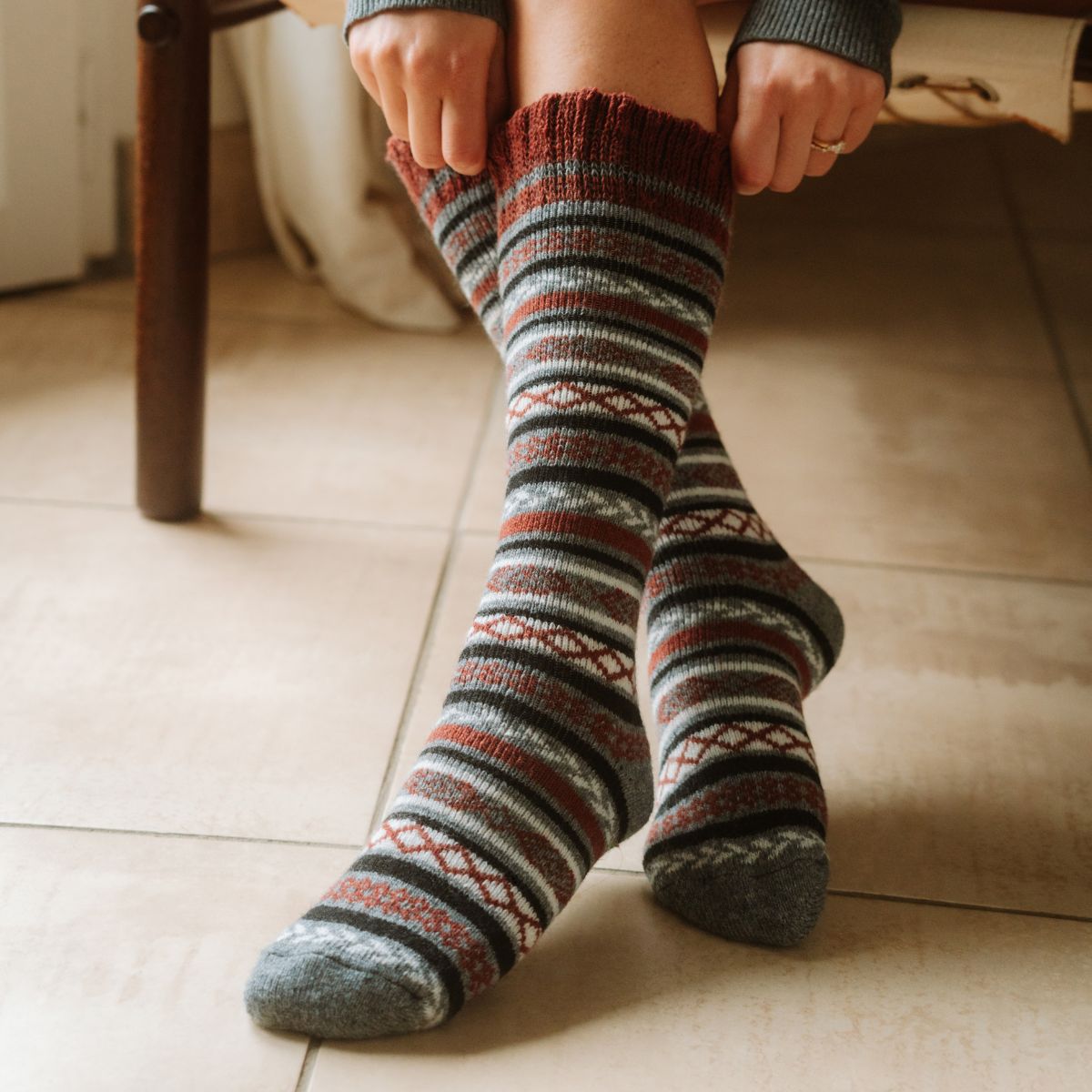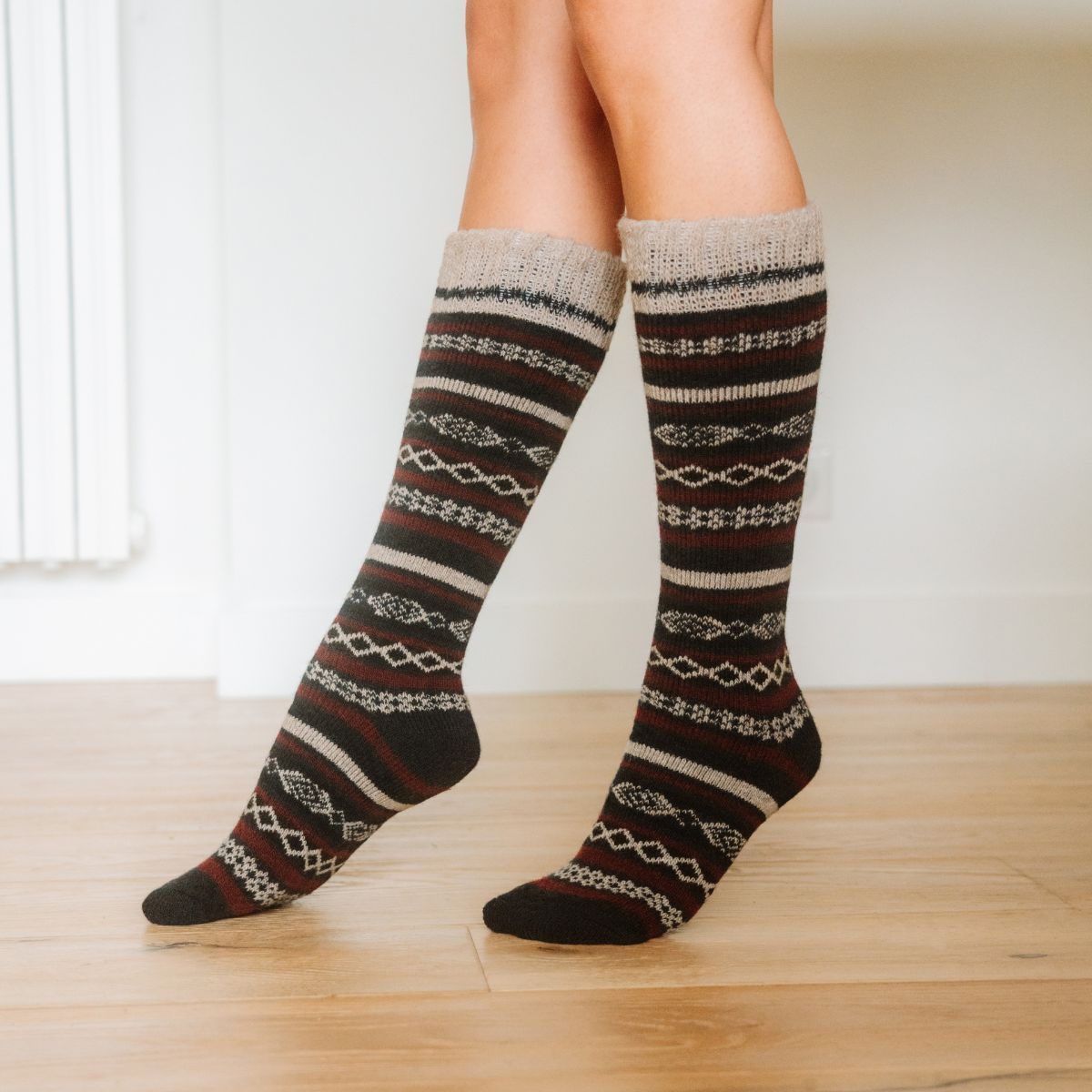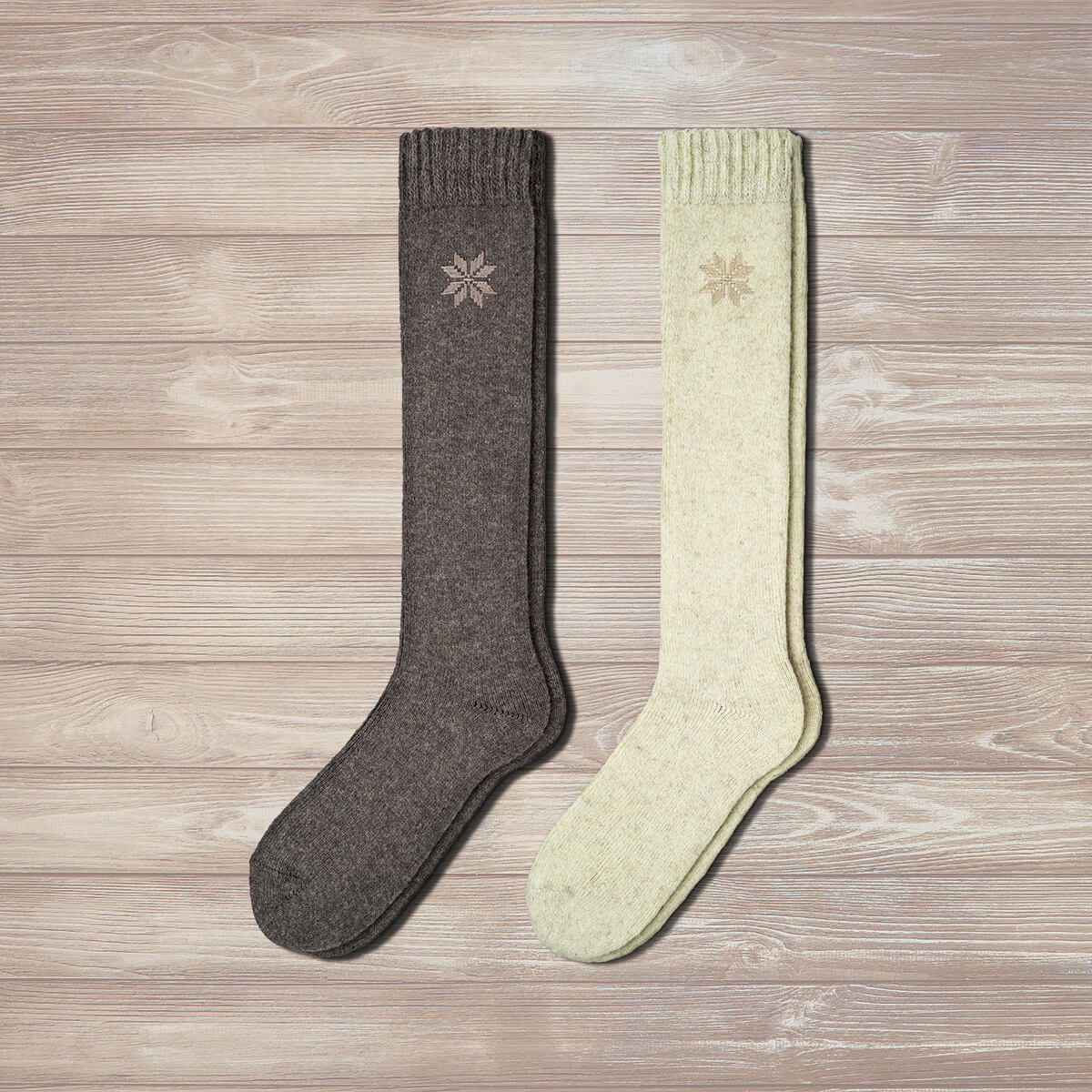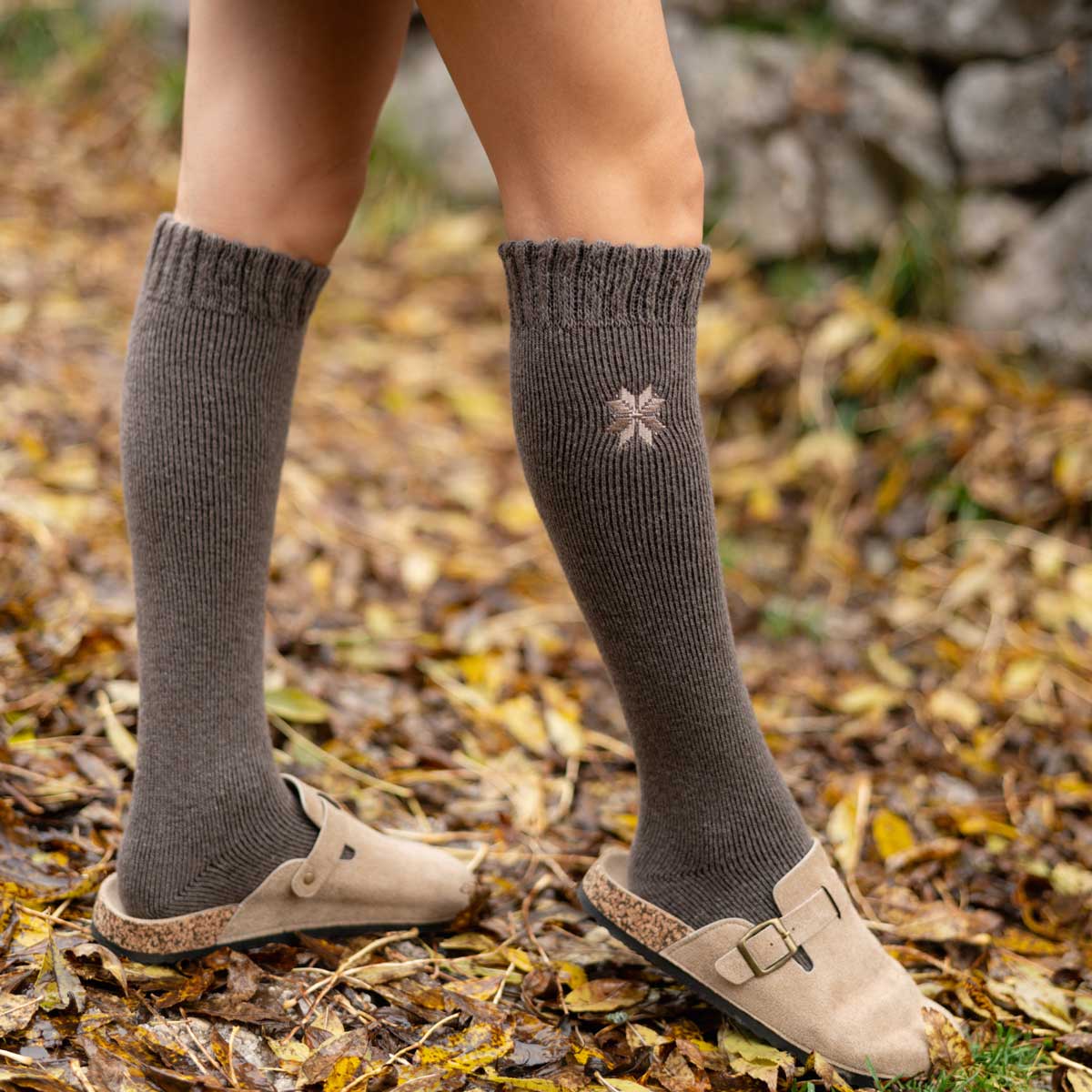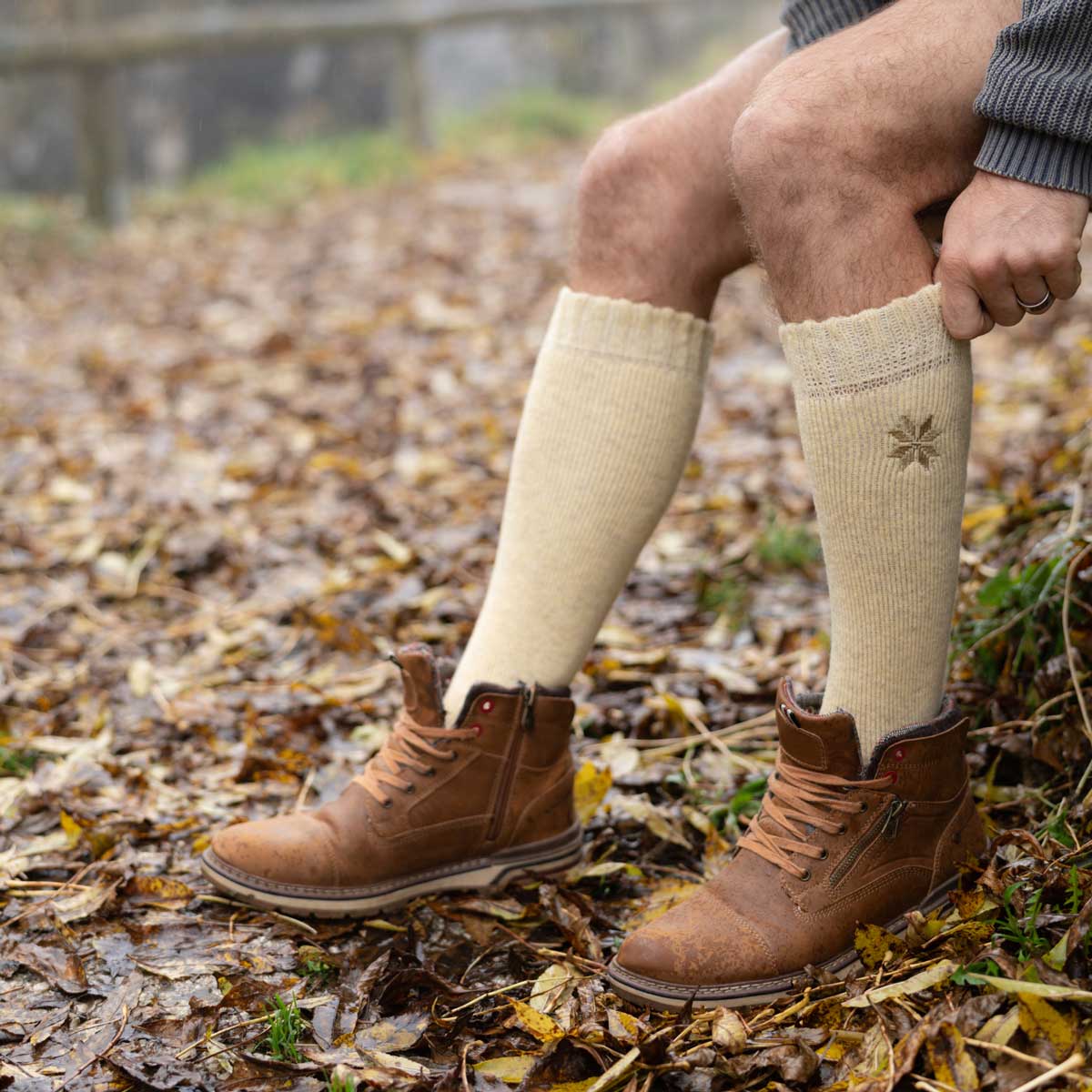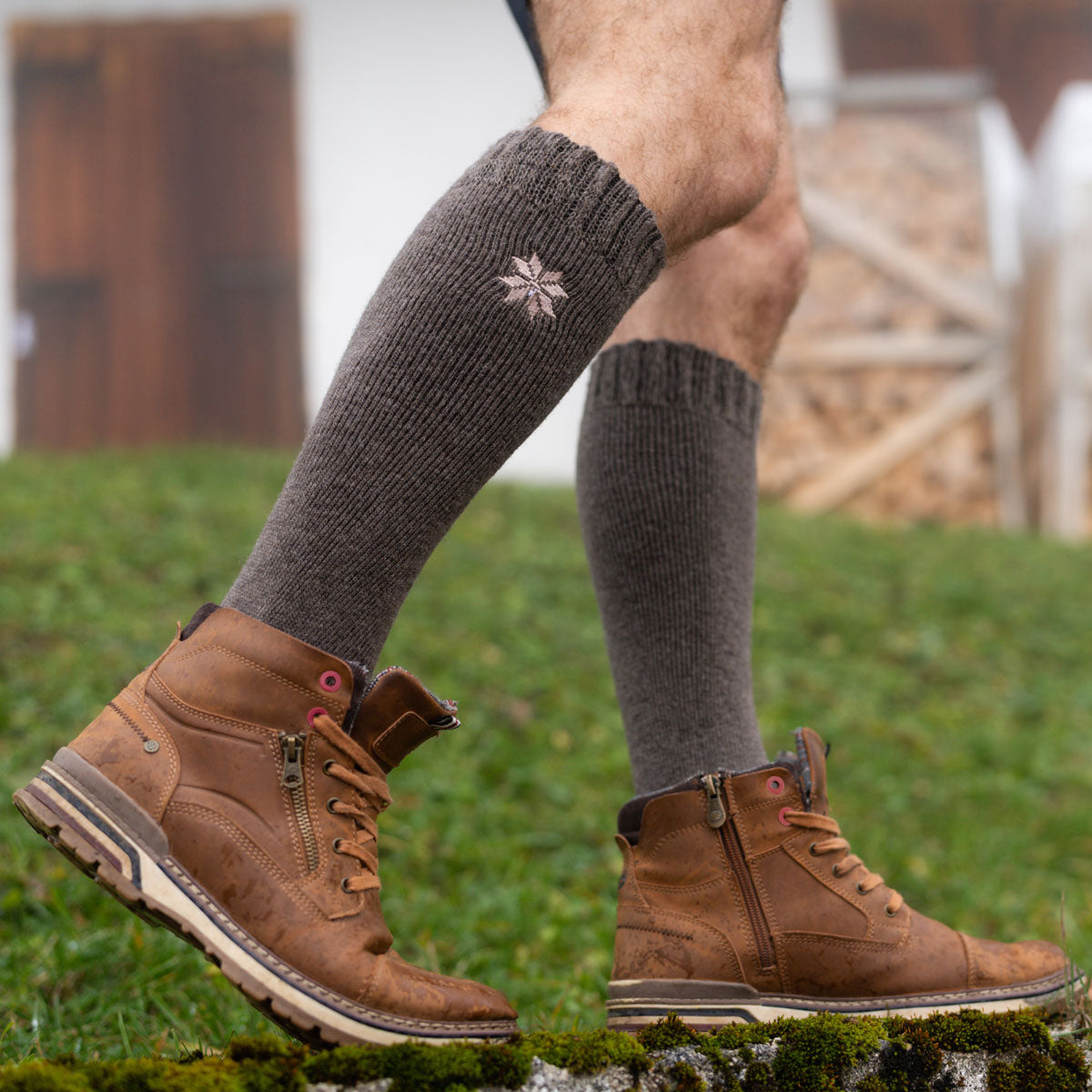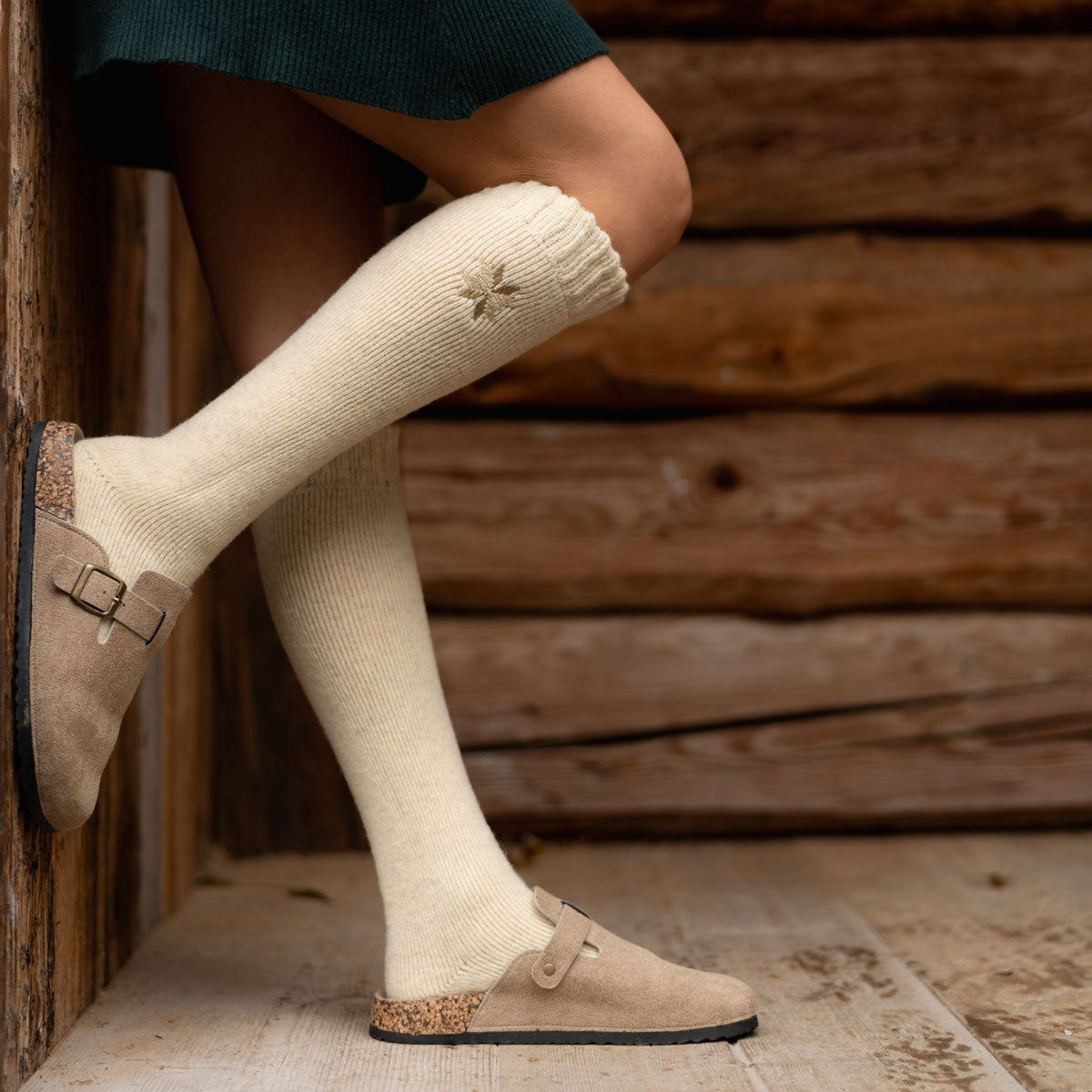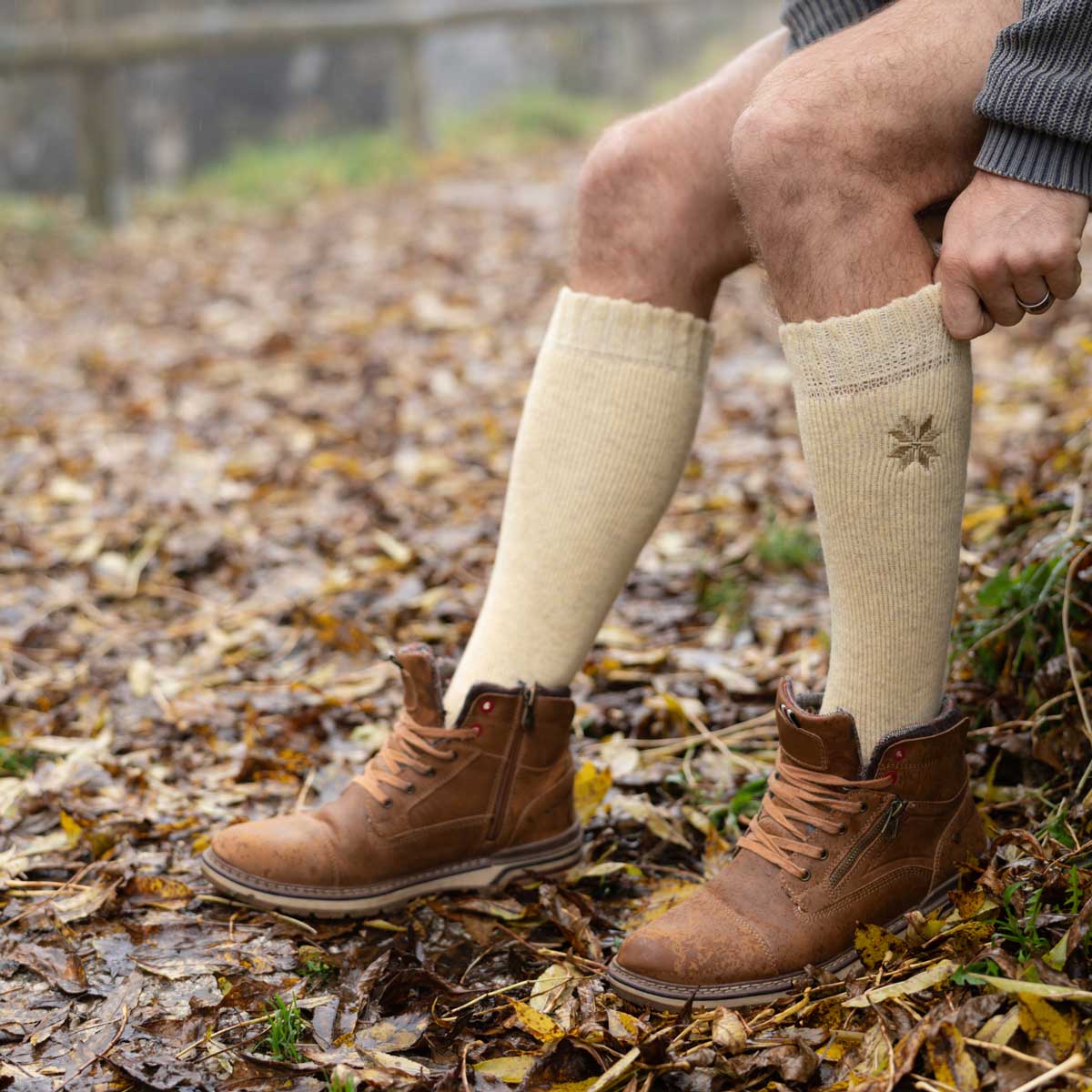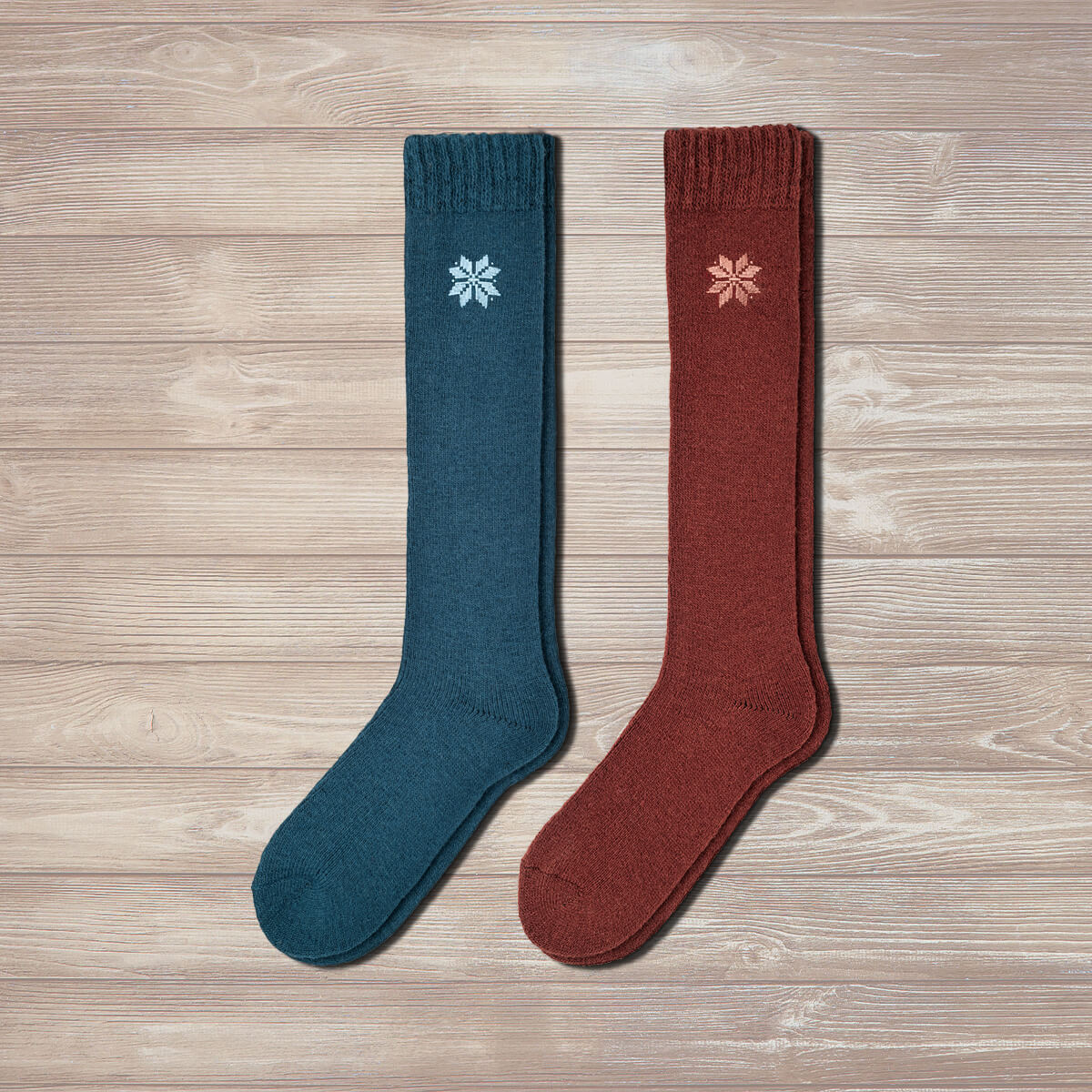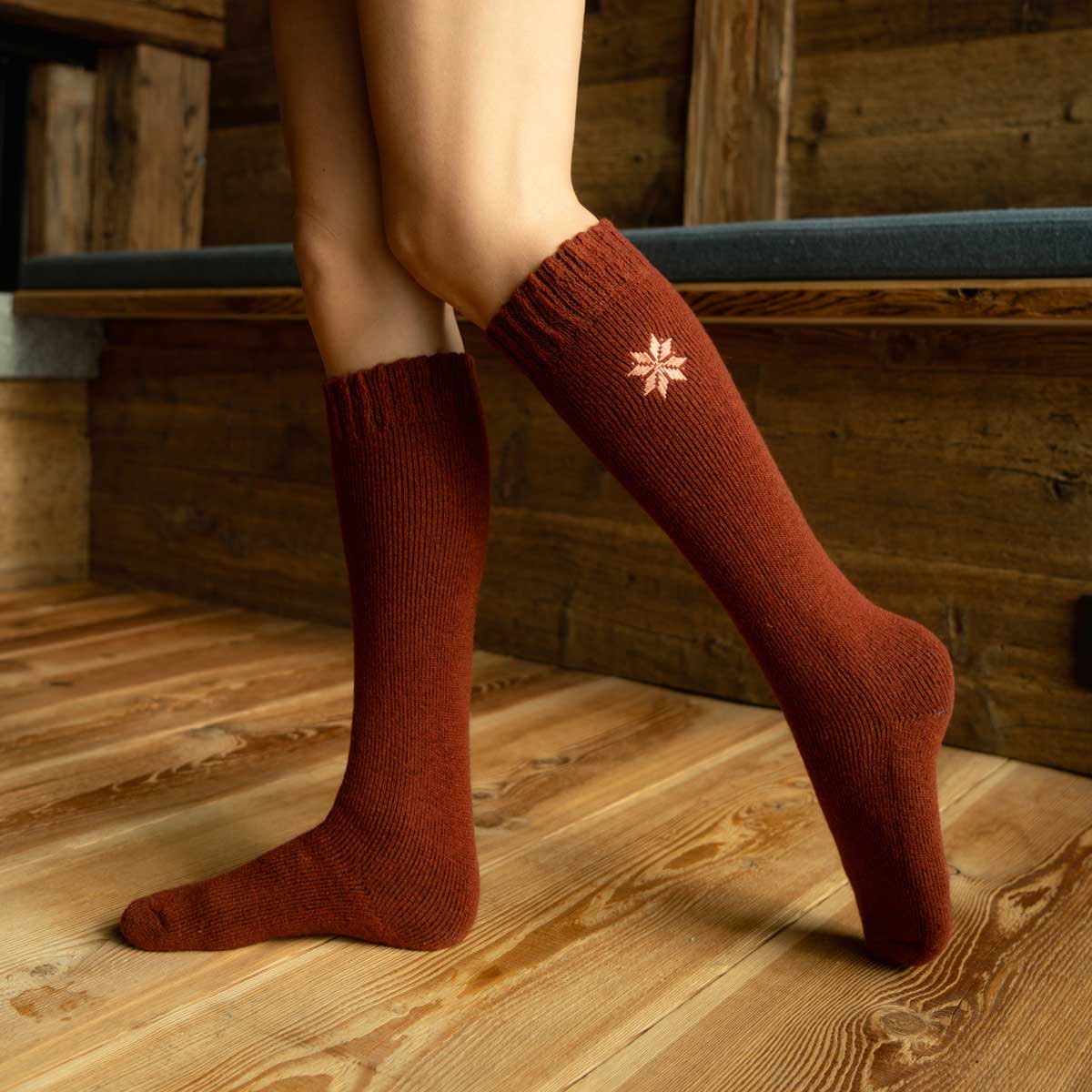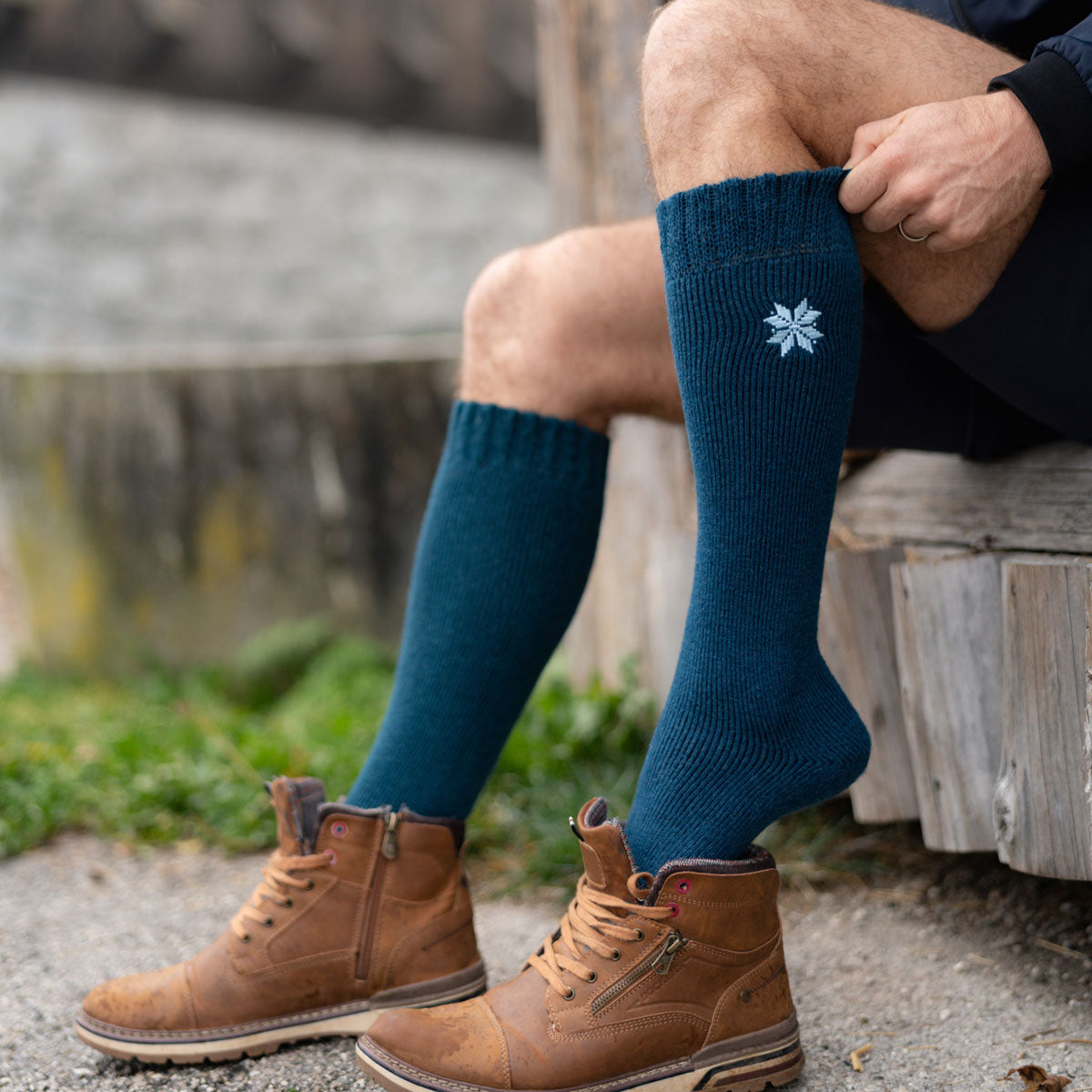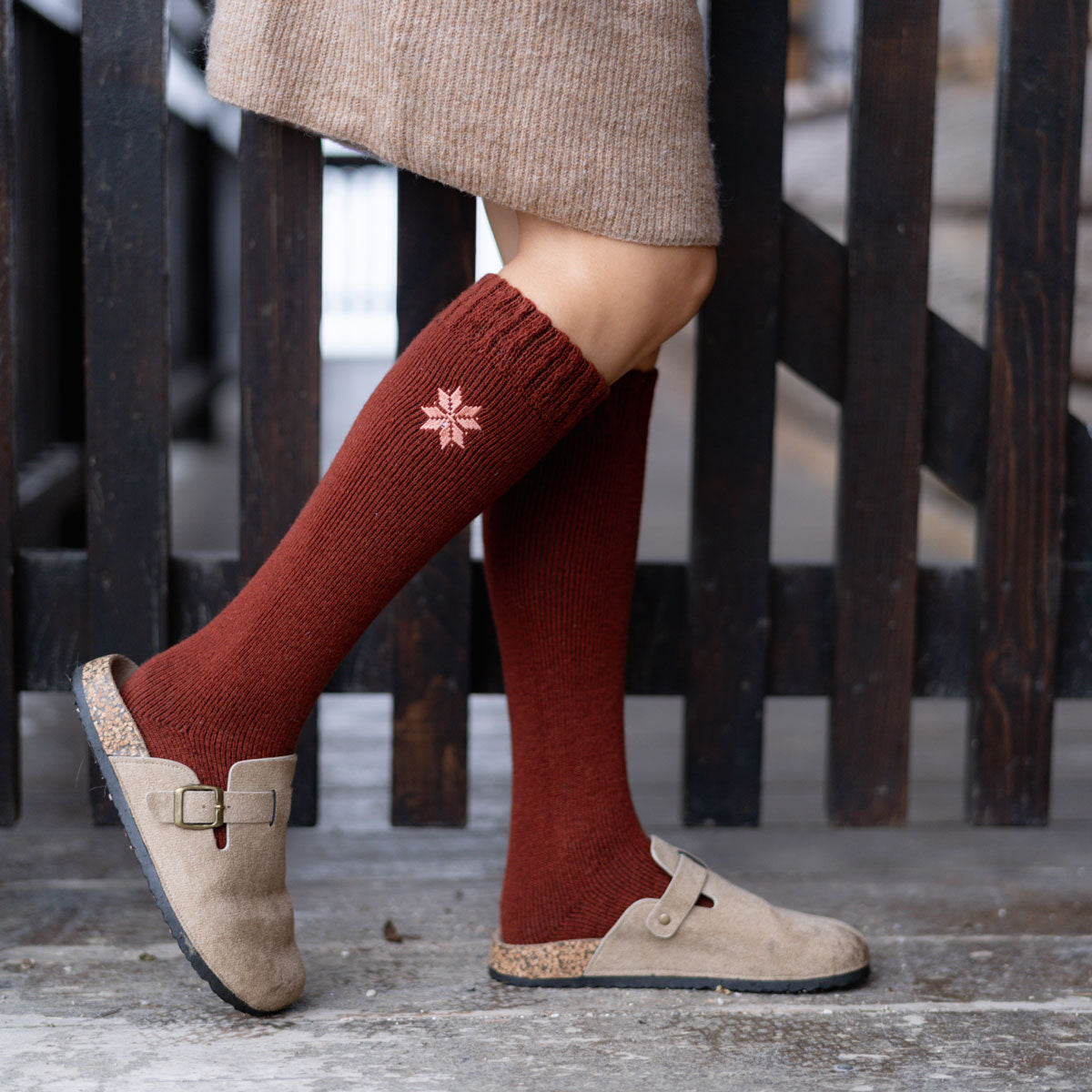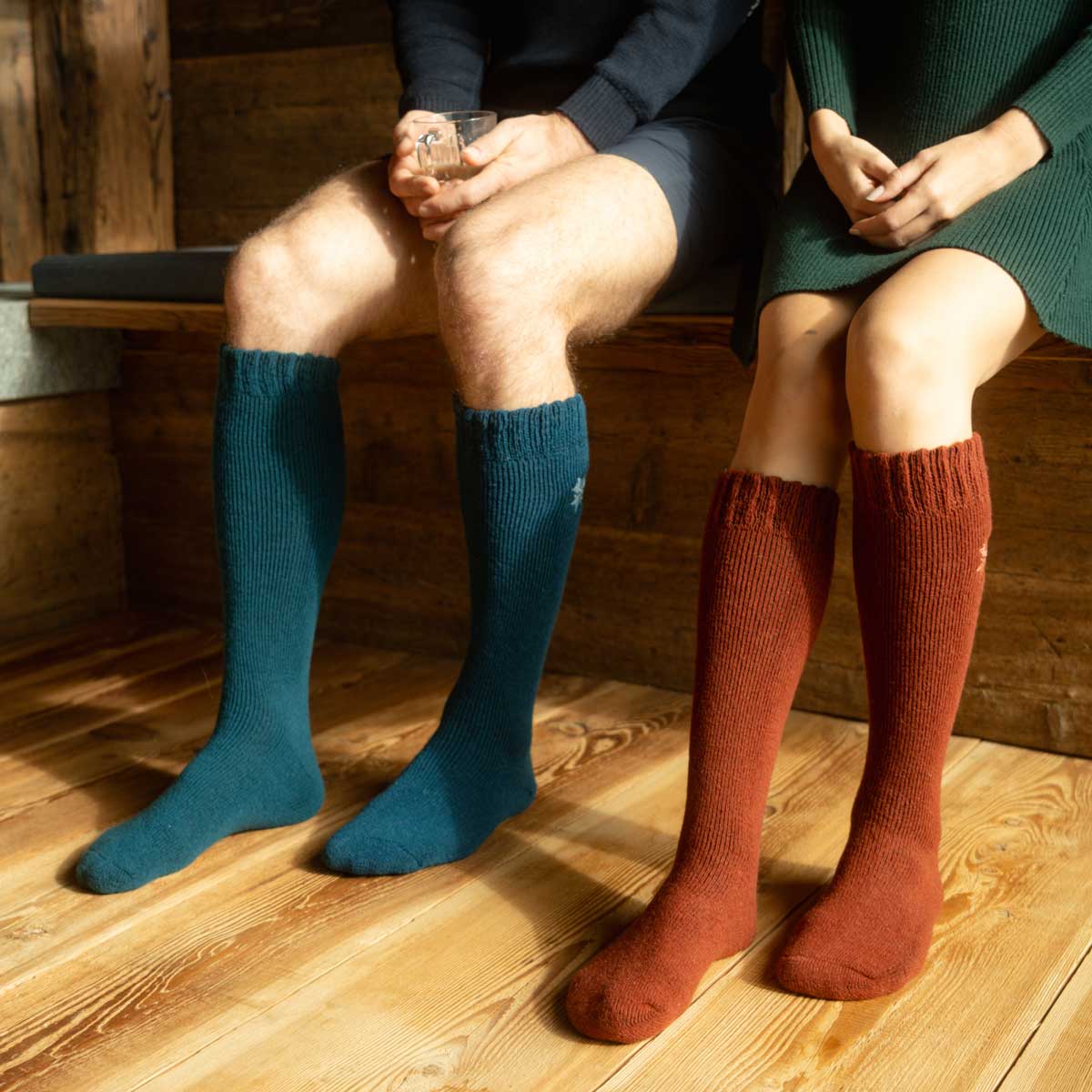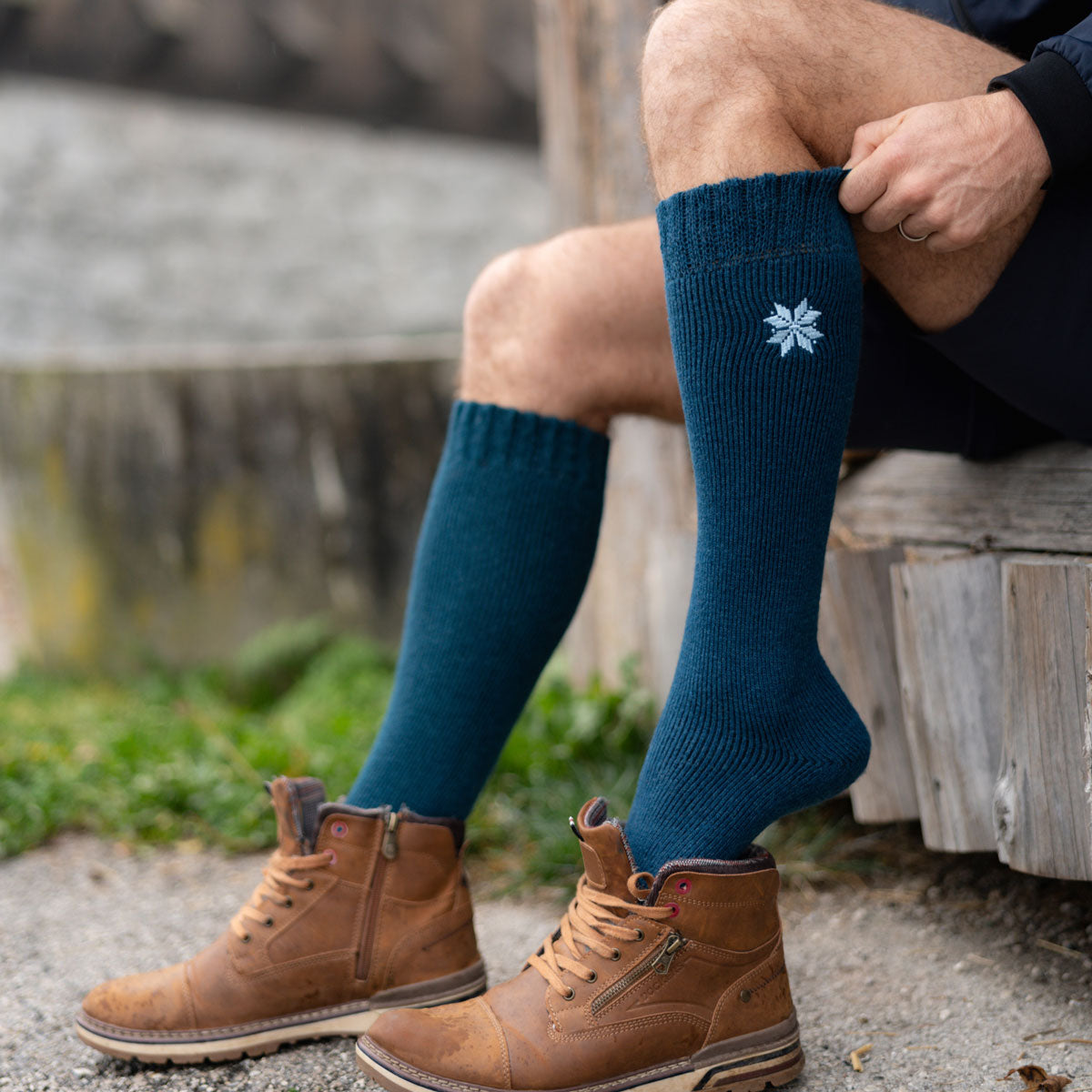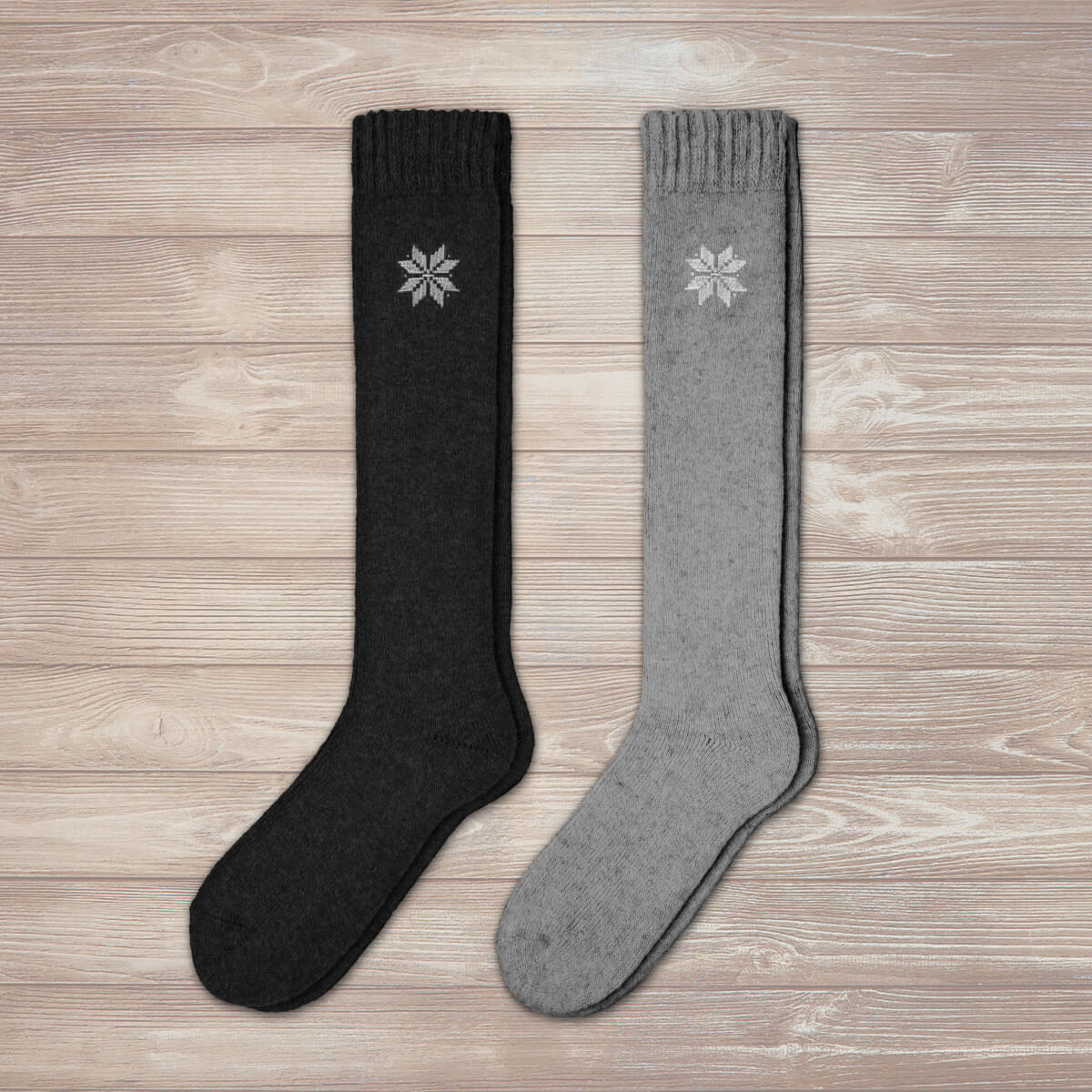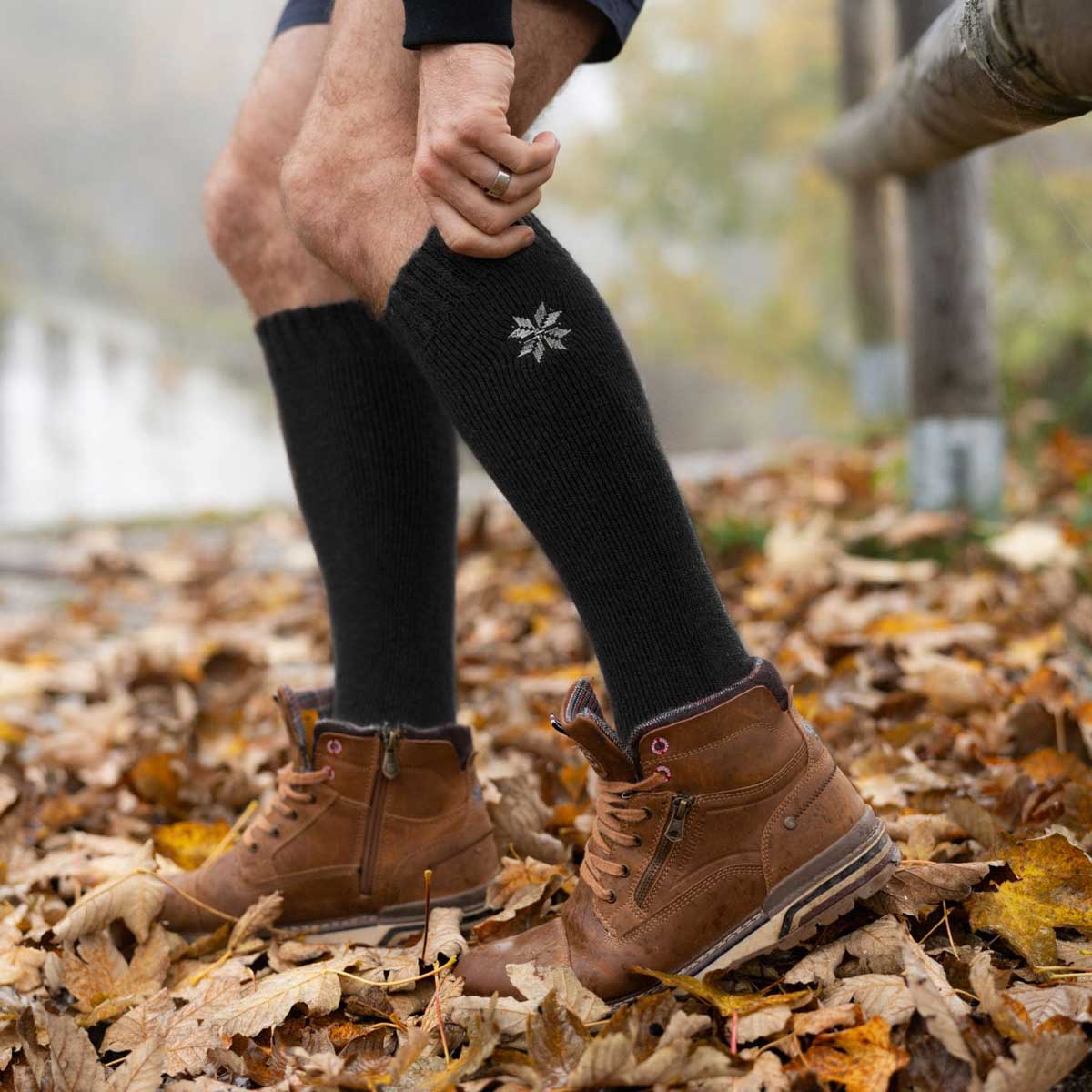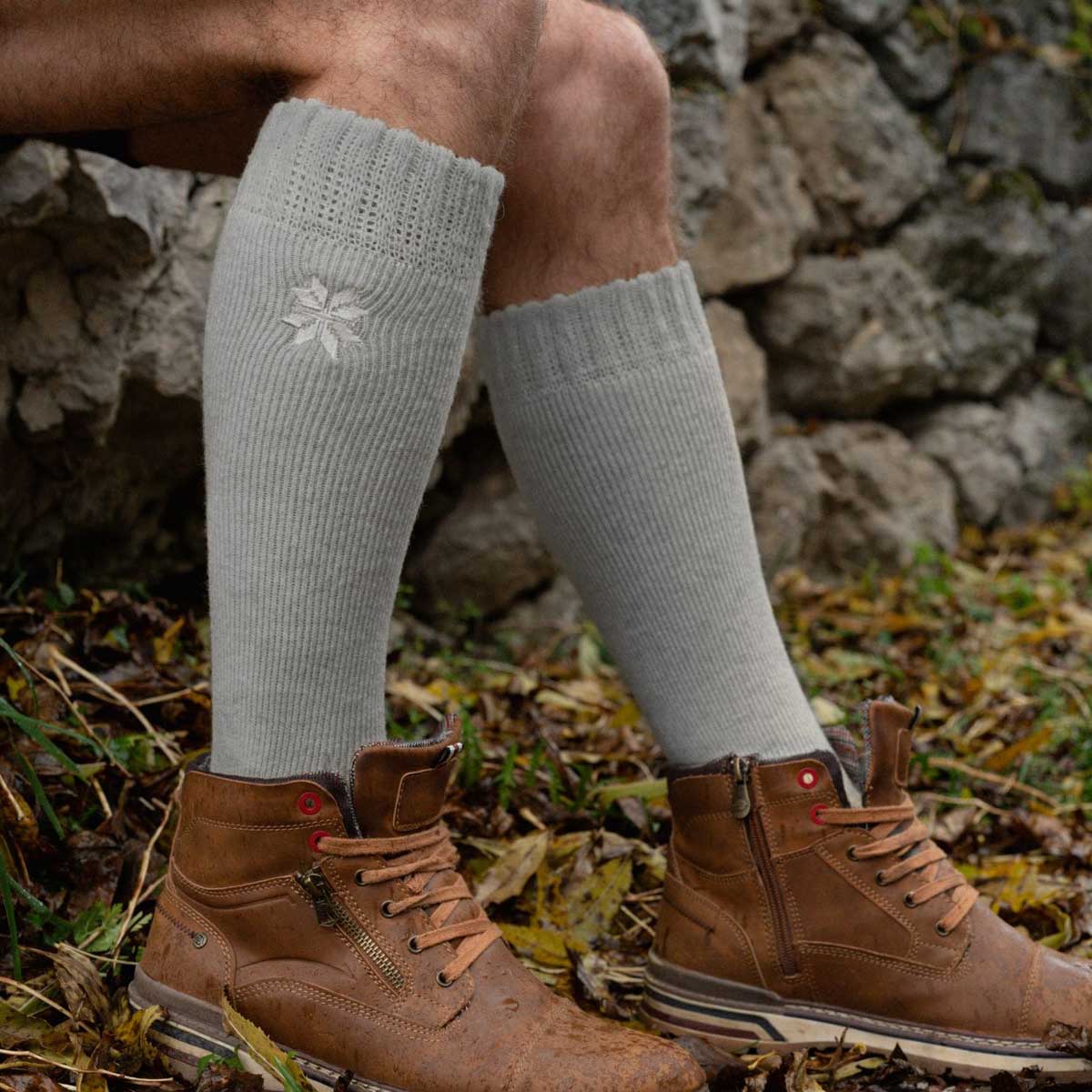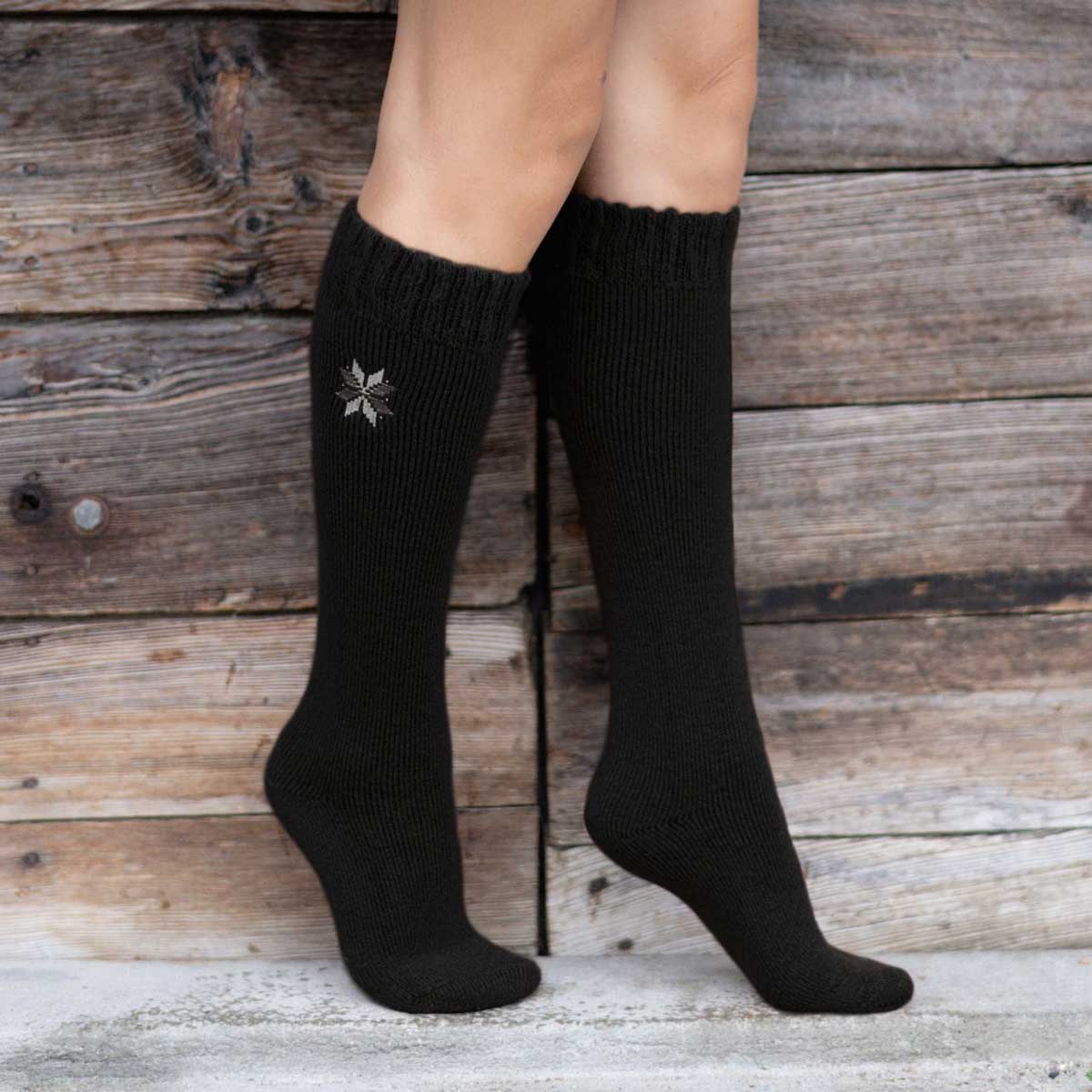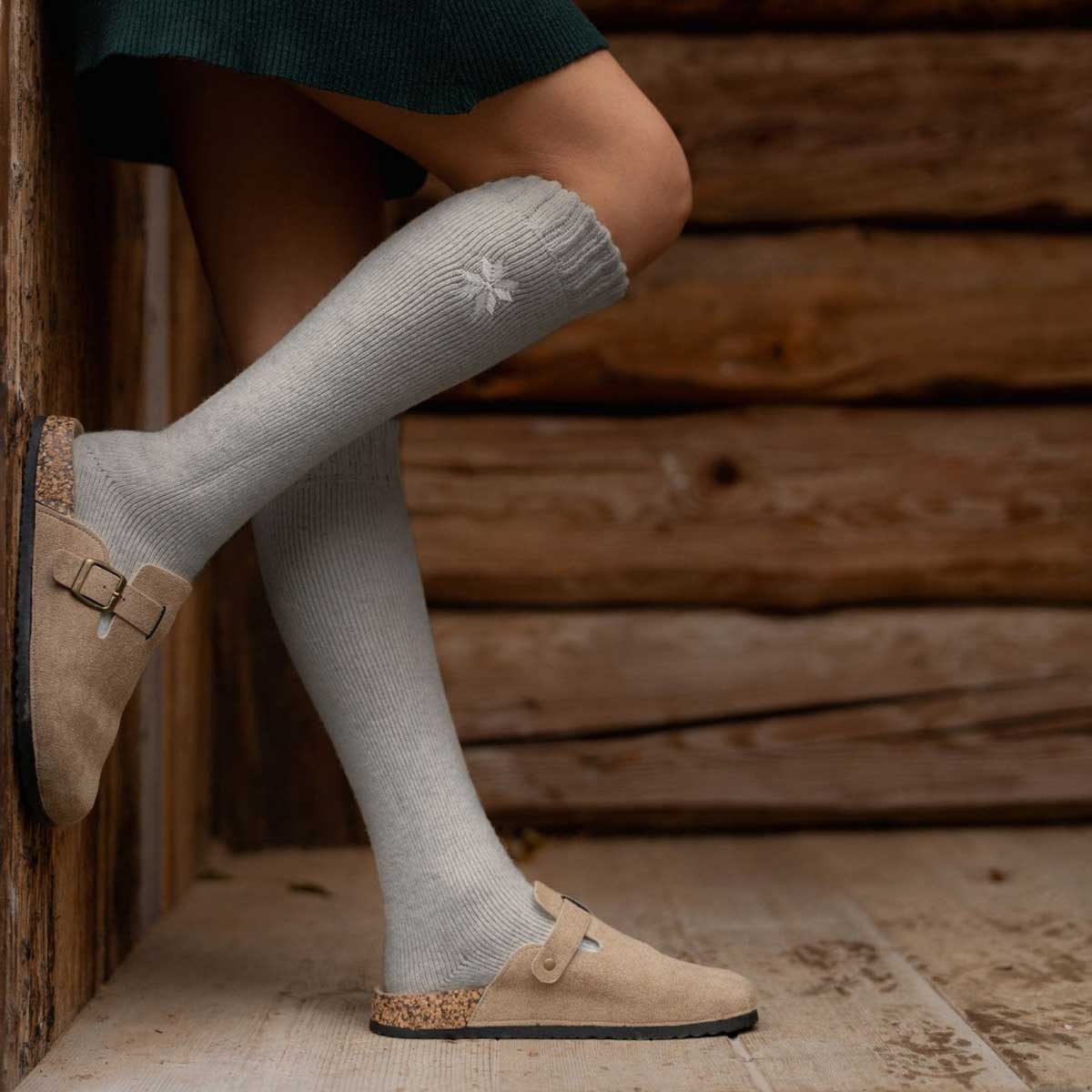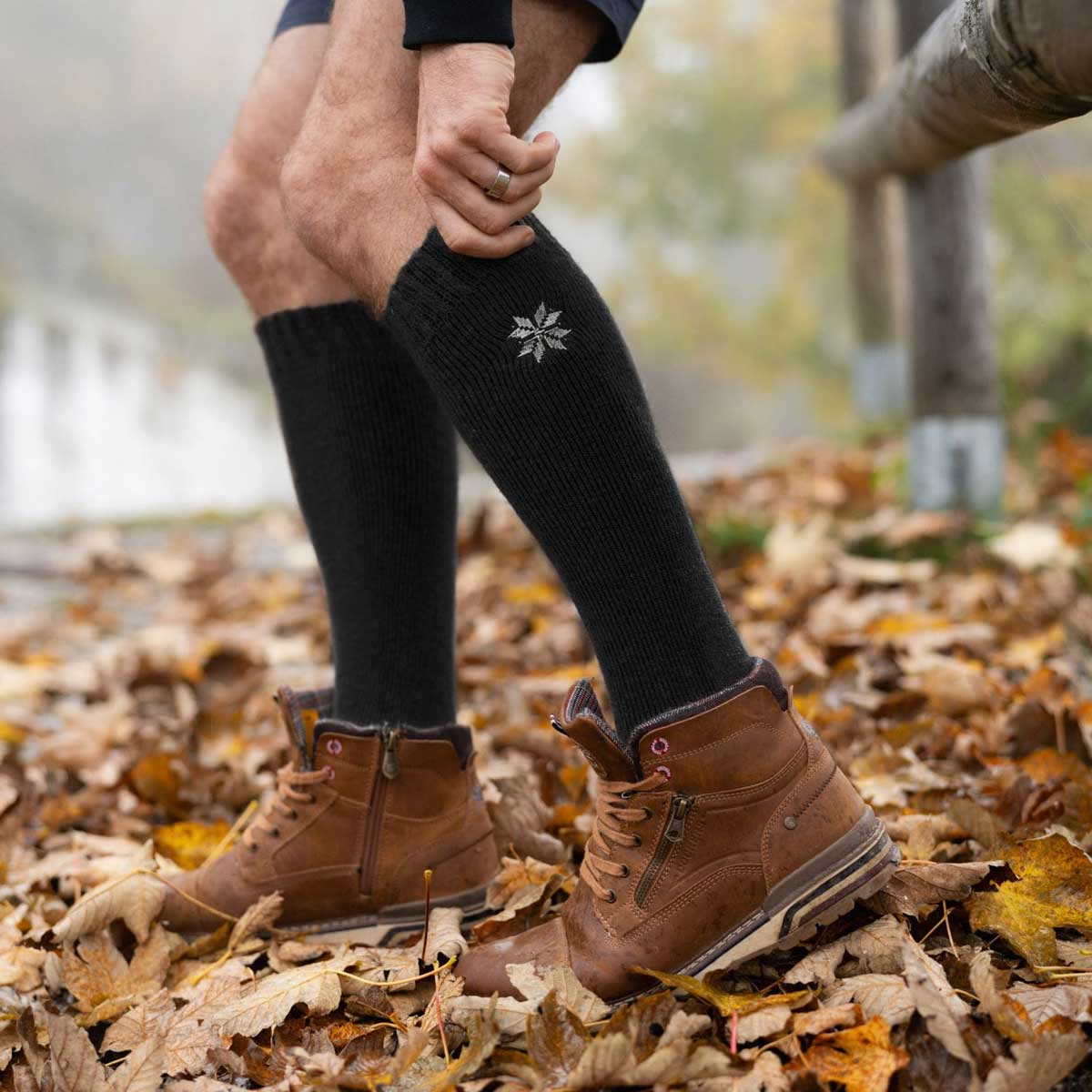Your Cart is Empty

Why it’s worth investing in high-quality, durable socks for kids
10 min read
This article explores how well-designed socks—especially those made from Merino wool and blended materials—support kids’ foot health, from infancy through tween years. The piece highlights critical factors such as moisture-wicking, temperature regulation, impact absorption, and the prevention of infections and blisters.
Understanding the Importance of Quality Kids Socks
High-quality socks influence every literal and figurative step of your life. They protect you from excessive climates and help you achieve a good athletic performance despite the obstacles.
Coupled with lightweight and supple footwear, socks can change the entirety of your summer experience. And not only that - versatile sets can be your year-long partners in everyday activities and hobbies.
The same goes for children, even more so, given how novel everything is for them. Your child is just beginning to explore the wonders of the world. Make every step easier, brighter, and filled with joy.
How Good Socks Help Keep Kids’ Feet Healthy and Happy
Kids socks protect the little ones during their first adventures. A high-quality material ensures their comfort as they explore and discover more about the world.
Childhood is the time of discovery, often with the price of some stumbles and tumbles. Not to mention that in the summer and winter, natural elements become harsh on their sensitive skin.
How do you protect an adventurous and sensitive kid? By cushioning their every fall and letting them flaunt their burgeoning sense of style.
Recent pediatric studies highlight that children's feet are not just miniature versions of adult feet—they're still developing structurally until around age 13. Proper socks, made from breathable, moisture-wicking fibers, can prevent bacterial growth and reduce the risk of skin infections, such as athlete's foot, which is especially common among active children.
Moreover, the right level of compression and padding in socks can support arch development and improve balance. Research in developmental biomechanics shows that soft, cushioned socks contribute to proprioception—helping children better sense foot placement, which is critical for walking, running, and jumping with confidence.
Temperature regulation is another overlooked benefit. Thermoregulating fabrics help maintain an optimal foot temperature, reducing the risk of cold-induced discomfort or heat-related skin irritation, both of which can affect a child’s mobility and mood.
What Makes a Sock Great for Kids?
The best kids socks are those that feel light, protect against the elements, and are above all colorful and fun to wear.
A well-designed sock also minimizes friction. Repeated rubbing in ill-fitting or low-quality socks can lead to blisters or calluses, interfering with a child’s physical activity and comfort. Seamless designs, reinforced heels, and toe protection help eliminate pressure points and extend durability, even under high-energy play.
Great socks can even boost a child’s independence—easy-on, snug-fit designs help younger kids put on their socks without adult assistance, encouraging motor skill development and self-reliance.
Key Features of a Great Kid’s Sock:
- Breathable and moisture-wicking fabric to prevent skin irritation and odor
- Seamless construction to avoid chafing and blisters
- Reinforced heel and toe areas for extended wear and impact protection
- Snug but stretchy fit that stays in place during active play
- Temperature-regulating materials for year-round comfort
- Fun, bright designs to spark joy and self-expression
- Easy-to-put-on shapes to promote autonomy and coordination

The Right Fit: No Bunching, No Slipping
The best picks are always those that let your child feel light on their feet.
Choosing the right fit can be difficult for someone experiencing a growth spurt, so we advise you always to pick the larger size if you are stuck between two options.
It's also advisable to opt for stretchy and lightweight fabrics. This way, your child will avoid unpleasant situations, such as bunching and bulky socks or excessively tight fits.
Breathable, Soft, and Gentle on Skin
The base material plays a crucial role in how your child feels in their socks.
Wool kids socks are highly recommended thanks to their unique qualities. Chief among them are:
- Wicking away at moisture
- High breathability
- Antibacterial and antifungal properties
Injury is highly likely, especially during play. Additionally, active children are often at risk of blistering or developing bacterial or fungal infections. A safe material is crucial for protecting their sensitive skin.
Besides being antibacterial and antifungal, high-quality wool, such as Merino, is also hypoallergenic. Opt for lanolin-free versions whenever possible. Lanolin is a natural wax, often used for cosmetic purposes, but it's highly irritant. Even more so for kids with sensitive skin types.
All this being said, you would think that our recommendation is to go for 100% wool at all times. However, we favor material blends, and we have multiple reasons for that. The principal advantage consists of increased durability and elasticity.
The Benefits of Durable Socks
Durable socks are sustainable and healthy choices. When you choose durability for your kids wool socks, you also select superior protection. Moreover, you teach your son or daughter a lesson about caring for their belongings and appreciating that less is often more.

No More Holes After One Wear: What to Expect from Long-Lasting Socks
Durability is the top trait for kids socks; who is more energetic than a child discovering the world?
Childish curiosity is a natural part of growing up, but it comes with wear and tear. Cushioned socks will withstand impact. This decreases the risk of injury and fabric damage.
Merino wool kids socks are fine to the touch, but material blends also ensure that they will stay in your child's wardrobe for a long time. On your end, it is important to respect the upkeep of Merino socks. Always wash them at temperatures of 30°C (80°F) or lower and opt for gentle washing cycles. It is ideal to dry the socks naturally, while keeping them out of direct sunlight.
Still, childhood is a spectrum. As your kid matures, he or she will expand their needs and hobbies. Durable socks are only half the battle; they need to be versatile to truly stand the test of time.
Choosing the Right Socks for Different Ages and Activities
As your child goes from toddler to tween, they will need durable socks that are also aesthetically and functionally pleasing.

What Kind of Socks Do Toddlers, School-Age Kids, and Tweens Need?
Toddlers need ample rest time between play sessions. Whether they go for an afternoon nap or run about in wonder, they need adequate foot protection. At this age—typically 1 to 3 years old—feet are soft, chubby, and growing rapidly, making flexibility and warmth essential. Merino wool socks are scientifically proven to improve sleep duration and quality by maintaining an optimal foot temperature. Opt for socks that enforce toes and heels, and which do so without rigid seams. Falling down and misstepping are inevitable learning experiences—but they do not have to be painful or result in injury. Non-slip soles also add an extra layer of safety for toddlers who are still mastering balance.
As your children grow and discover their passions, their days become more packed. School-age kids, generally 4 to 9 years old, need socks that can adapt to an active lifestyle. These children may shift quickly between classroom time, recess, sports, and playdates. They benefit most from socks that offer arch support, reinforced soles, and moisture-wicking fabrics to keep feet dry in a busy routine. Compression zones around the midfoot can also support better circulation during long days.
On the other hand, tweens—aged 10 to 12—grow into their own socially. They may attend more outings, overnight camps, and switch between different social circles. At this stage, self-expression becomes important, so socks need to strike a balance between performance and personal style. Tweens also experience rapid foot growth spurts, so stretchable and adaptable sizing is essential to ensure both comfort and continued protection.
Best Socks for School, Play, Sports, and Chilly Mornings
Merino wool is adept at regulating your feet' temperature, no matter the weather. They will prevent your kid's feet from overheating when they engage in sports, both at school and in the studio.
Furthermore, they will be kept warm during transitional seasons. The first chilly breeze in the fall will not be a challenge. Spring's shift between freezing and scorching weather won't pose any problem either.
As your child figures themselves out, the right socks will be one of the few certainties they have.
Different daily activities demand different sock features. During school hours, kids need socks that offer all-day comfort and prevent foot fatigue, especially when wearing stiff shoes. Breathable and lightly cushioned socks can help children stay focused and irritation-free through long classroom hours.
For active play and sports, durability becomes a key factor. Socks with reinforced stress zones and stretch-resistant fibers withstand frequent movement and rough contact with different surfaces—whether it’s grass, gym floors, or asphalt. Antibacterial properties also help control odor and keep their feet fresh through multiple activities.
Chilly mornings, especially in fall and winter, call for thermal insulation without the bulk. Merino wool's ability to retain heat even when damp makes it ideal for keeping feet toasty during early commutes or outdoor play in colder months.
Exploring Sock Materials
Natural materials like wool and cotton are not only safe for your child’s sensitive skin, but they also excel at moisture-wicking—keeping little feet dry, comfortable, and less prone to irritation or infection.
Wool, in particular, stands out as one of the most trusted materials in the textile world—and for good reason. It naturally regulates temperature, resists odors, and offers superior breathability, making it a reliable companion for active kids across all seasons.

What Are the Best Materials for Kids Socks?
Kids socks have to account for sensitive skin, active lifestyles, and aesthetic sensibilities. A hypoallergenic material like organic cottonor wool is the best pick. However, there are some caveats. Pure cotton or pure wool are not ideal if durability and stretchiness matter to you. Plus, standard wool risks being too harsh on delicate skin. Thankfully, there are alternatives.
Are Merino Wool Socks Worth the Investment?
Merino wool is increasingly popular, but it is more expensive than its standard counterpart. However, its delicate texture and durability create a generous price-to-quality ratio. With the proper care, you can keep Merino wool socks for years. Therefore, it is a long-term investment, and you will ultimately spend less on socks than you would have otherwise.
Merino Wool vs. Synthetic: Which Is Better?
Why not both? When it comes to kids socks, Merino wool and synthetic fibers each offer distinct advantages—and their combination creates a powerhouse of performance and comfort.
Merino wool is prized for its natural softness, breathability, and temperature-regulating abilities. It keeps feet warm in the cold and cool in the heat, making it an excellent base for year-round use. However, on its own, Merino can sometimes lack elasticity and shape retention, especially after repeated washes or intense use.
Synthetic fibers like nylon, polyester, or elastane step in to fill these gaps. They add stretch, enhance durability, and improve moisture-wicking under high-sweat conditions—perfect for high-intensity activities or long days in sneakers.
Together, these fibers deliver benefits neither could offer alone:
- Increased flexibility for better freedom of movement
- A snug, secure fit that stays in place during sports or play
- Enhanced impact absorption to reduce strain on active feet
- Superior durability that holds up to rough wear and frequent washing
Without Merino, synthetic-only socks often trap heat and moisture, leading to discomfort and odor. On the other hand, pure Merino may shrink or lose structure without a touch of synthetic reinforcement. But when blended, they create a balanced, high-performance sock your child can rely on—whether they’re napping, sprinting, or exploring.
What Are the Benefits of Moisture-Wicking Socks?
It is exactly as it says on the tin: wicking away at moisture is a benefit in itself. Many podiatric issues are caused by excessive humidity. One of the most common afflictions is athlete's foot, a fungal infection that can persist for years.
Moisture-wicking socks, particularly Merino wool kids' socks, keep your child's feet dry. The fine and antifungal texture creates a safe environment. The fungus that is associated with this disease is called a dermatophyte, with a preference for warm and humid environments; Merino wool socks will create the opposite of that!
Blistering is also highly common among children because of excess friction and moisture. Breathable materials are a must. You can opt for cotton or thin wool fiber - it is essential to provide the foot with full coverage while avoiding bunching.
Outdoorsy children face an elevated risk of developing bunions or other foot deformities. Socks that are enforced for outdoor activities will prevent those through
wicking away at extra moisture
- Protecting high-impact areas like toes and heels
- Superior breathability
- Relaxed but snug fit
- Full terry knit, which is both protective and comfortable
And many more. Thankfully, the market for Merino wool kids' socks is on the rise. Out of the numerous brands and collections currently available, we want to focus on one.
Spotlight: Nordic Socks Kids Merino Wool Socks Collection
Nordic Socks is a brand that combines the benefits of Merino wool with the credo and aesthetic of Northerners. As it aims to include everyone, its children's collection is extensive and unisex. The sizes range between Kids US 10 to 13-3.

Merino Wool Comfort + European Craftsmanship
Nordic Socks' Merino wool comes from sheep that are raised ethically in Europe. The Old Continent is a staple for strict textile regulations, thus ensuring top quality and sustainability.
Chief among them is the Oeko-Tex certification, an international seal of approval. It vouches for the textiles being safe to wear by all standards. Moreover, Nordic Socks' Merino sheep live in comfortable conditions. The brand is cruelty-free.
Knitting is a craft with a long European history. The Scandinavian Peninsula is known for its patterns that hold symbolic value.
From the Tree of Life, Yggdrasil, to regional symbols like the elk and Selburose, Nordic-style socks are eye-catching and evocative of cultural heritage.
Plus, the patterns and palettes are fun for kids!
Fun, Colorful Patterns Kids Will Actually Want to Wear
Nordic Socks not only create warm kids socks but also promote an effortlessly cool look. The palettes range from warm and earthy tones to bright colors. Regardless of the chromatics, kids' socks are adorned with Nordic-style patterns, which are famously stylized and stylish. This way, your sons and daughters can learn more about expressing themselves through clothing and accessories and carving their own paths.
Frequently Asked Question

How are children’s sock sizes measured in the U.S., and how do they differ by age?
In the U.S., children’s sock sizes are typically based on shoe size ranges and are grouped by age categories: Infant (0–12 months), Toddler (1–4 years), Little Kids (4–8 years), and Big Kids (8–12 years). Each group corresponds to a specific shoe size bracket—like Toddler socks fitting shoe sizes 4–7, or Big Kids fitting sizes 3–9. Unlike adult sizes, kids' sock sizes can overlap to accommodate growth spurts, so it's best to use both age and shoe size to ensure the best fit.
Get Exclusive offers
Join our email list and get exclusive offers and 10% off on first order.
Recent Articles
-
 What Are the Warmest Wool Socks for Outdoor Work October 21, 2025
What Are the Warmest Wool Socks for Outdoor Work October 21, 2025 -
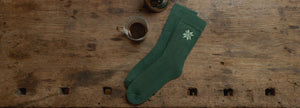 Why Are Merino Wool Socks Considered the Best Choice? September 23, 2025
Why Are Merino Wool Socks Considered the Best Choice? September 23, 2025 -
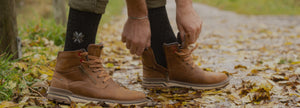 Warm Socks to Wear with Boots September 23, 2025
Warm Socks to Wear with Boots September 23, 2025 -
 Why it’s worth investing in high-quality, durable socks for kids August 16, 2025
Why it’s worth investing in high-quality, durable socks for kids August 16, 2025 -
 WHY COTTON SOCKS ARE THE BEST CHOICE August 12, 2025
WHY COTTON SOCKS ARE THE BEST CHOICE August 12, 2025
Related Products
Enjoying this content?
Sign up to get notification about new articles, special offers and new products.
NEWS & UPDATES
Get the newsletter to receive direct information about offers and new products.
Where are we shipping to?
Purchase from your country’s website.
It’s the fastest way to pamper your feet with comfy socks.
other countries
English
